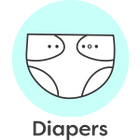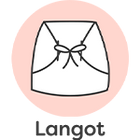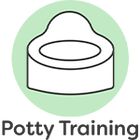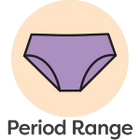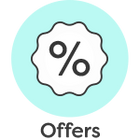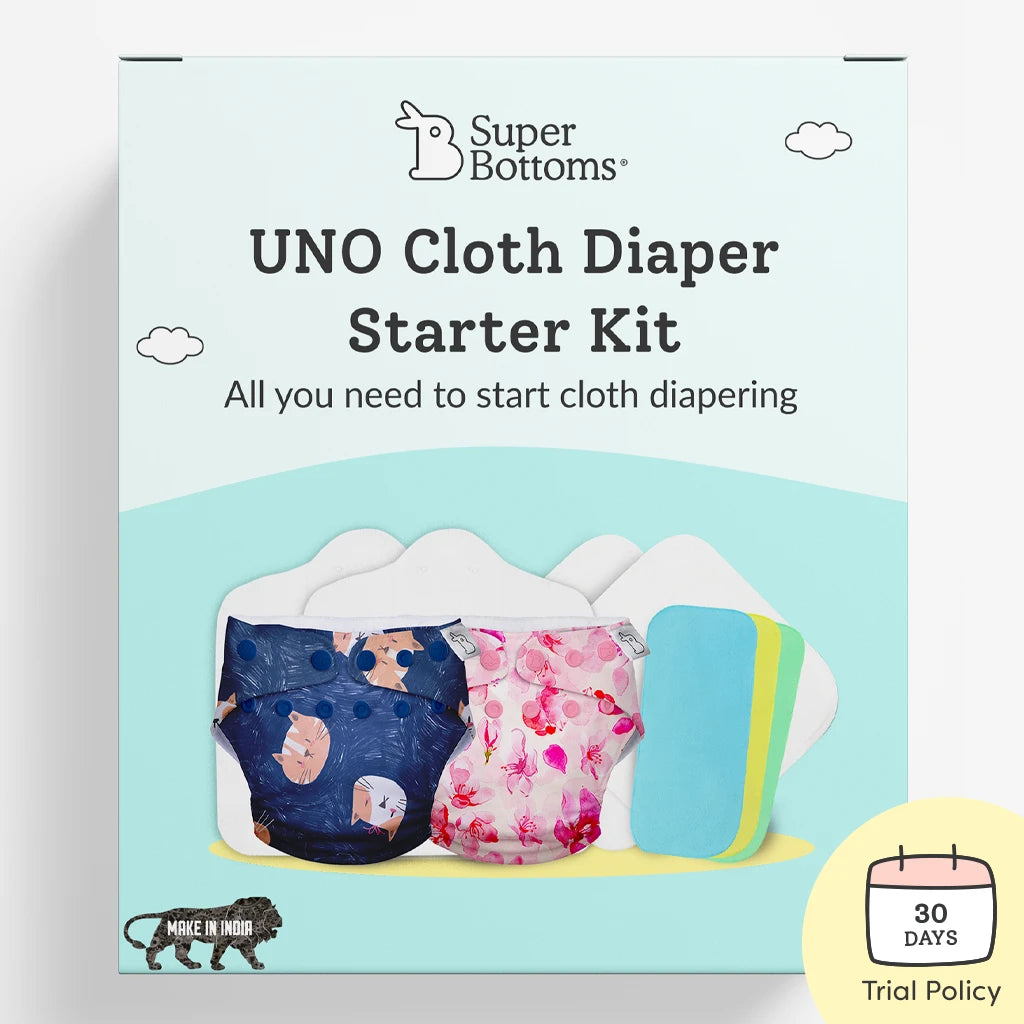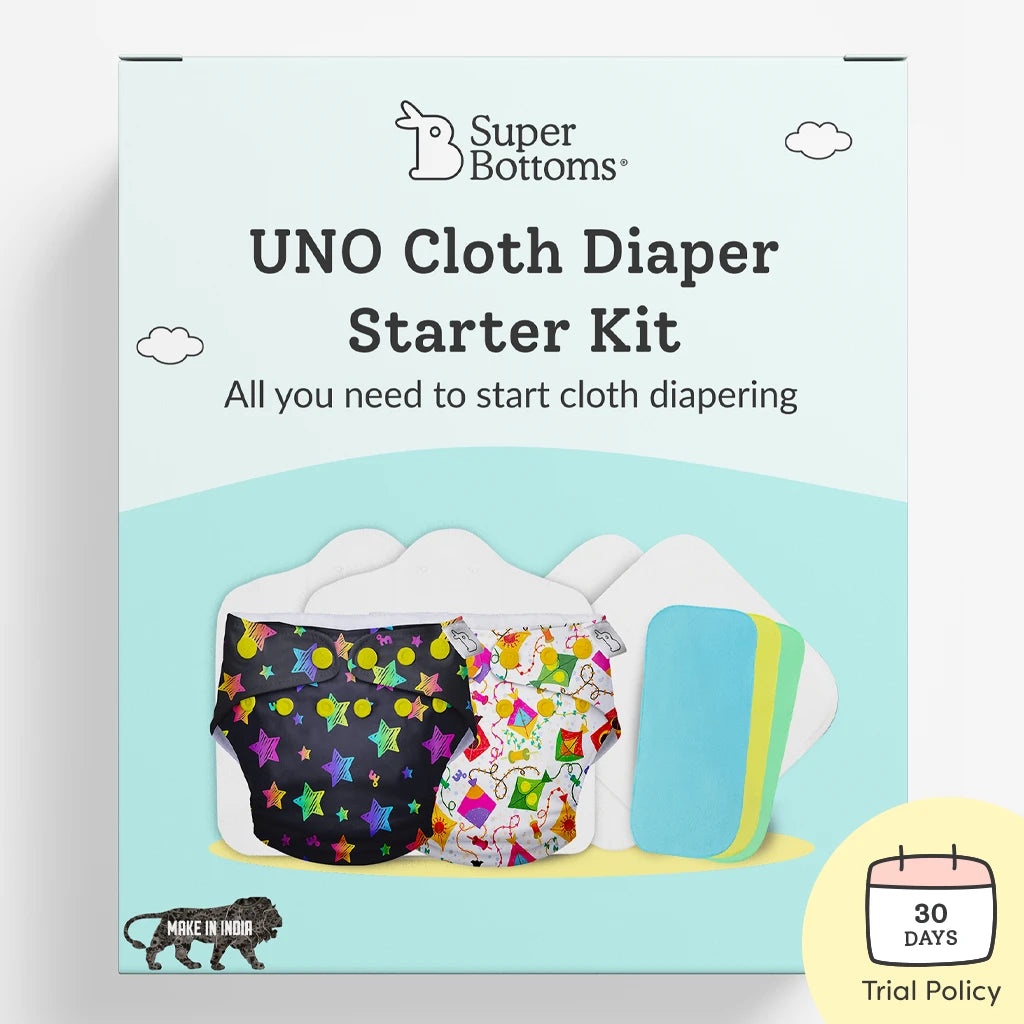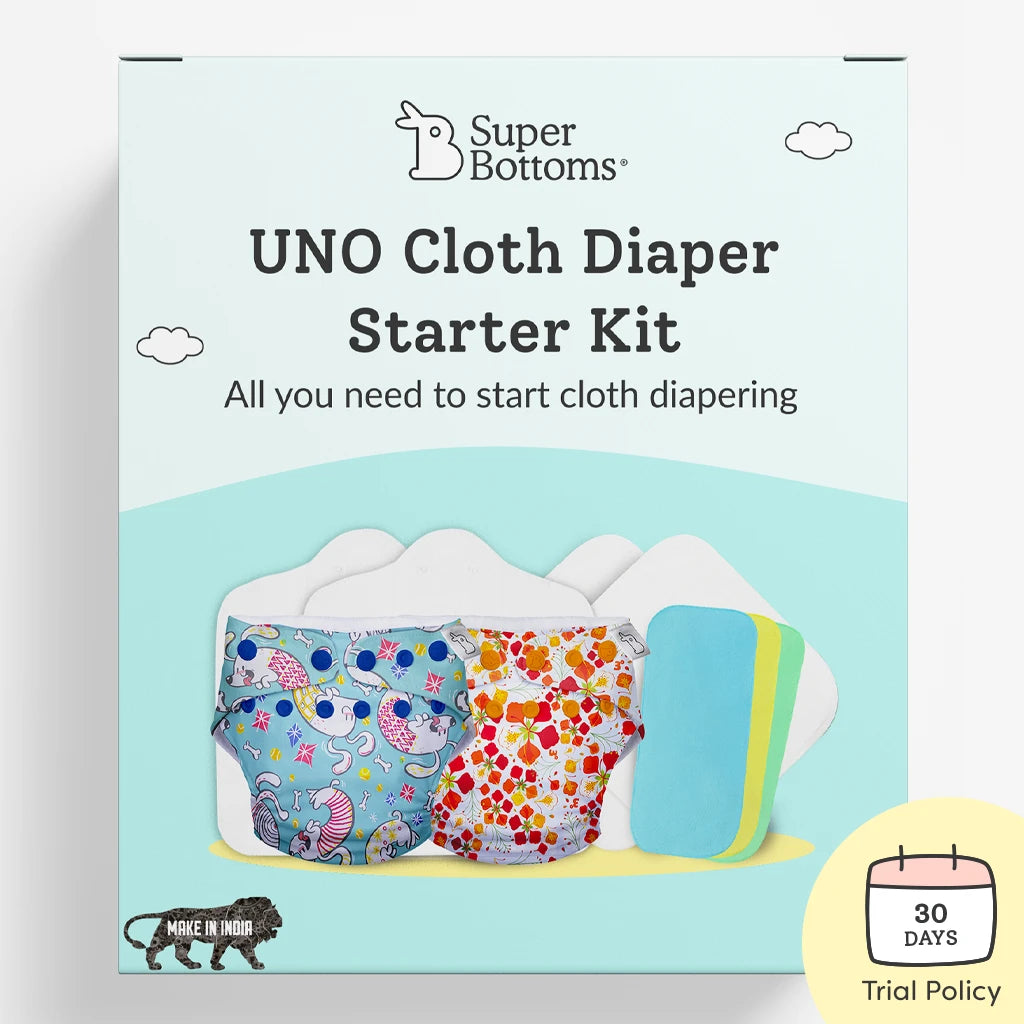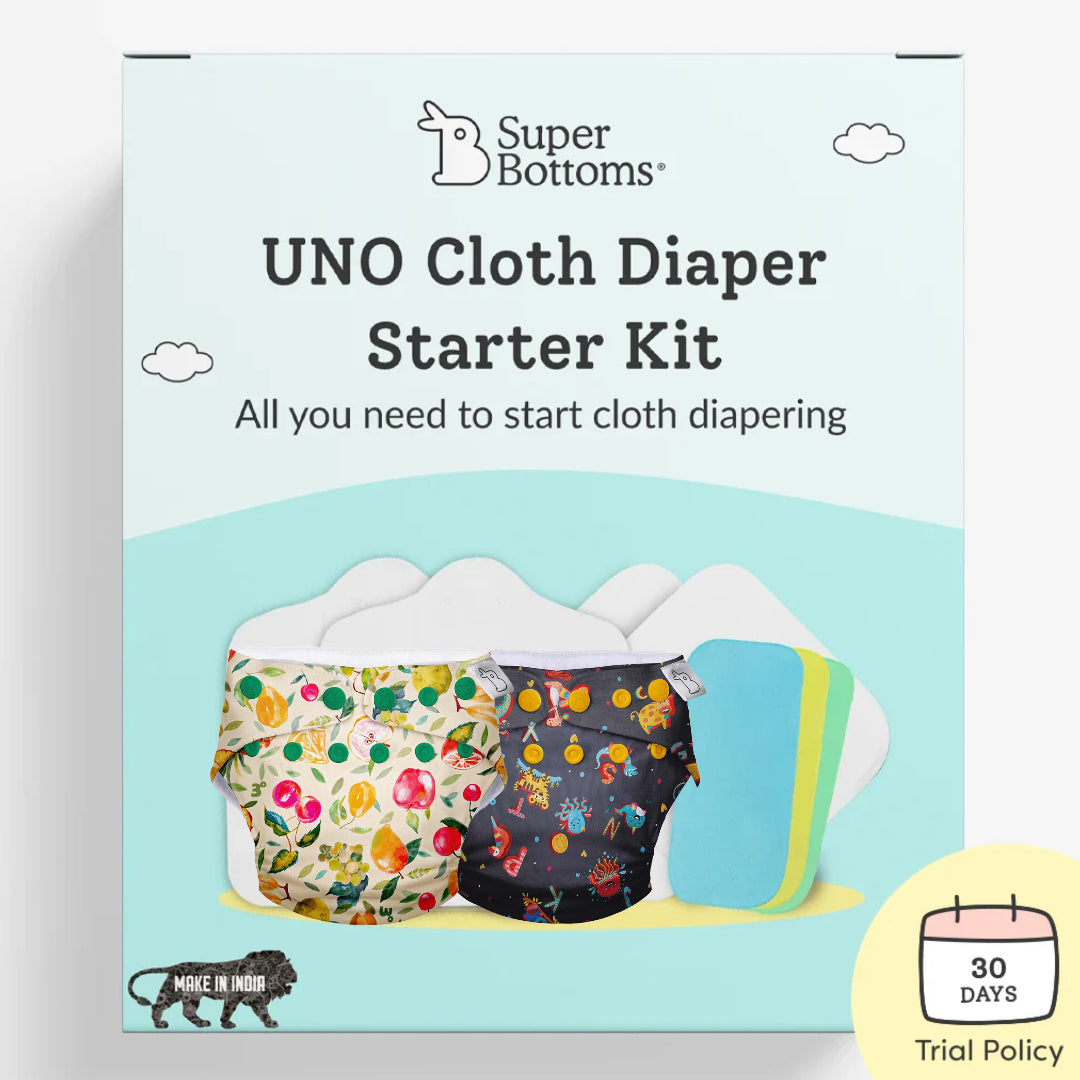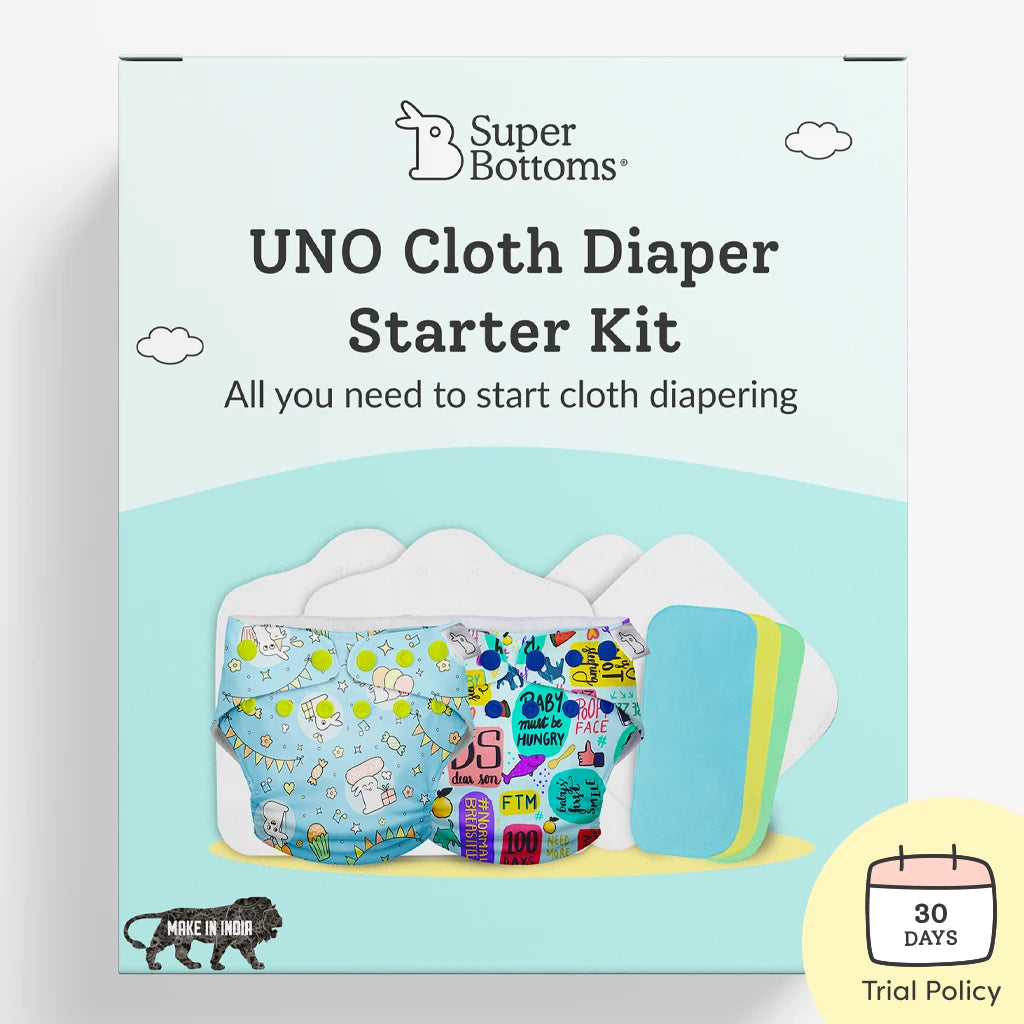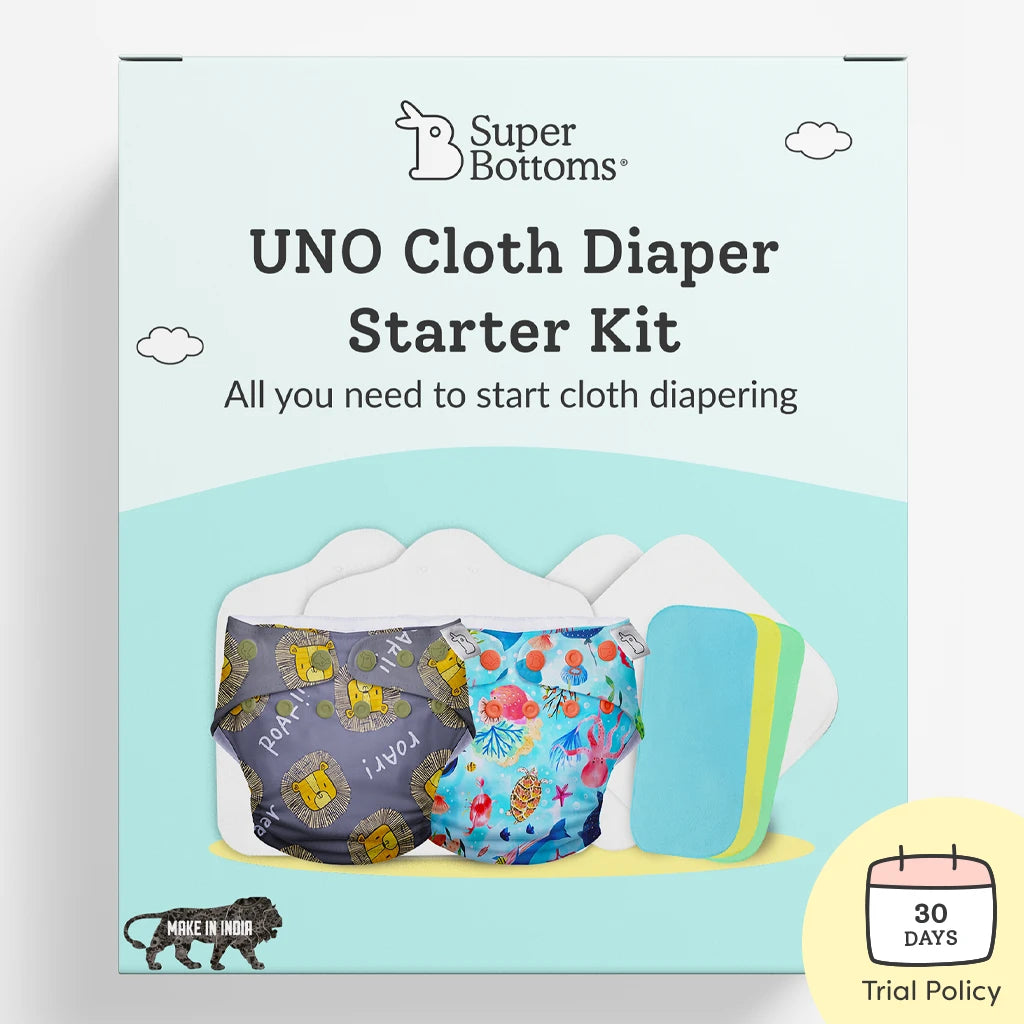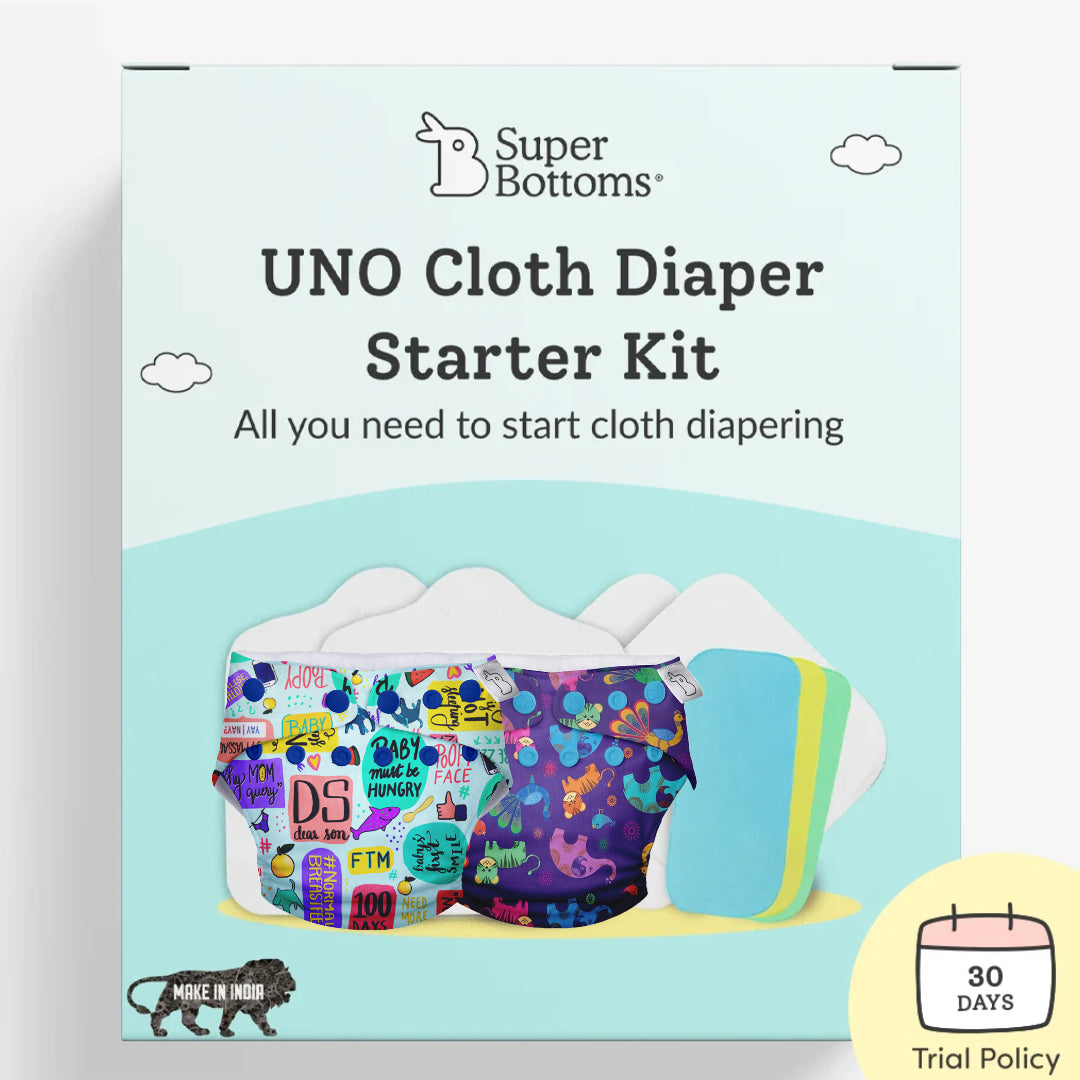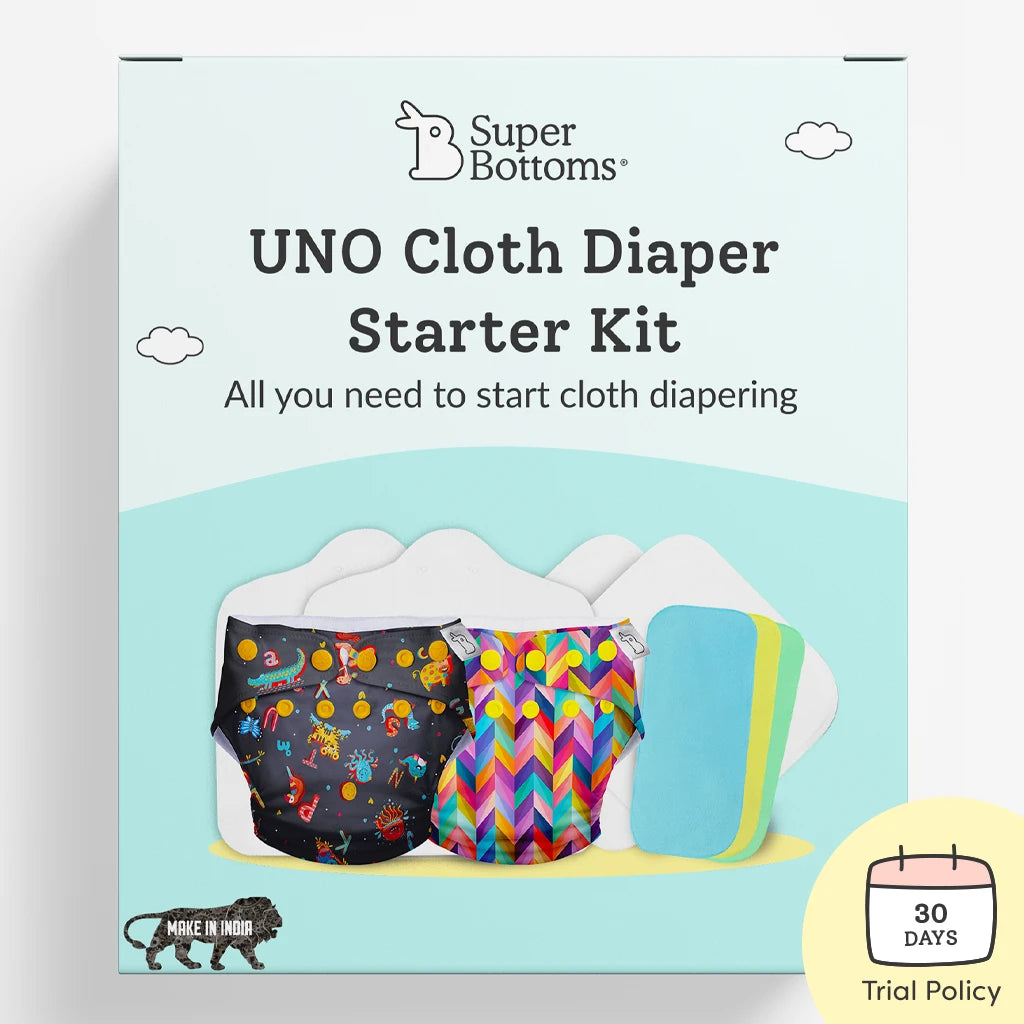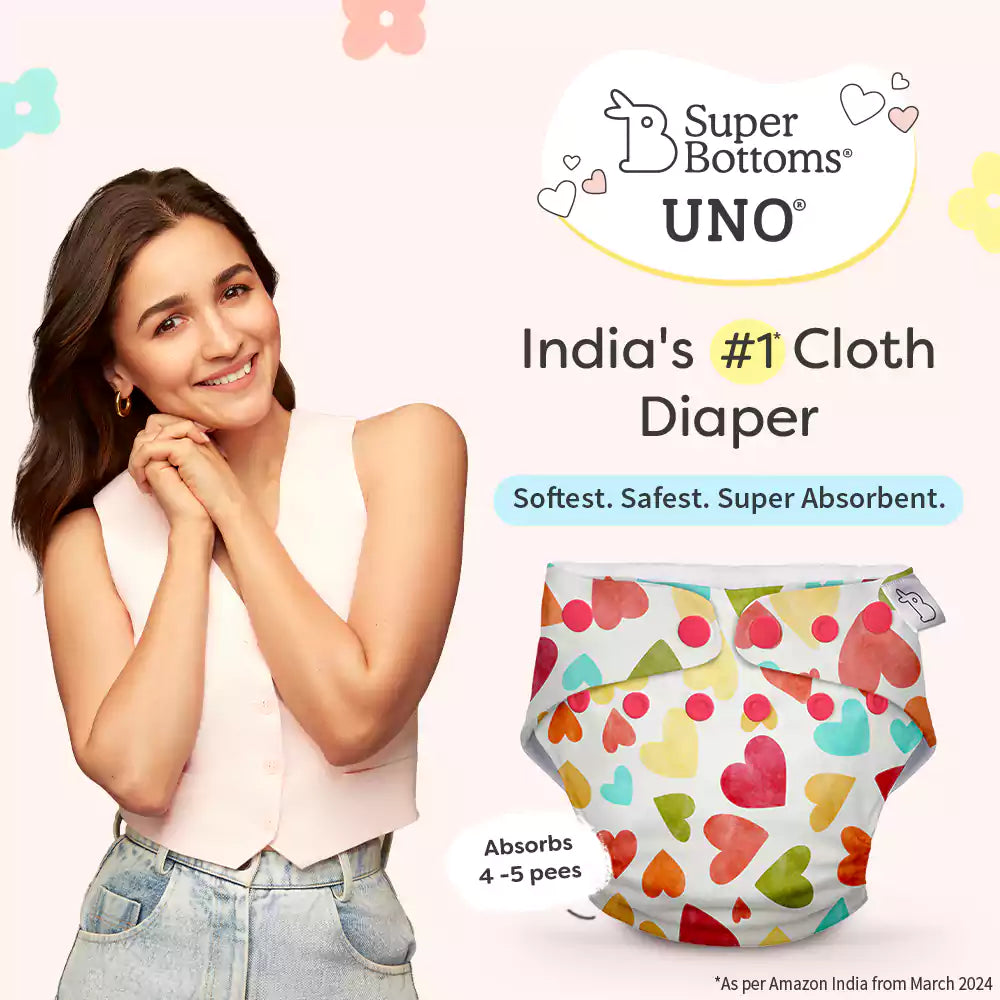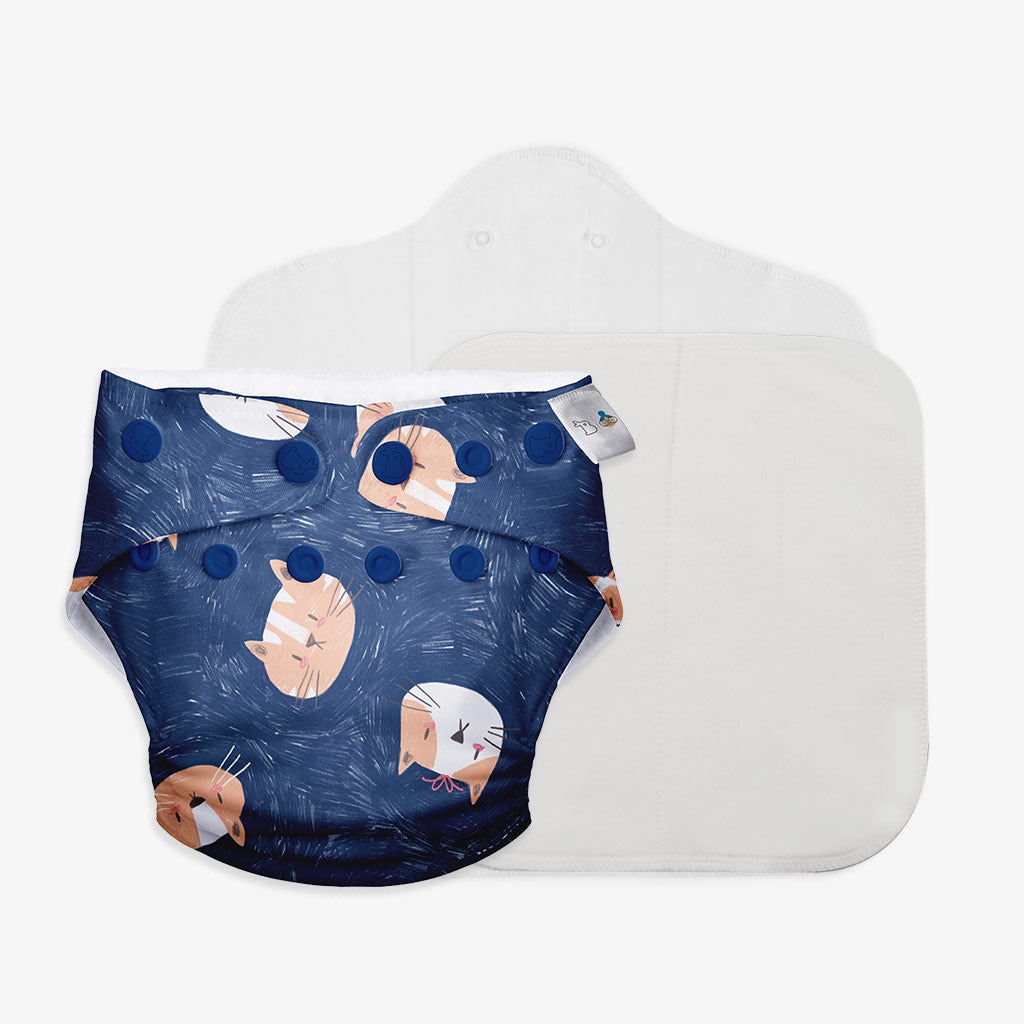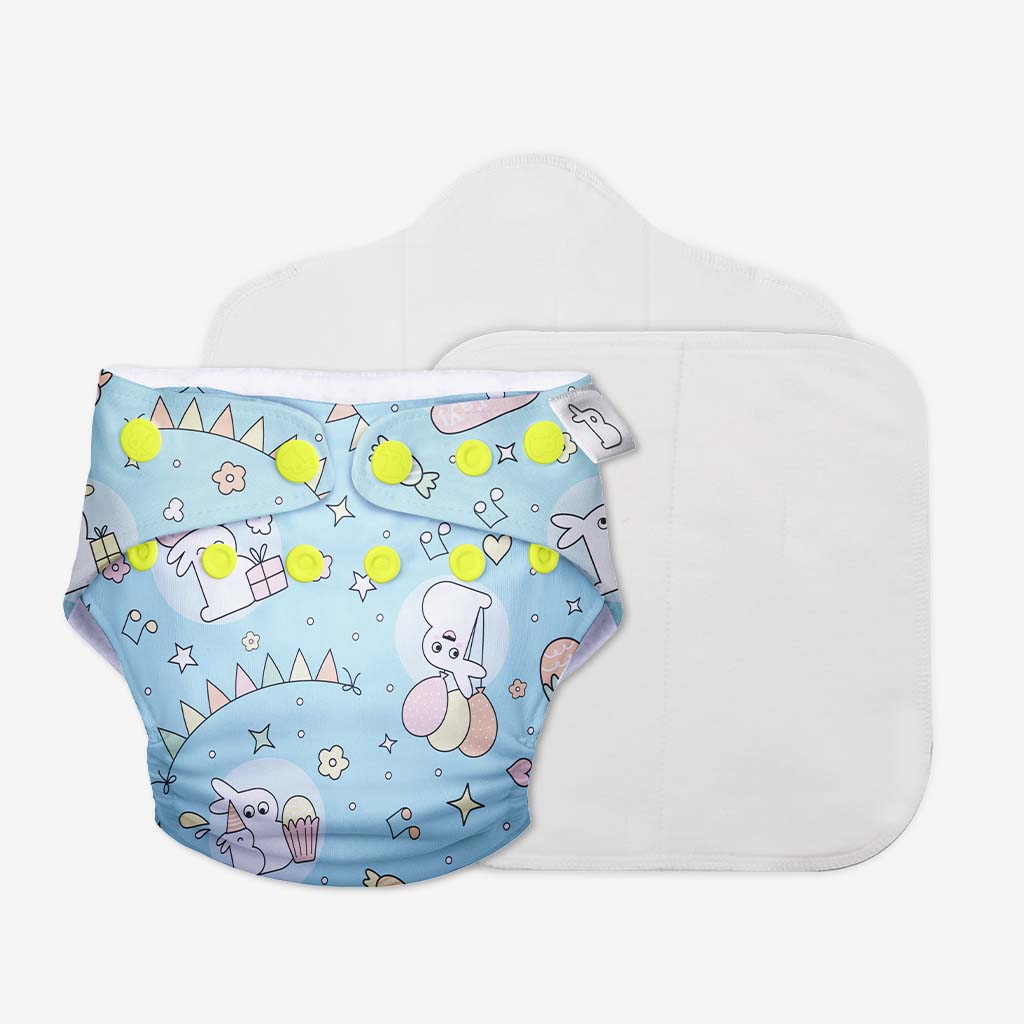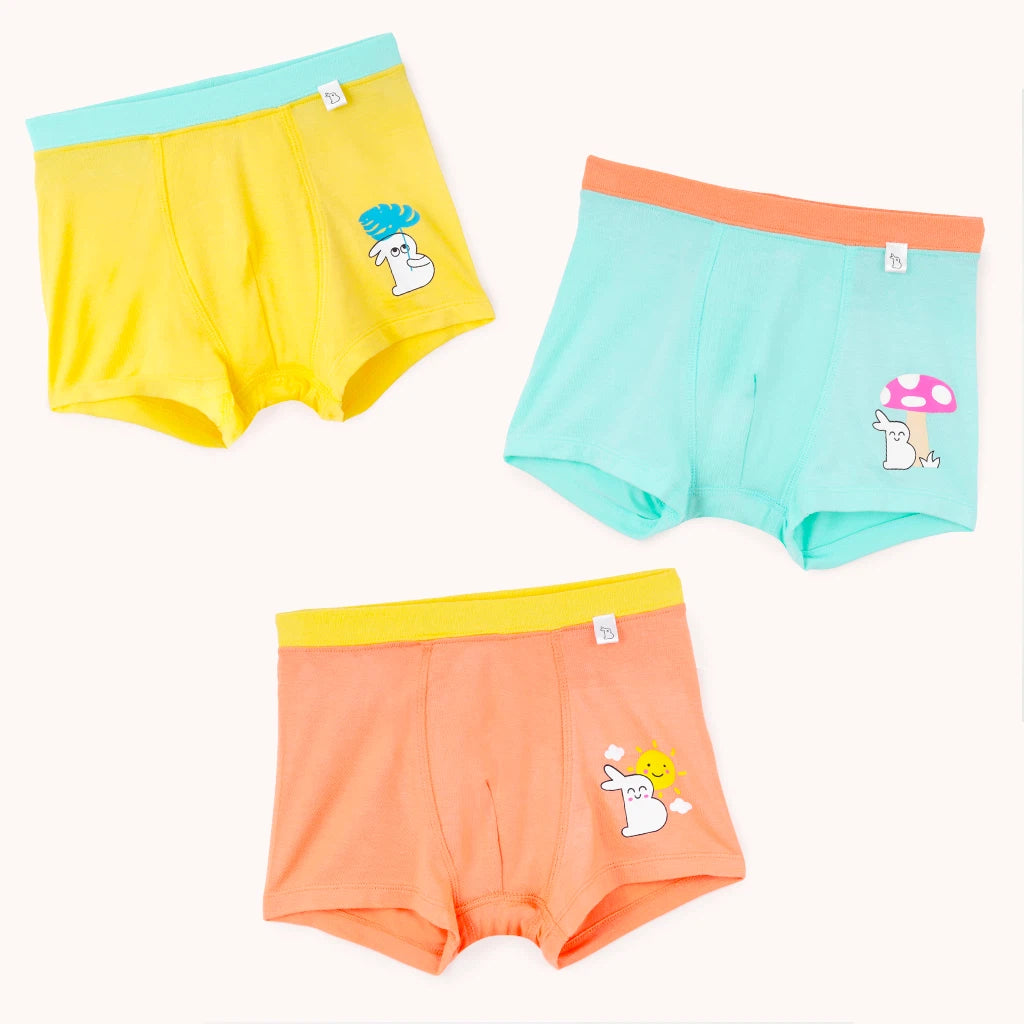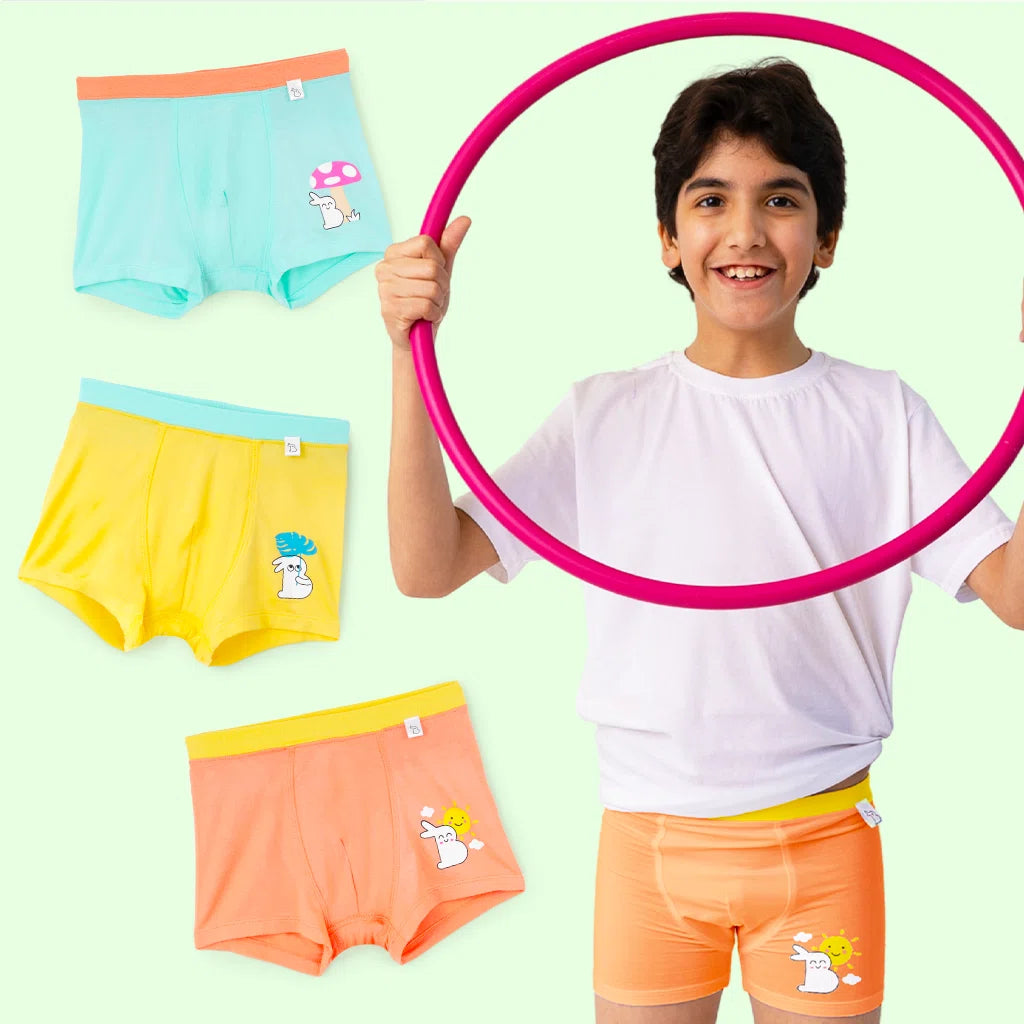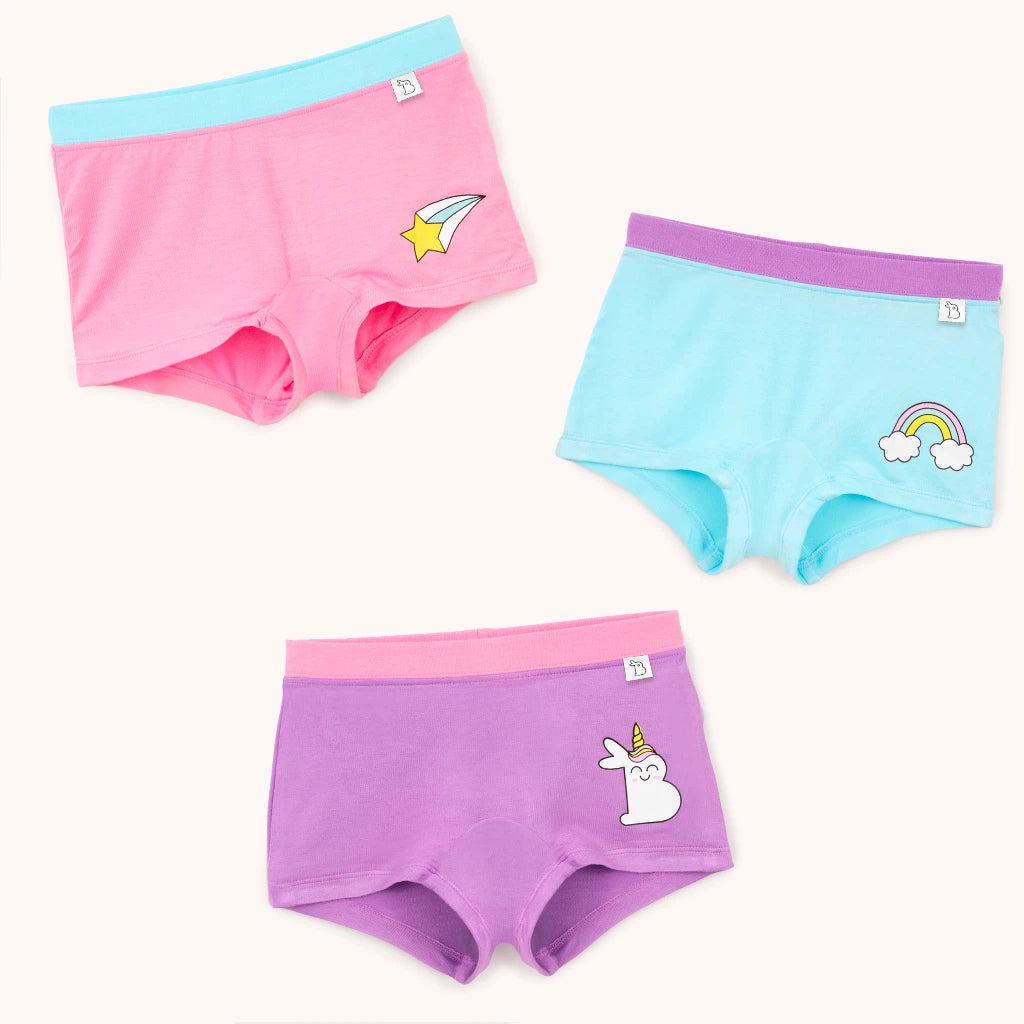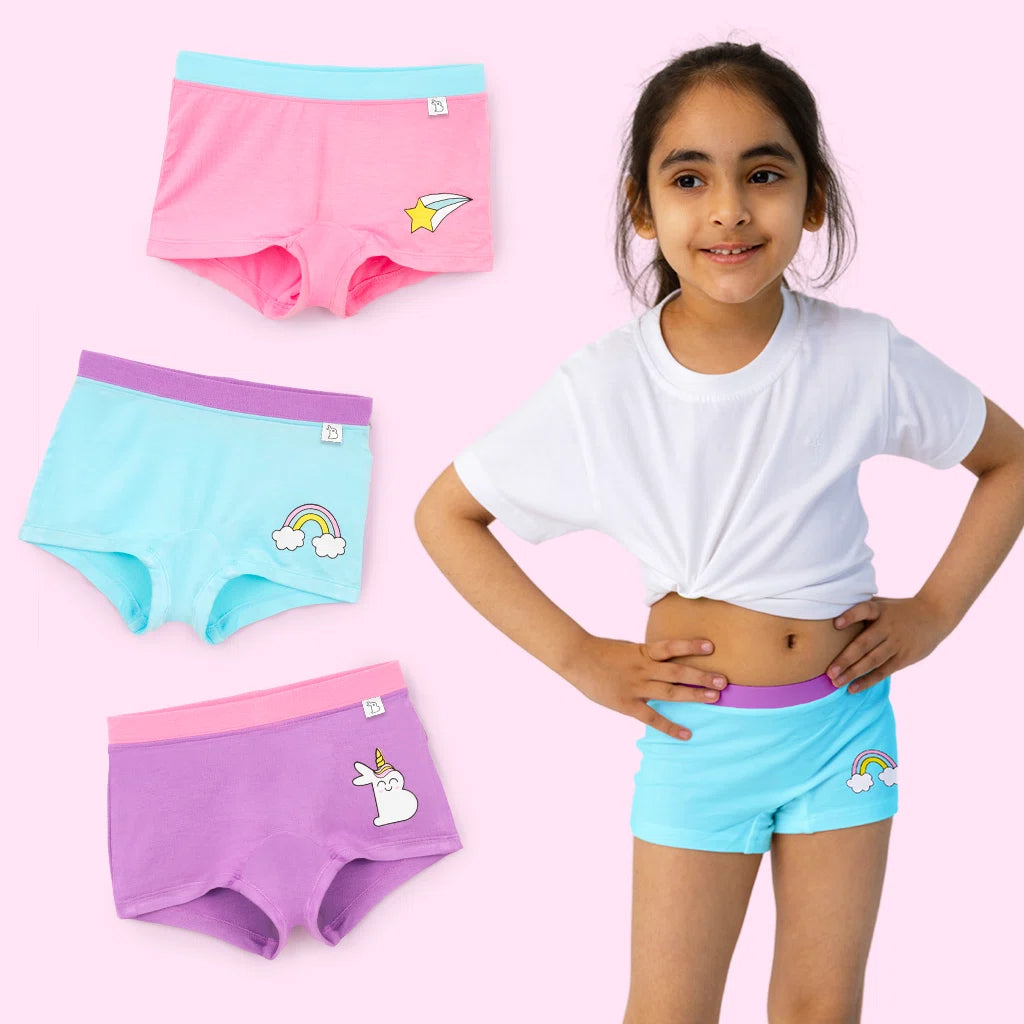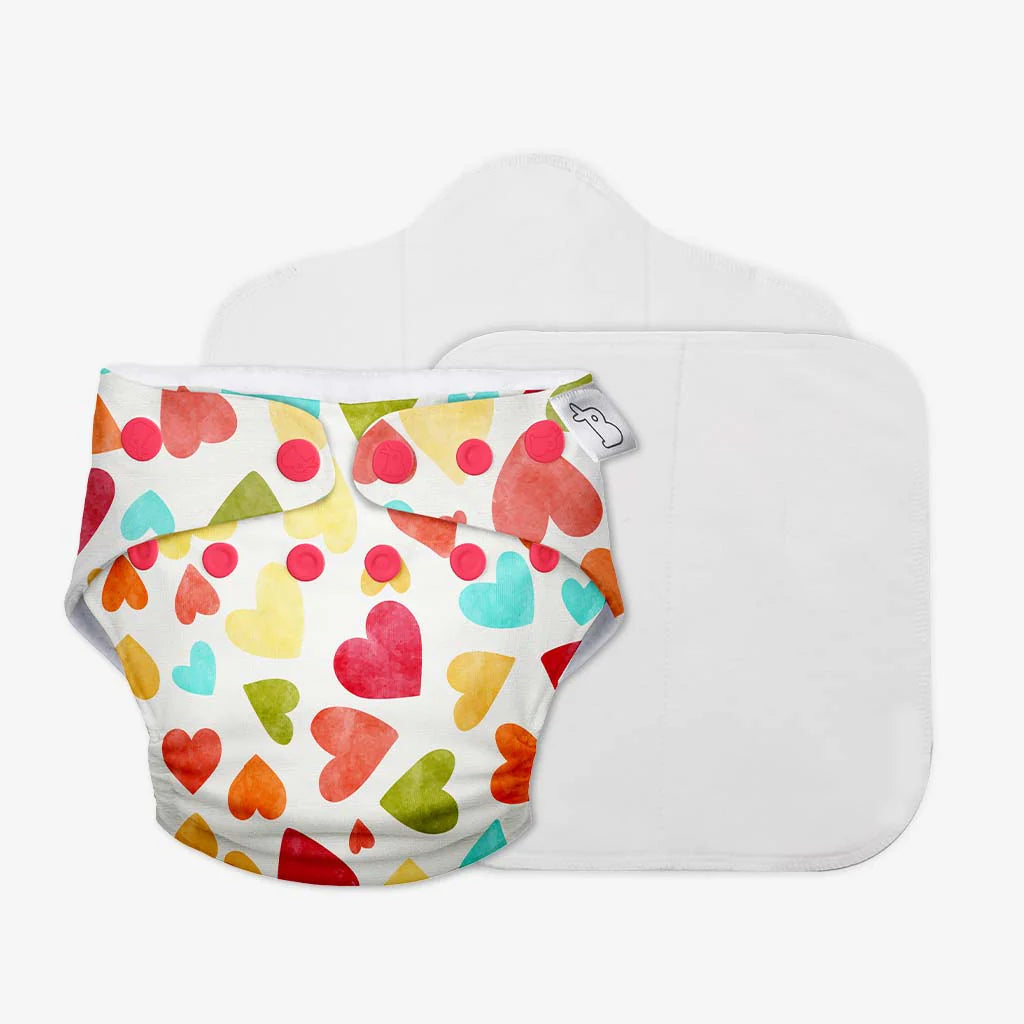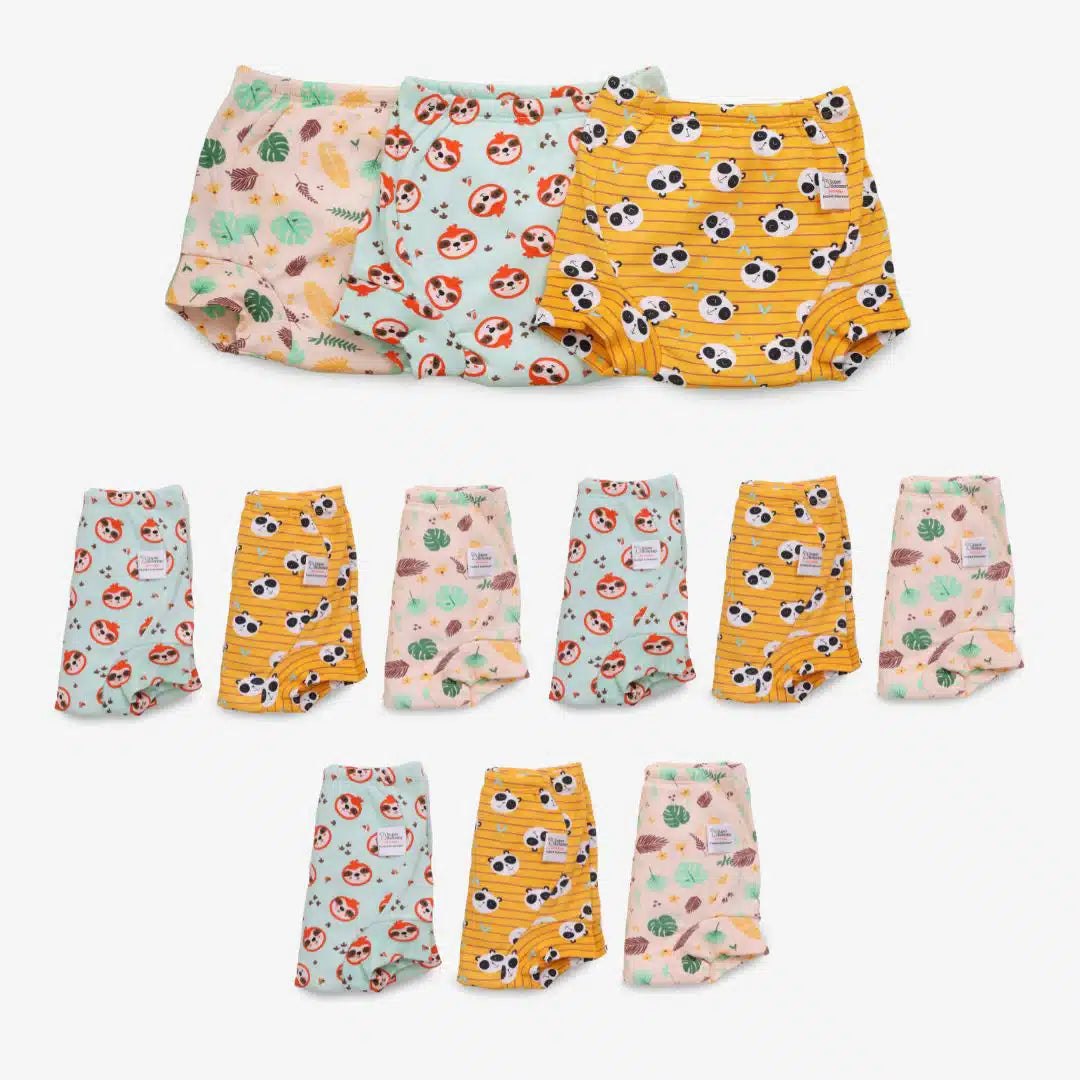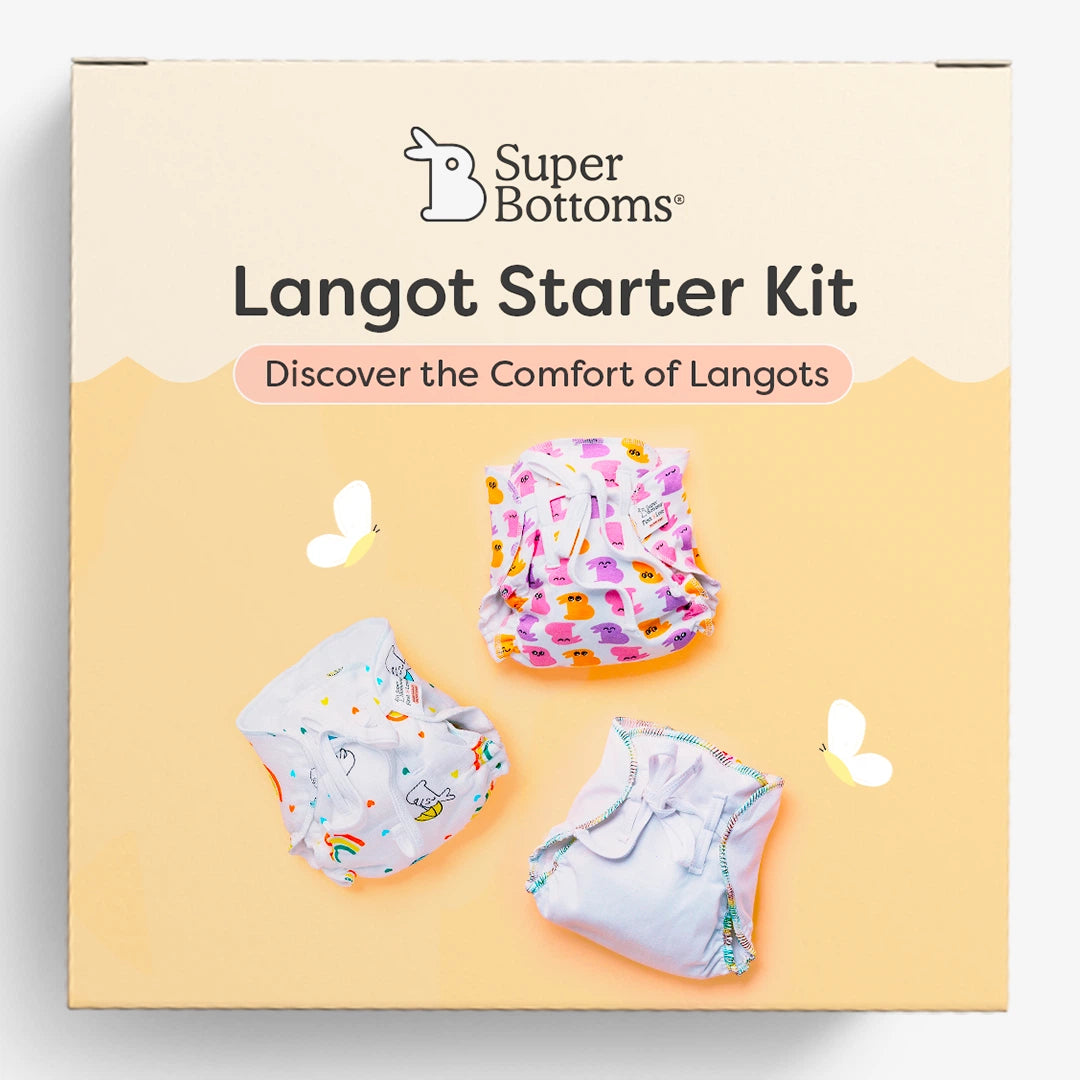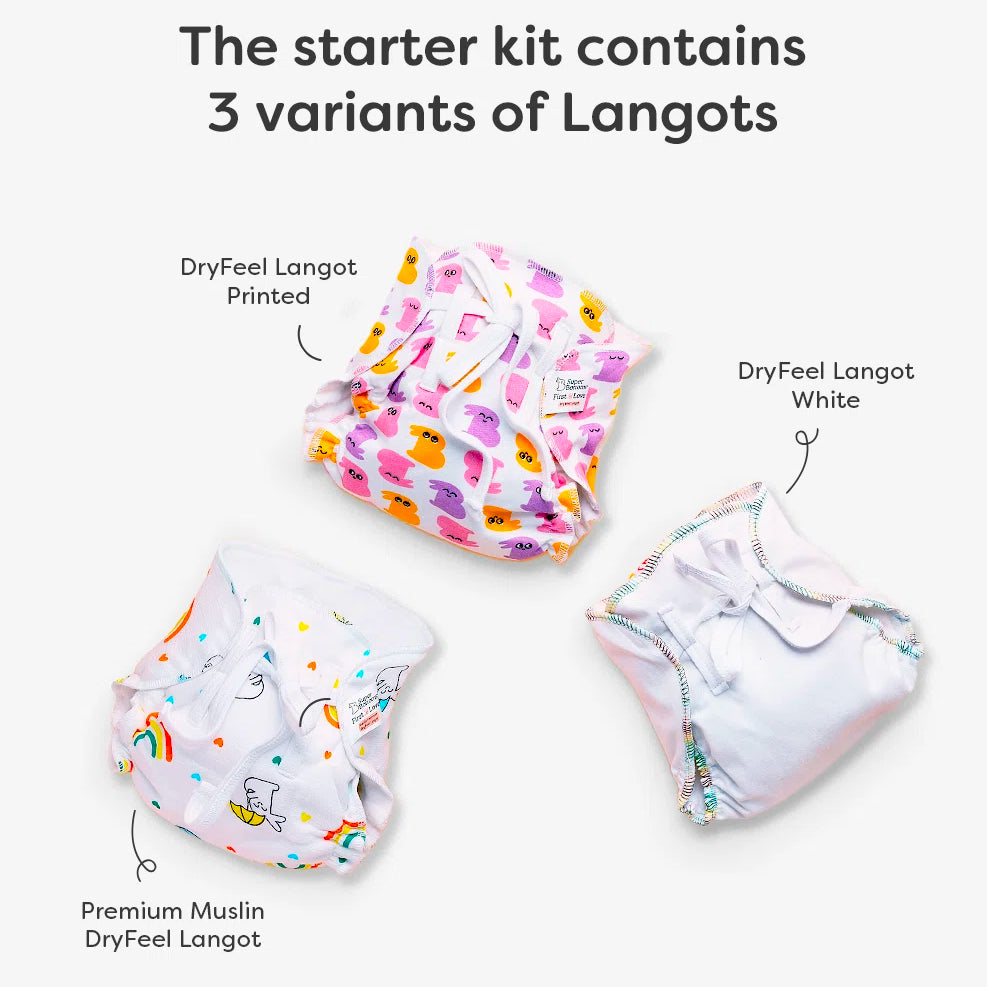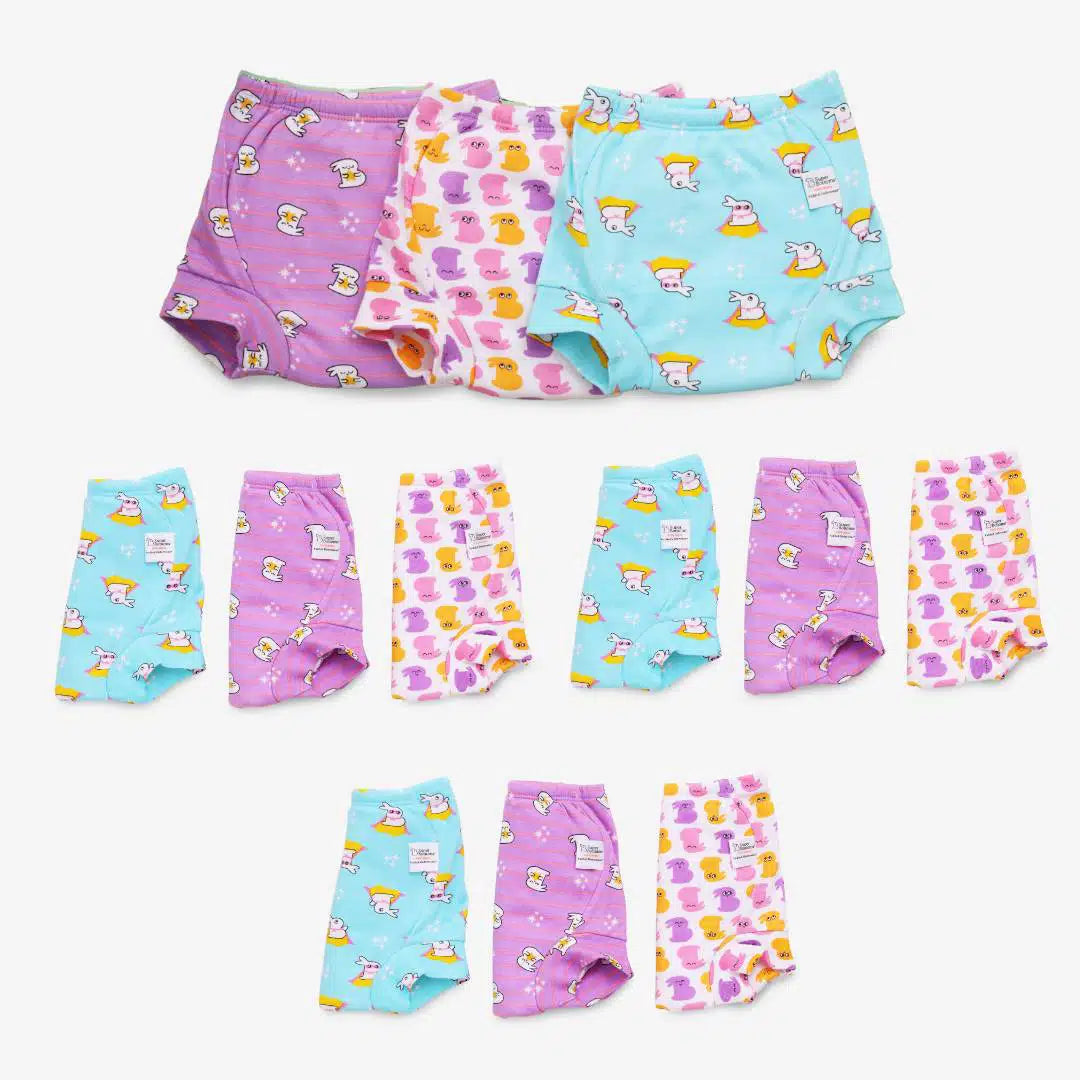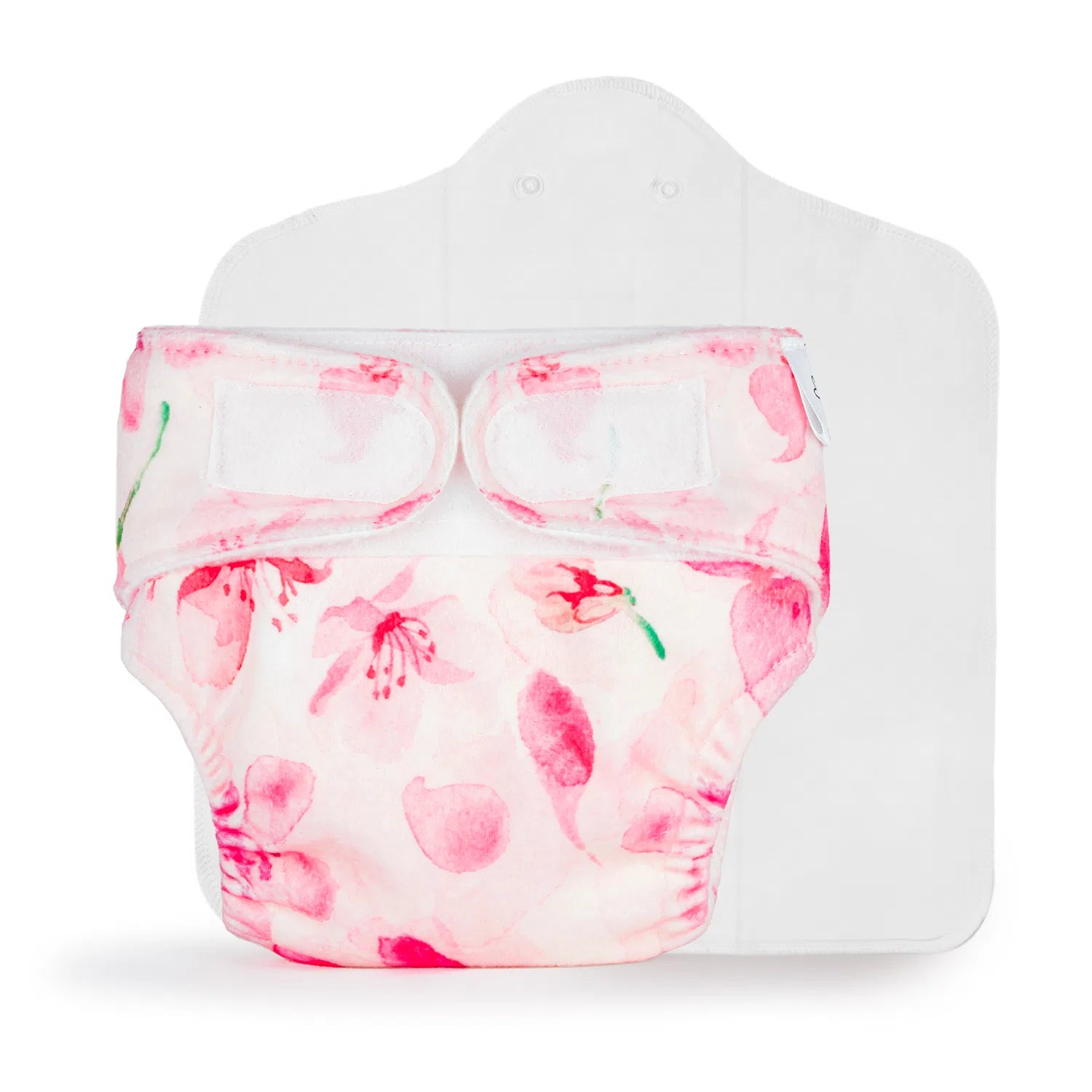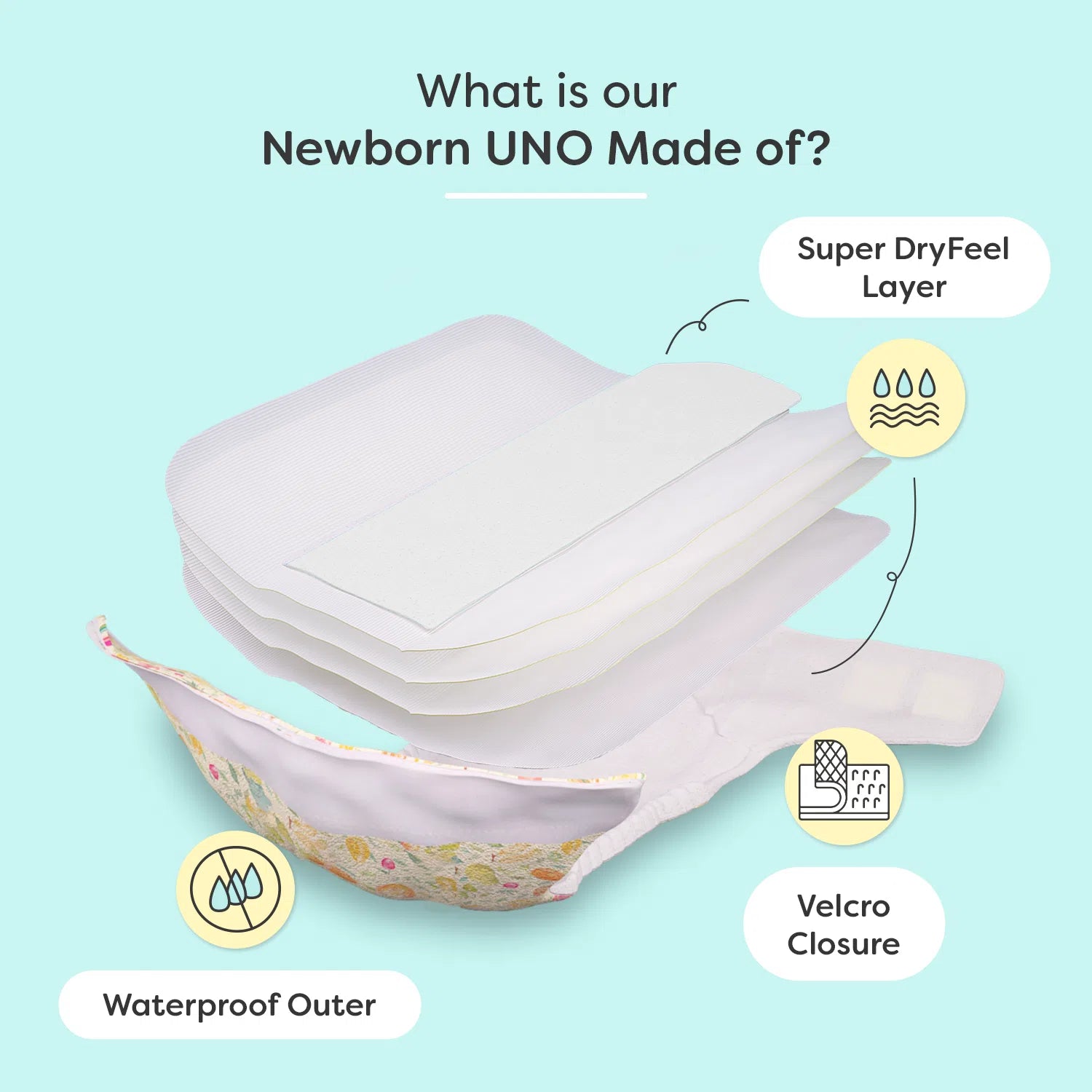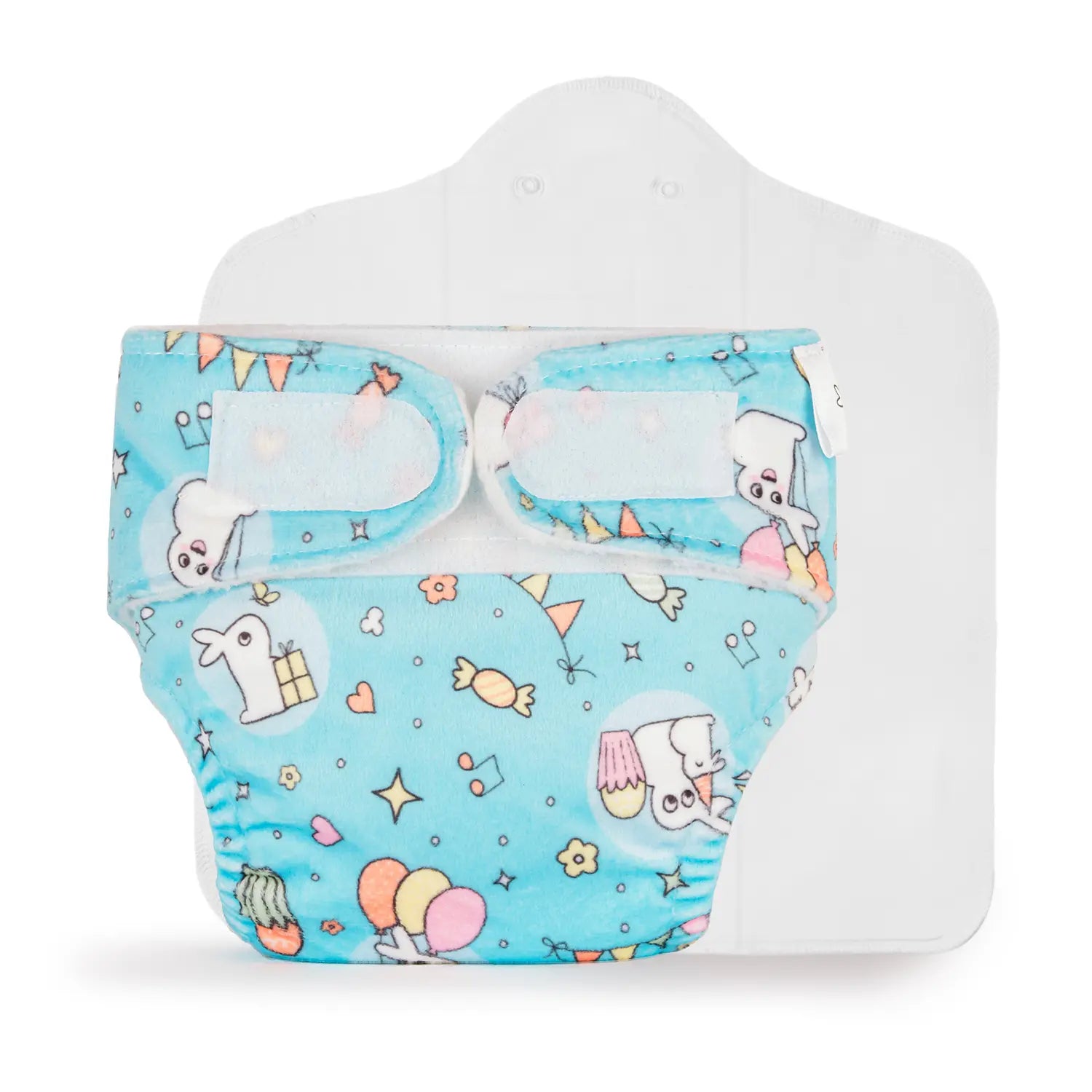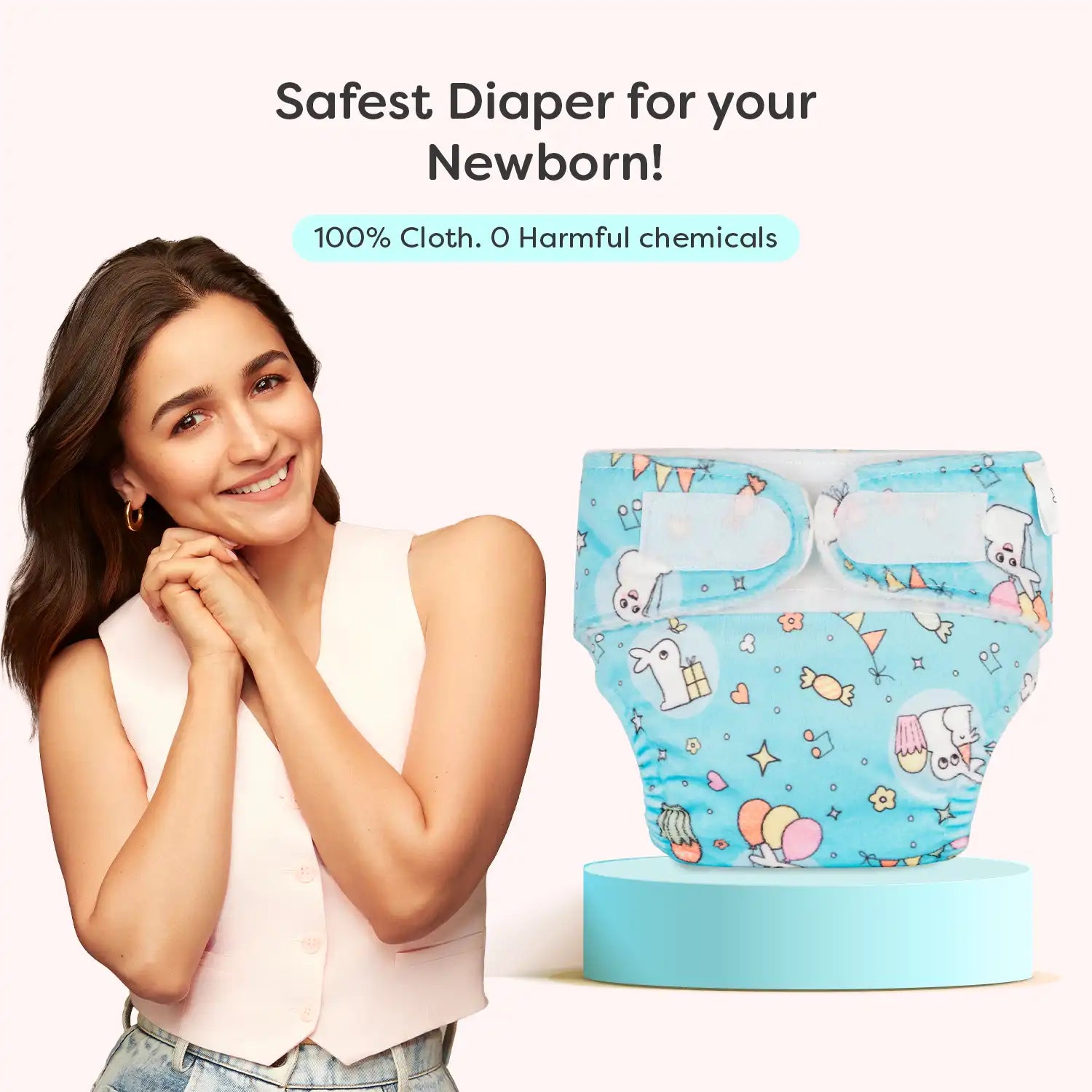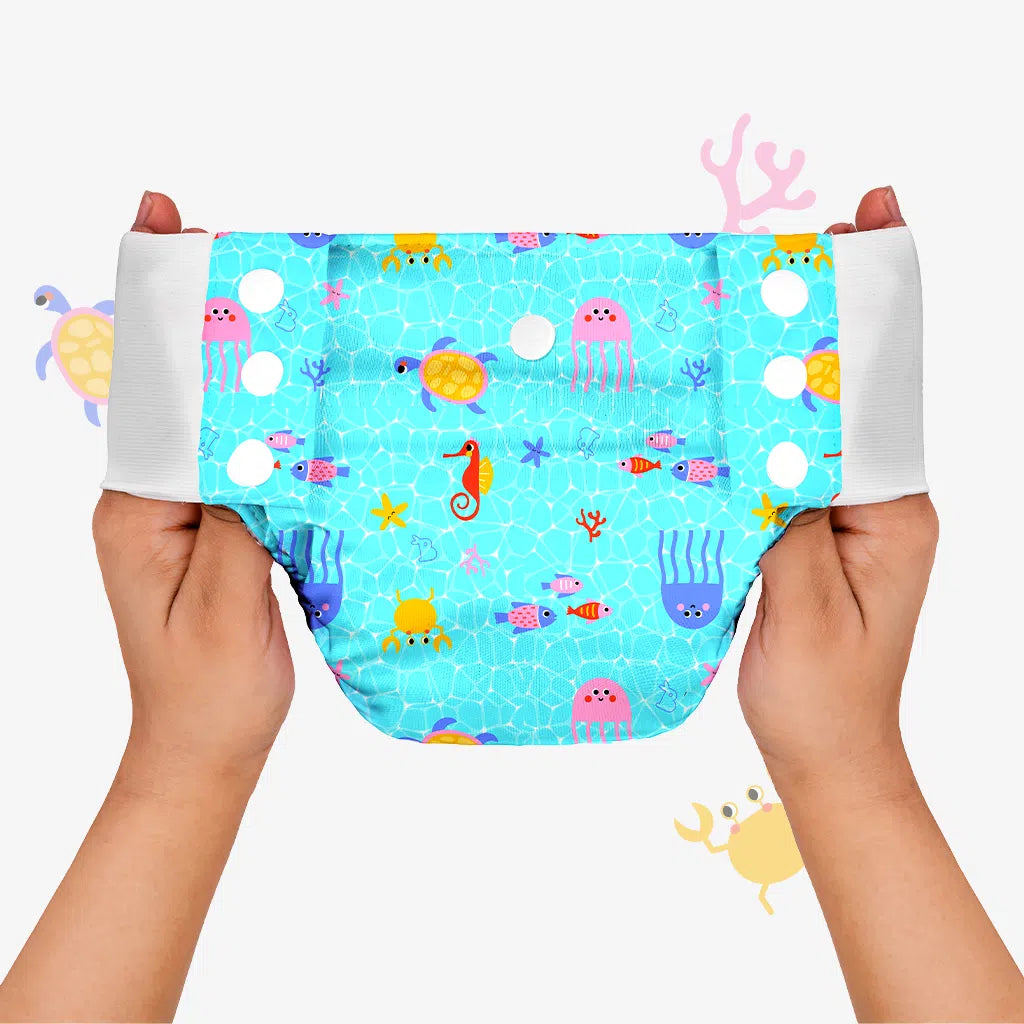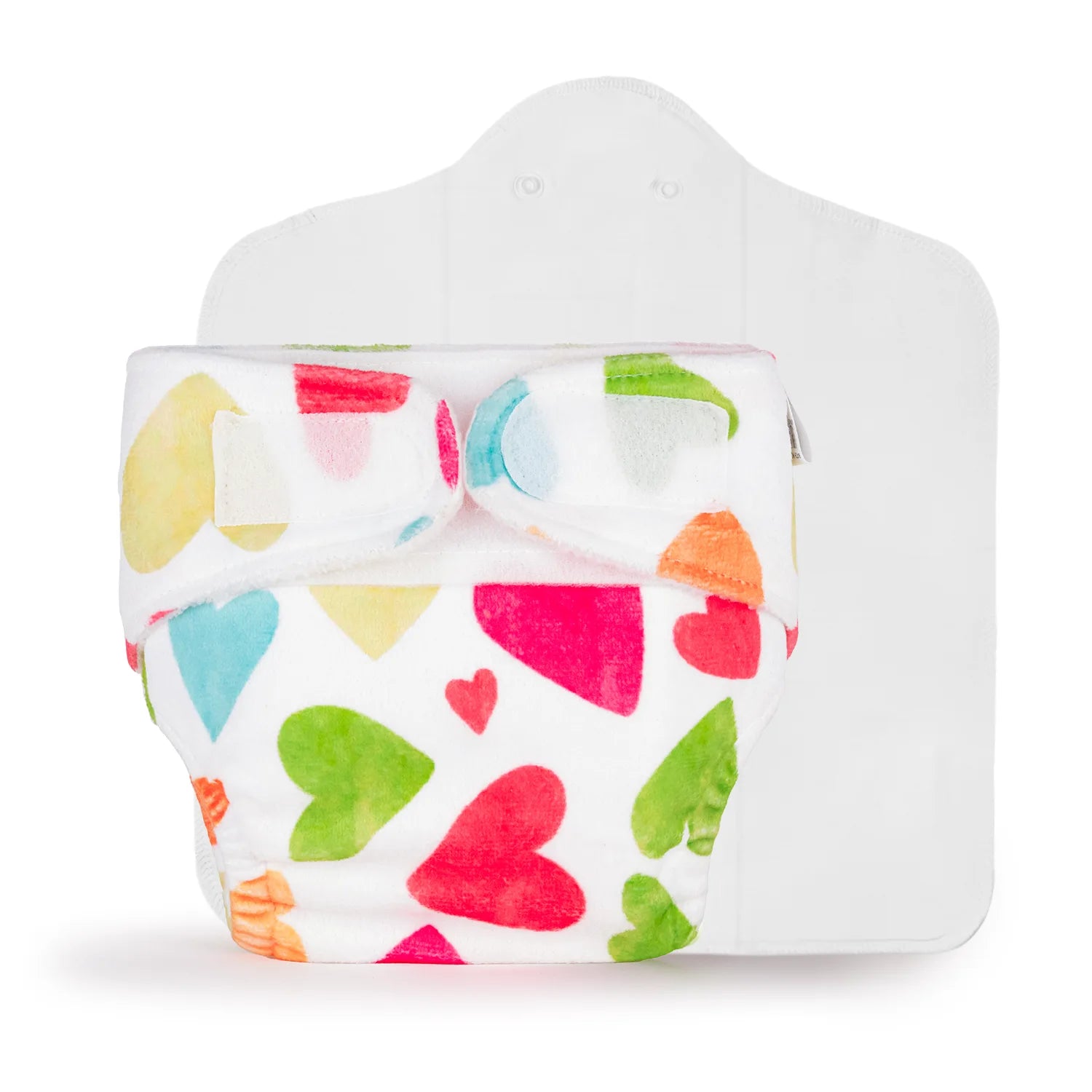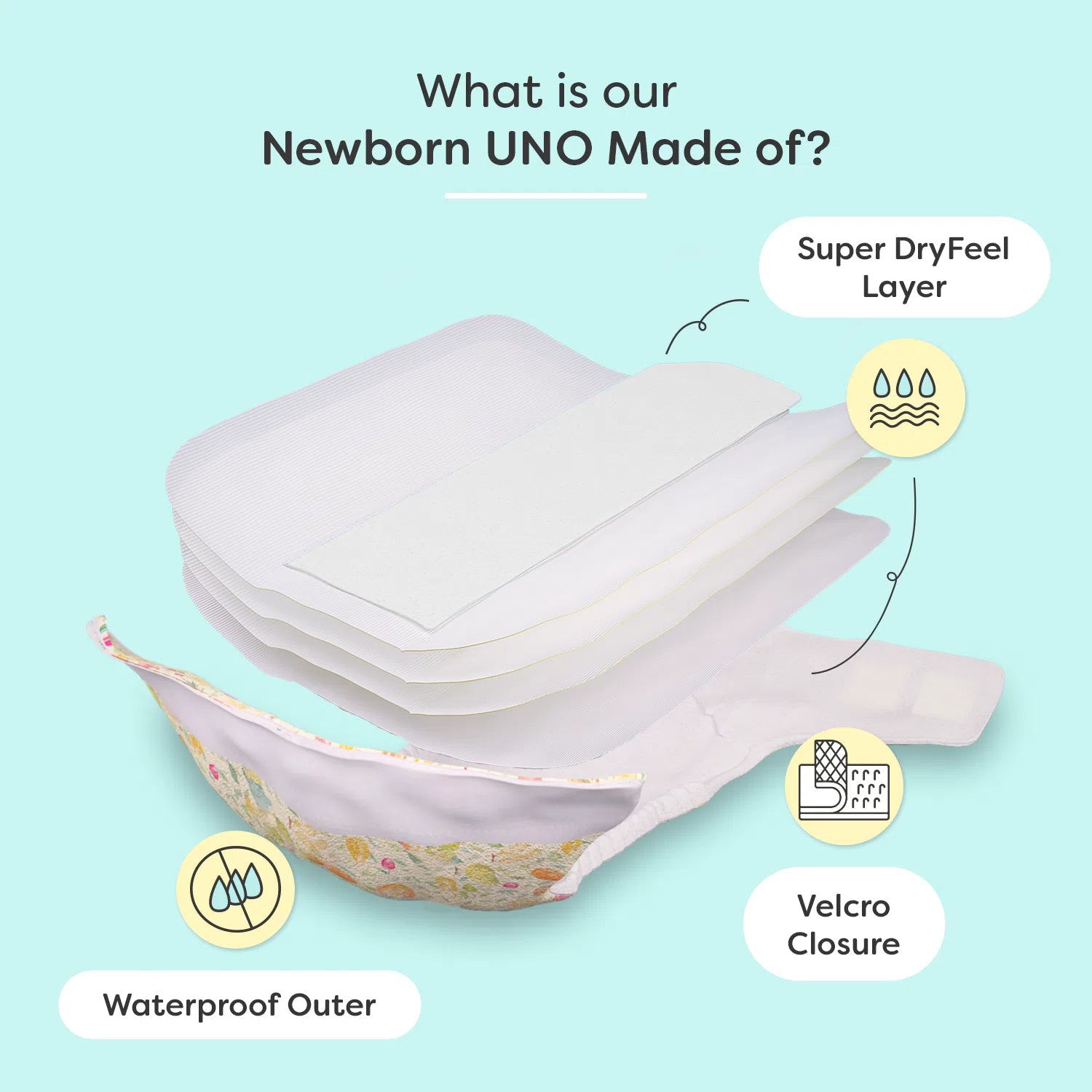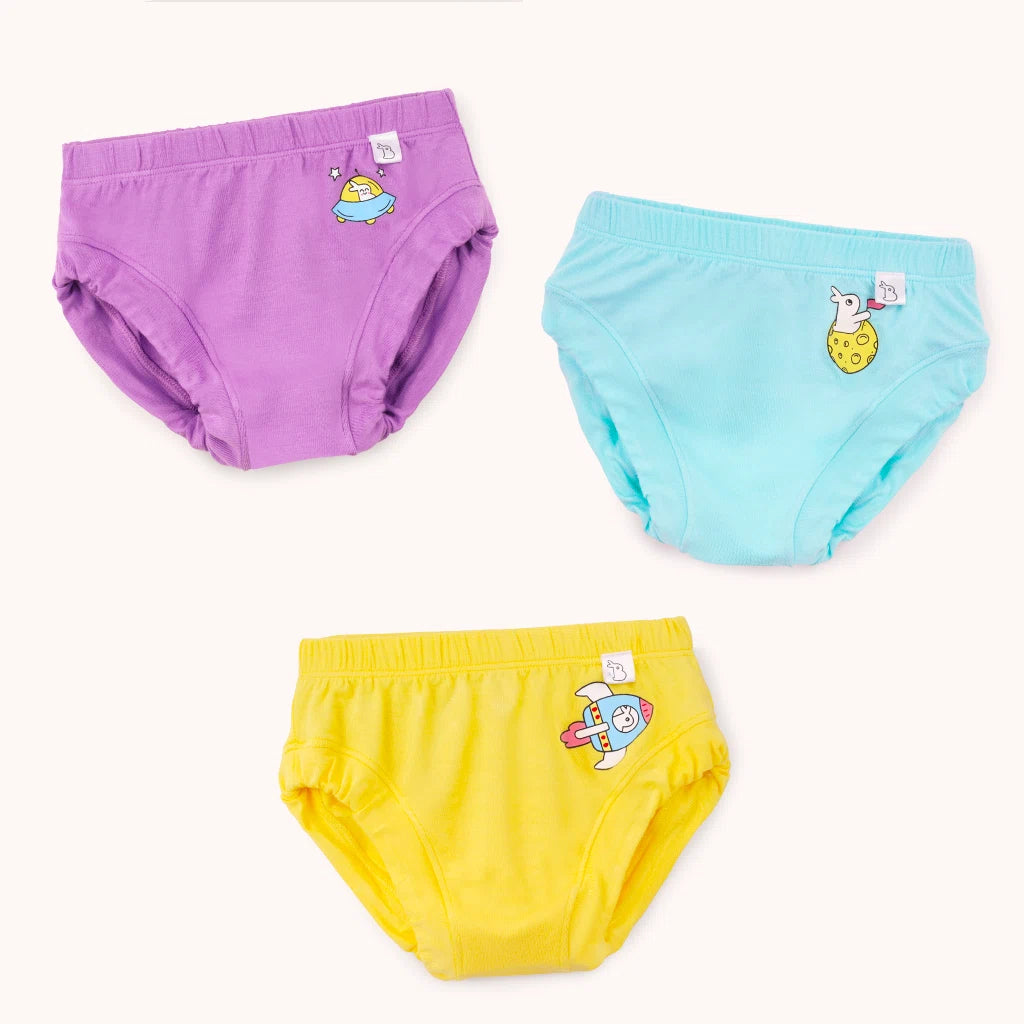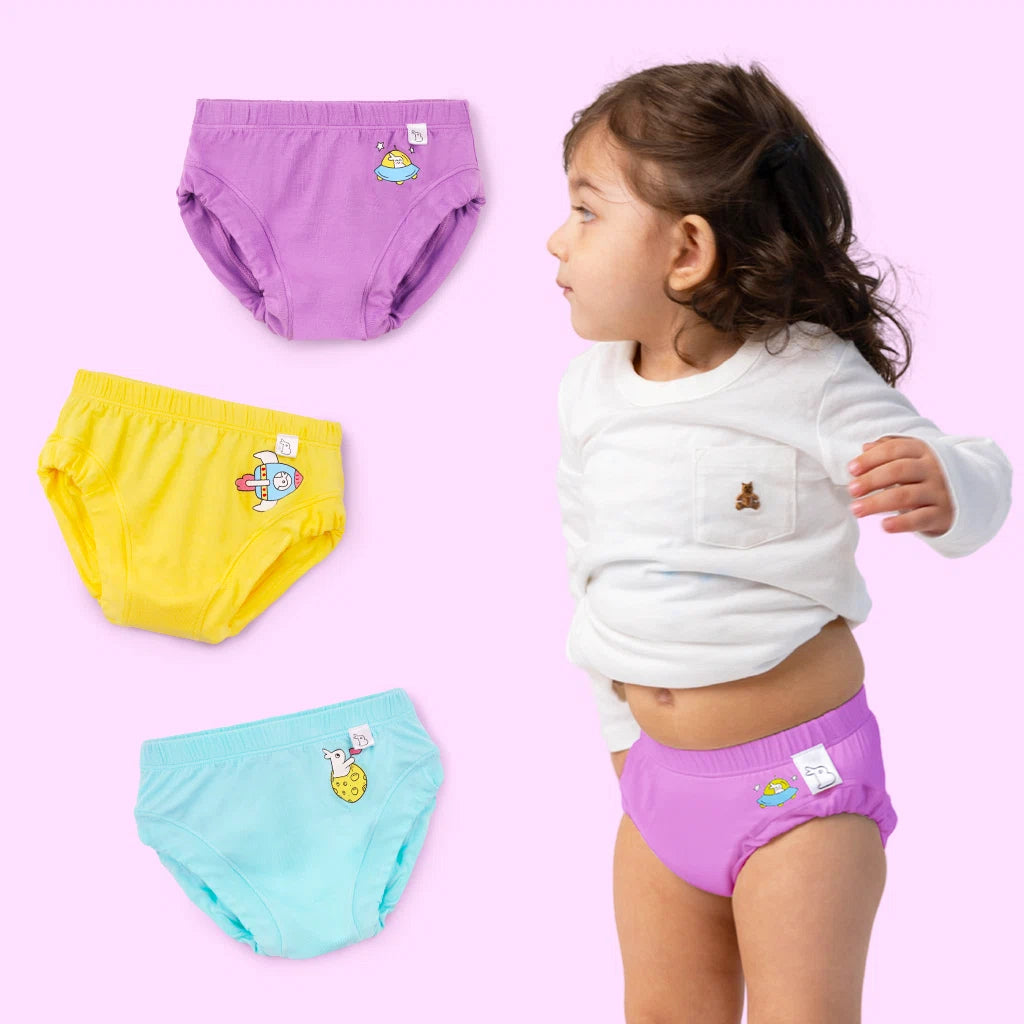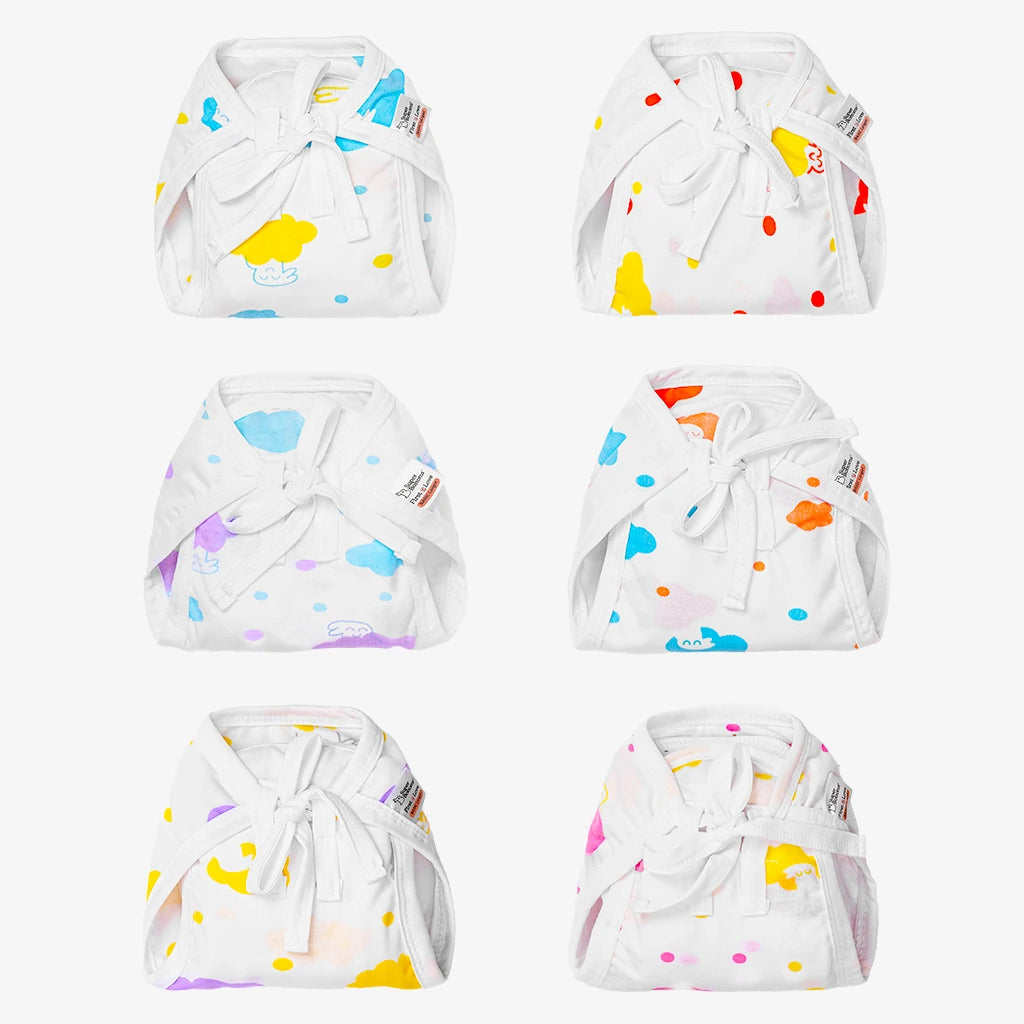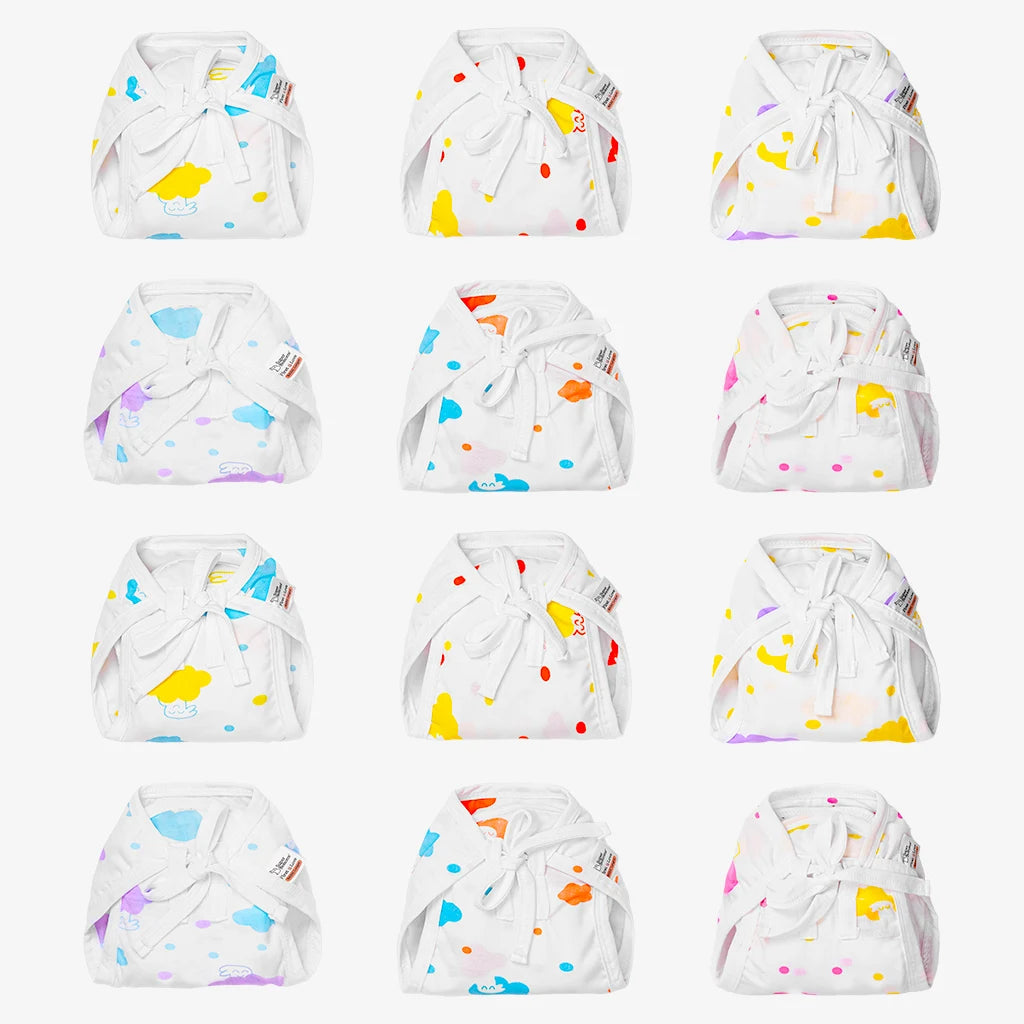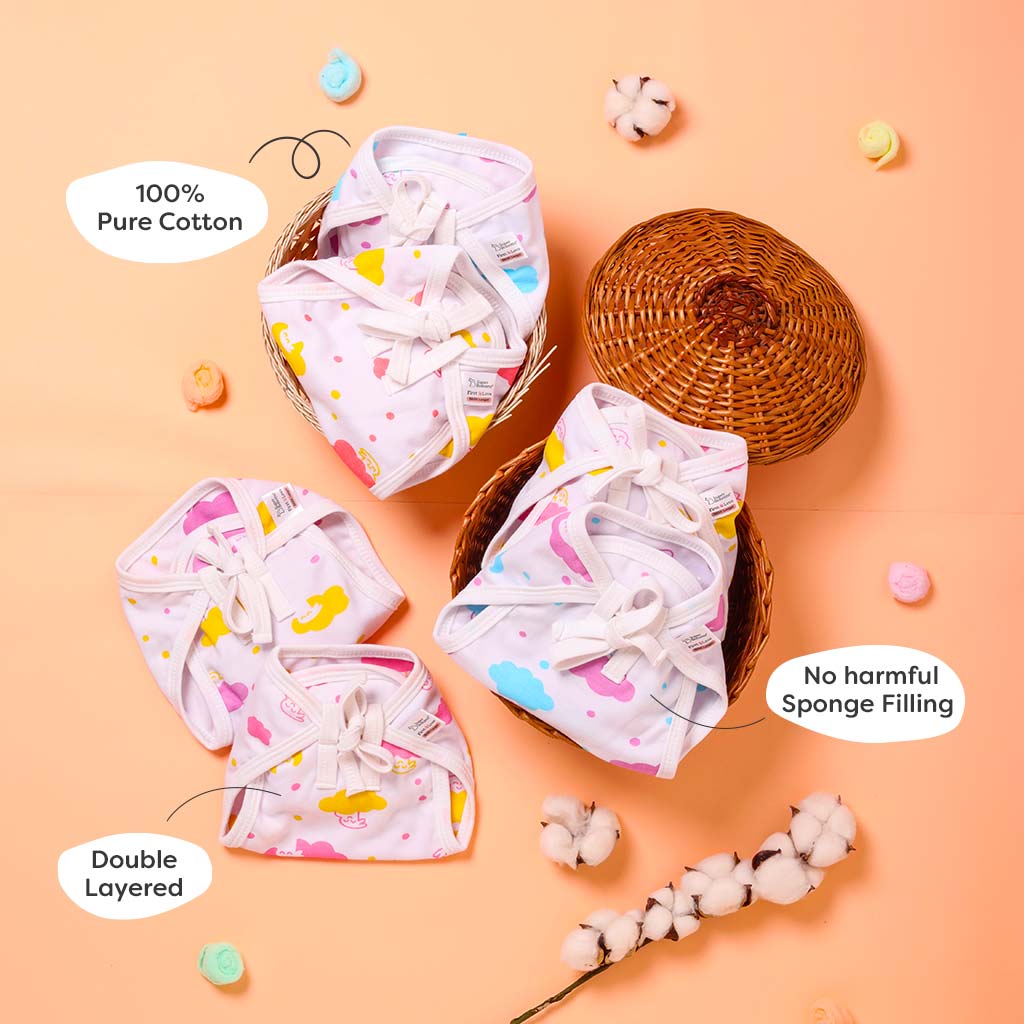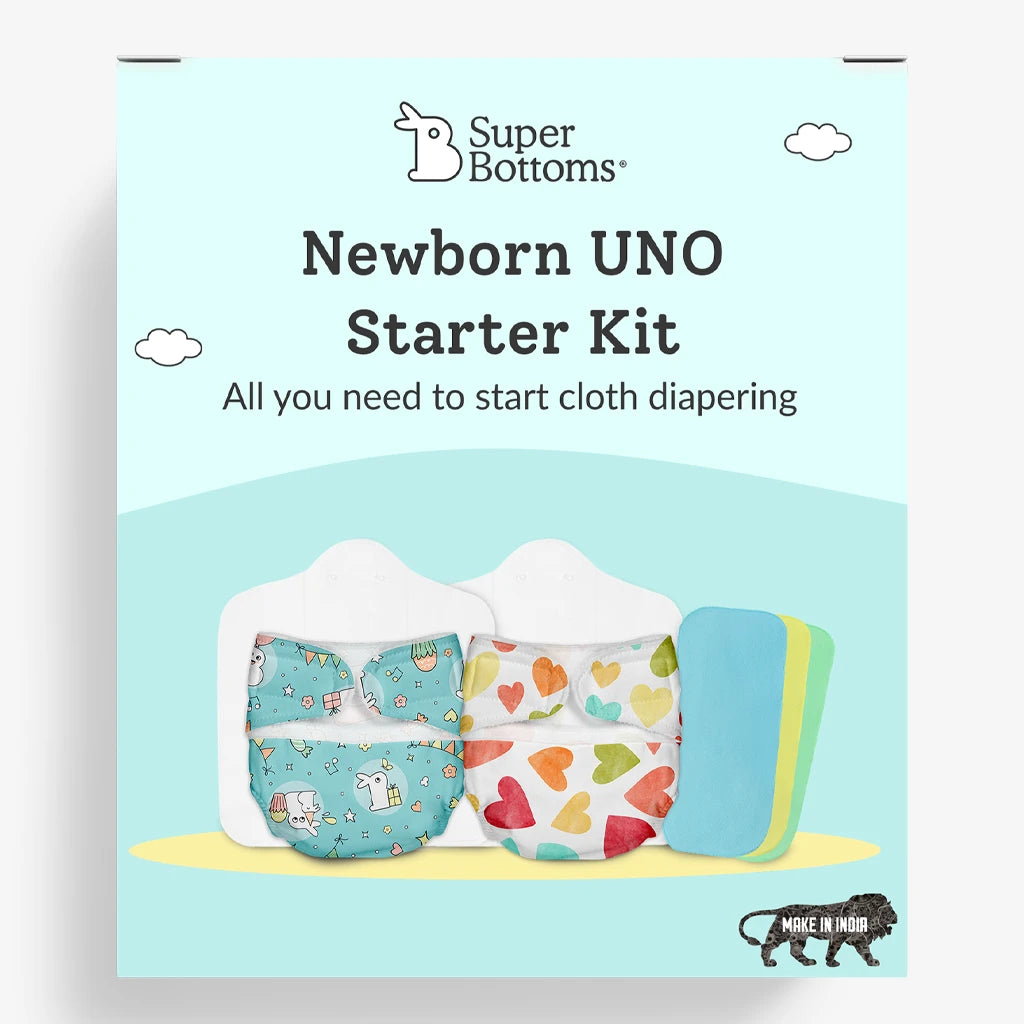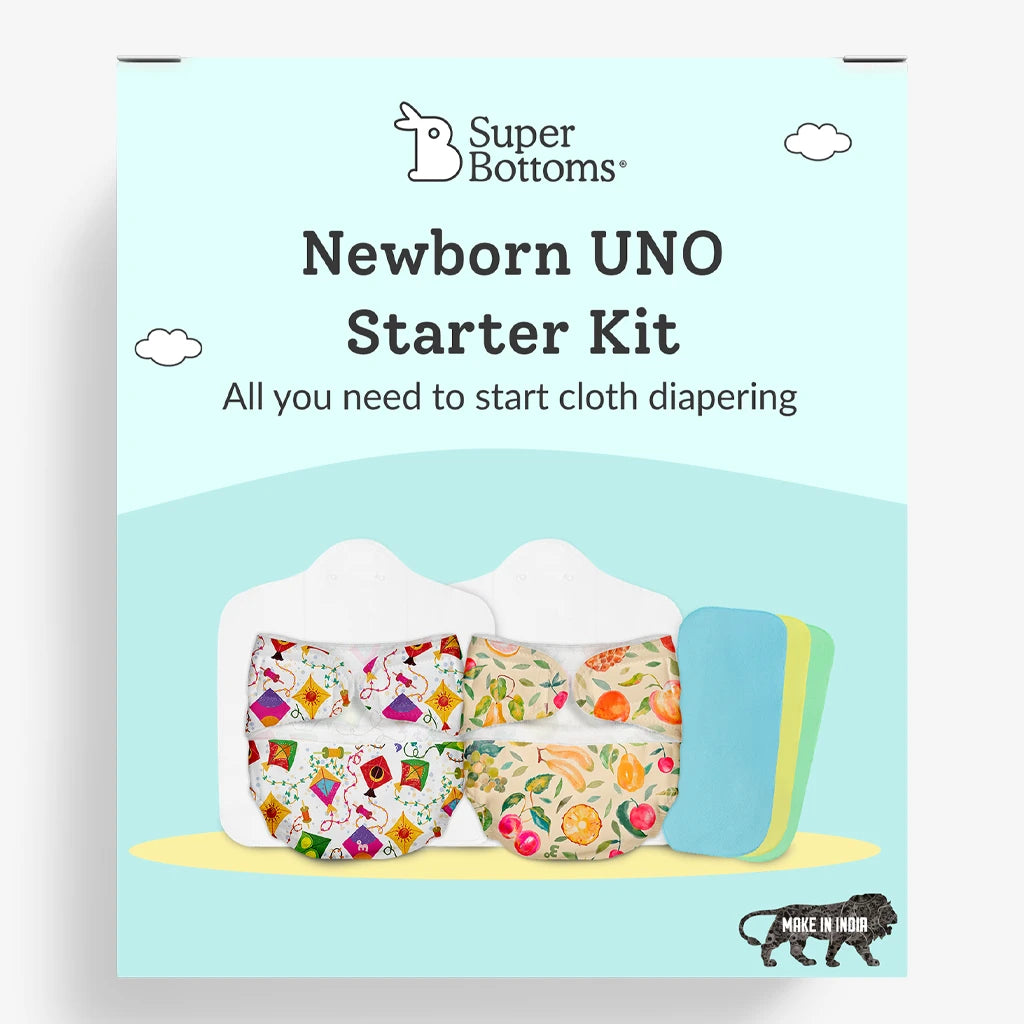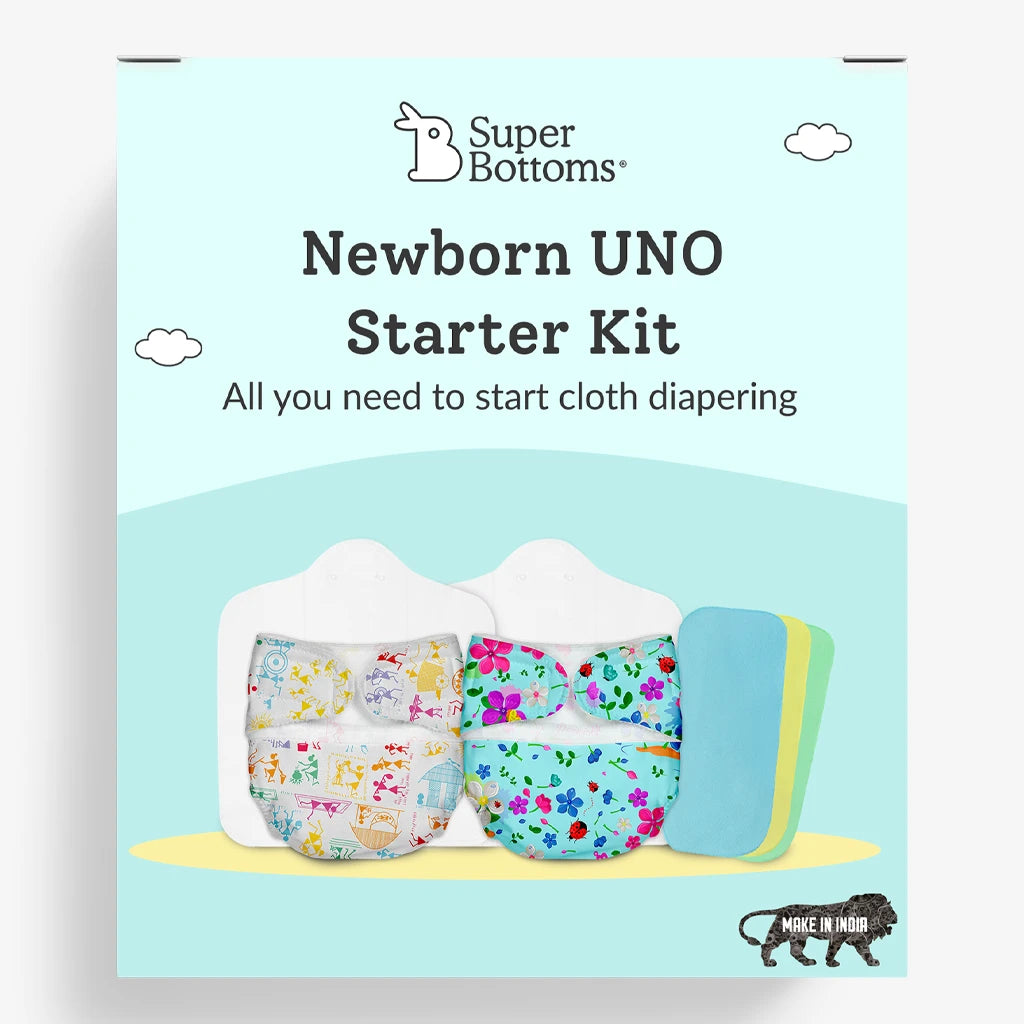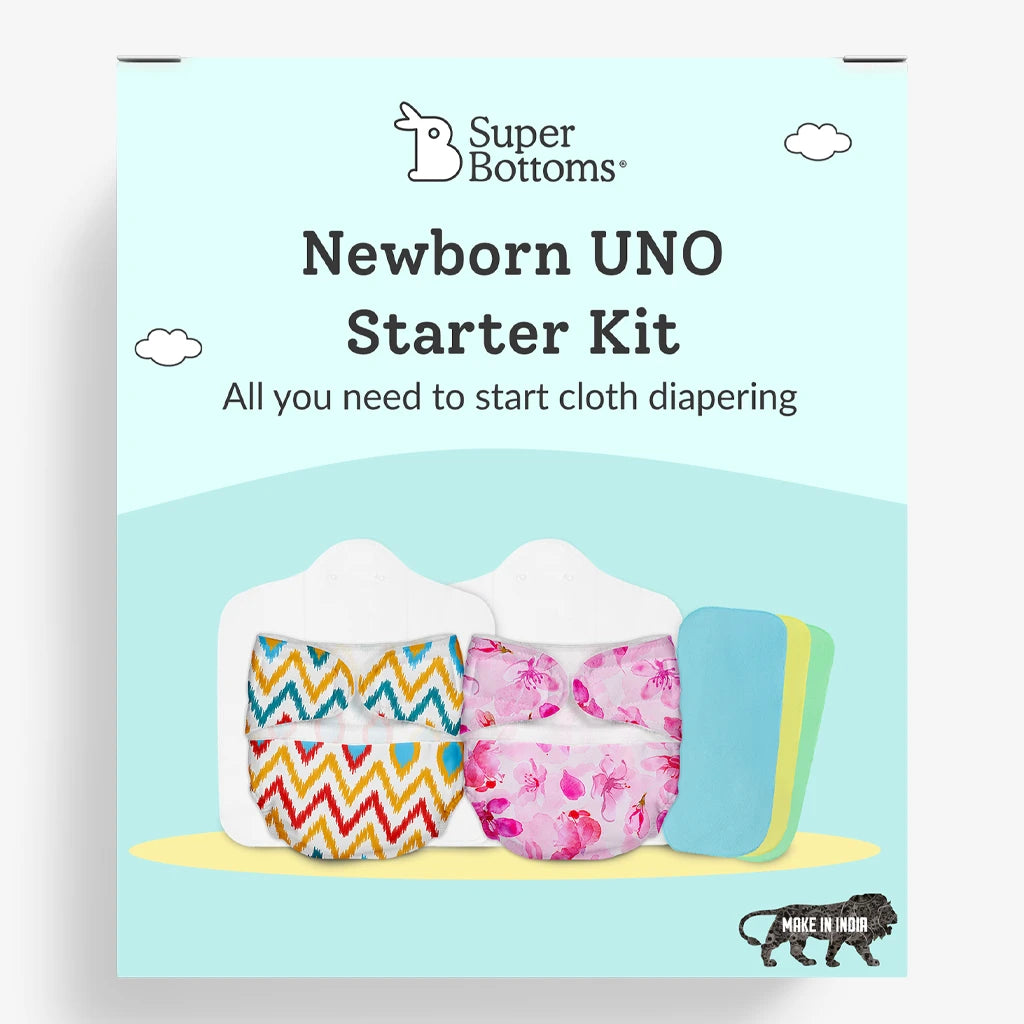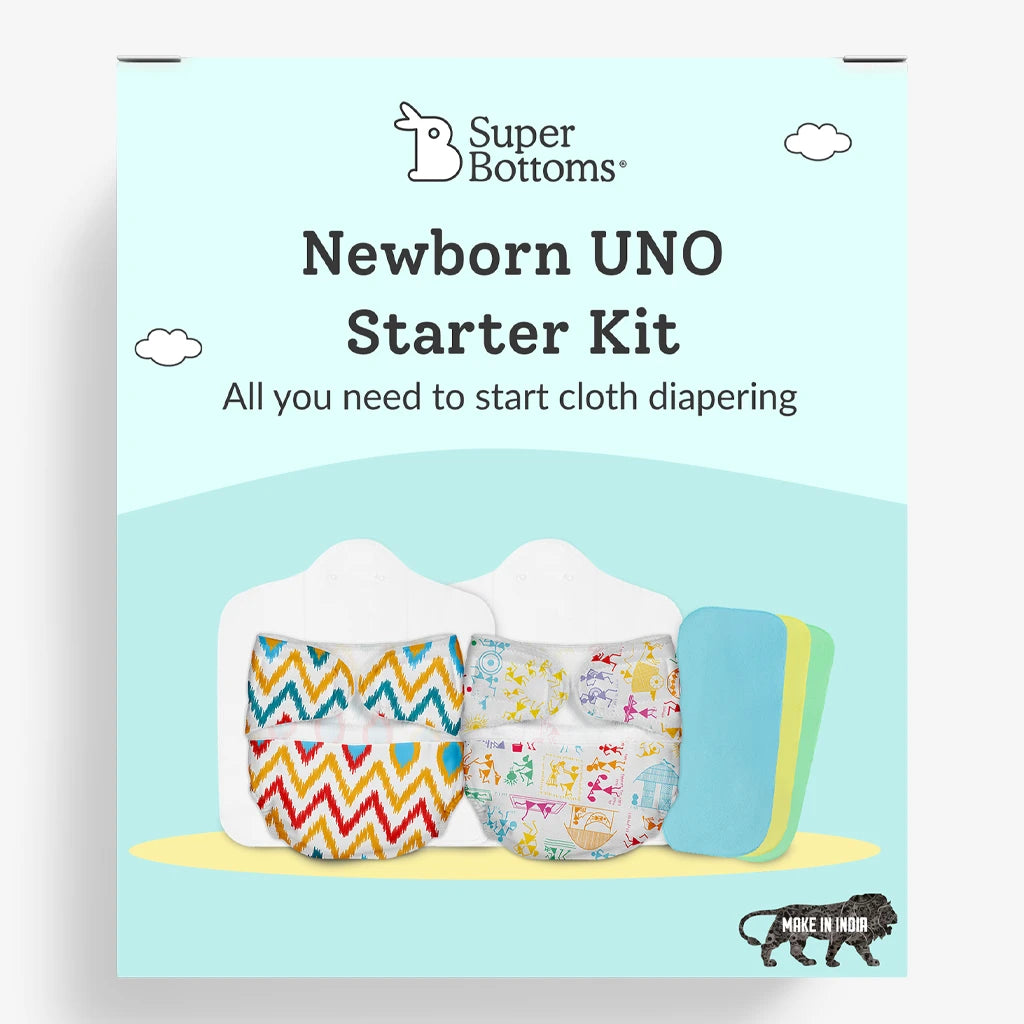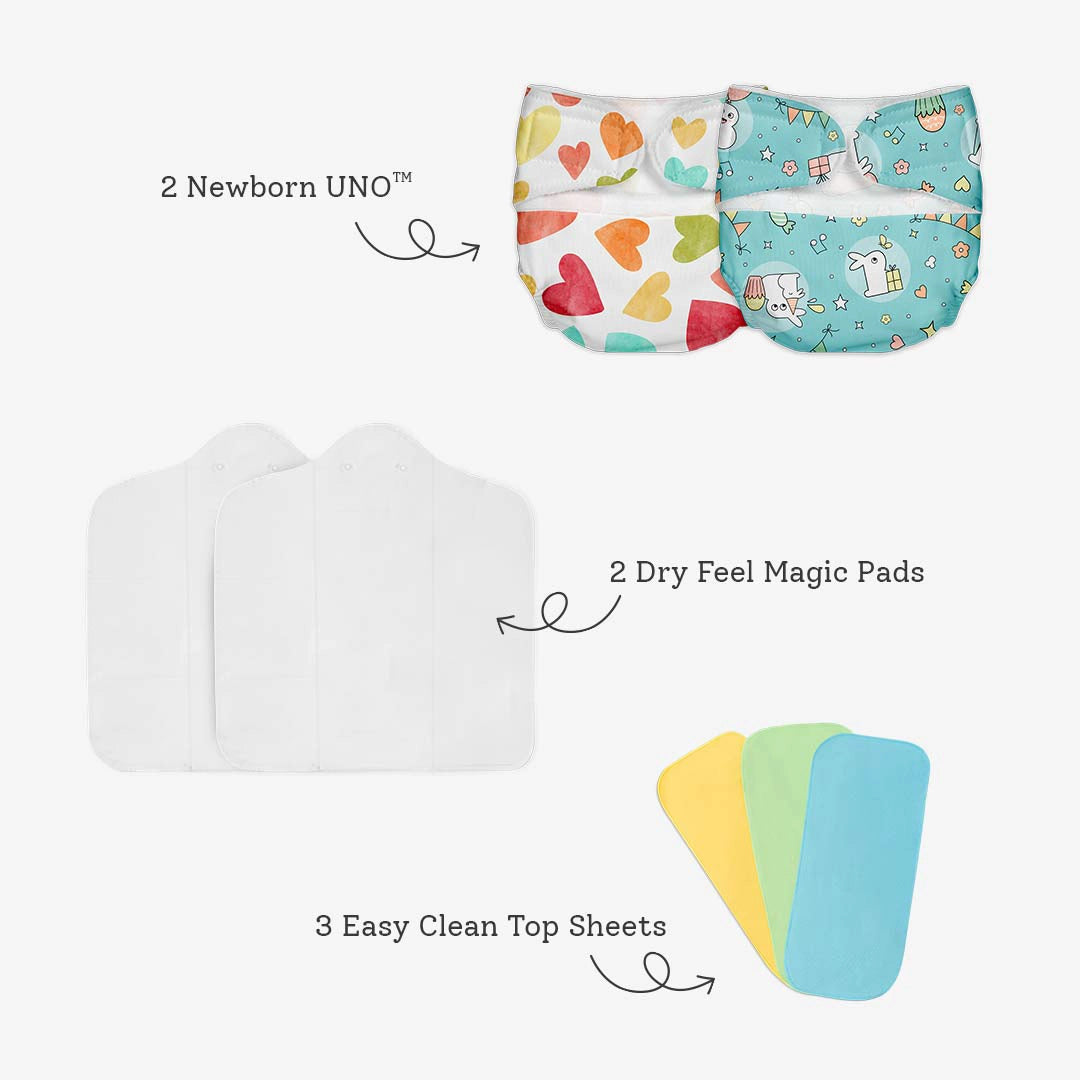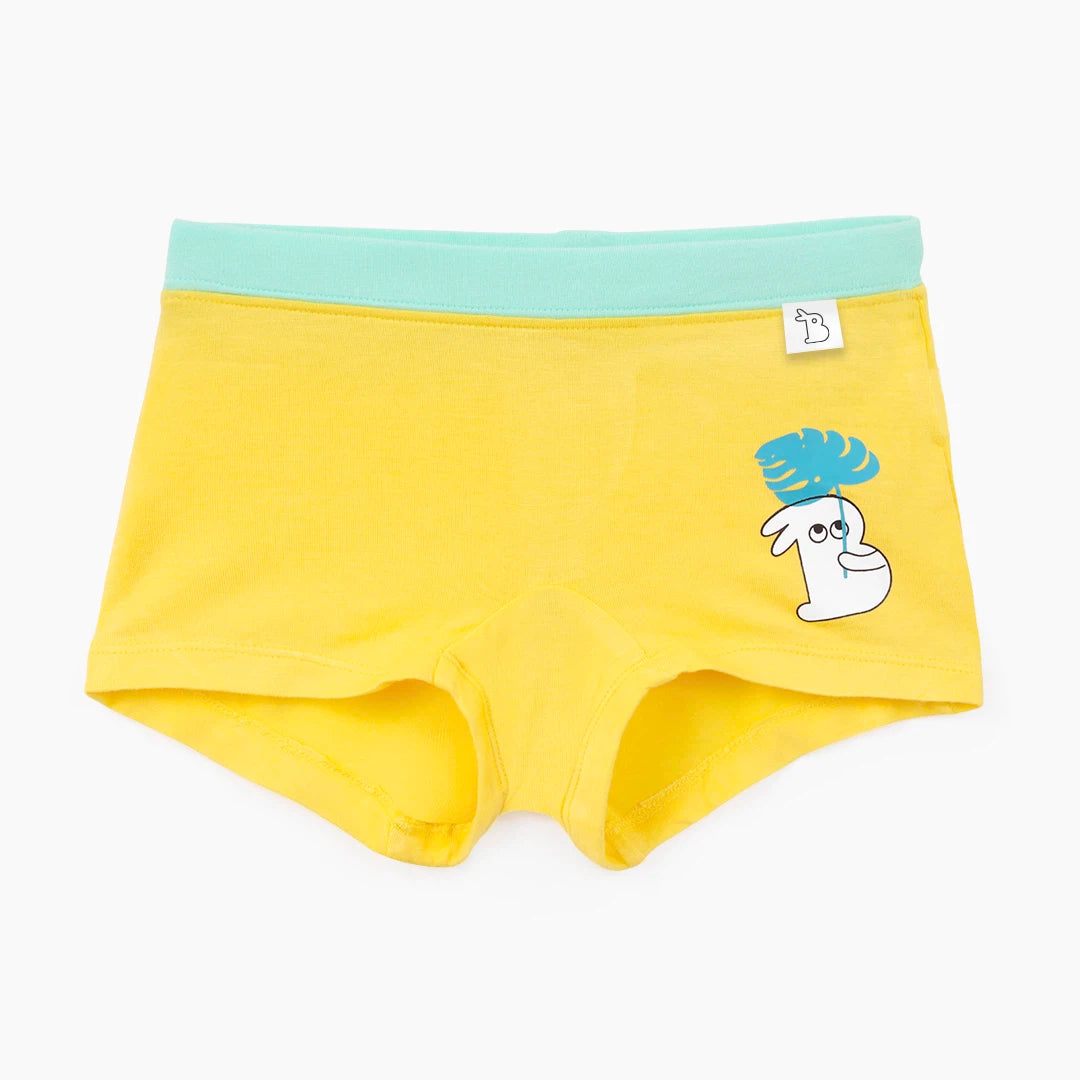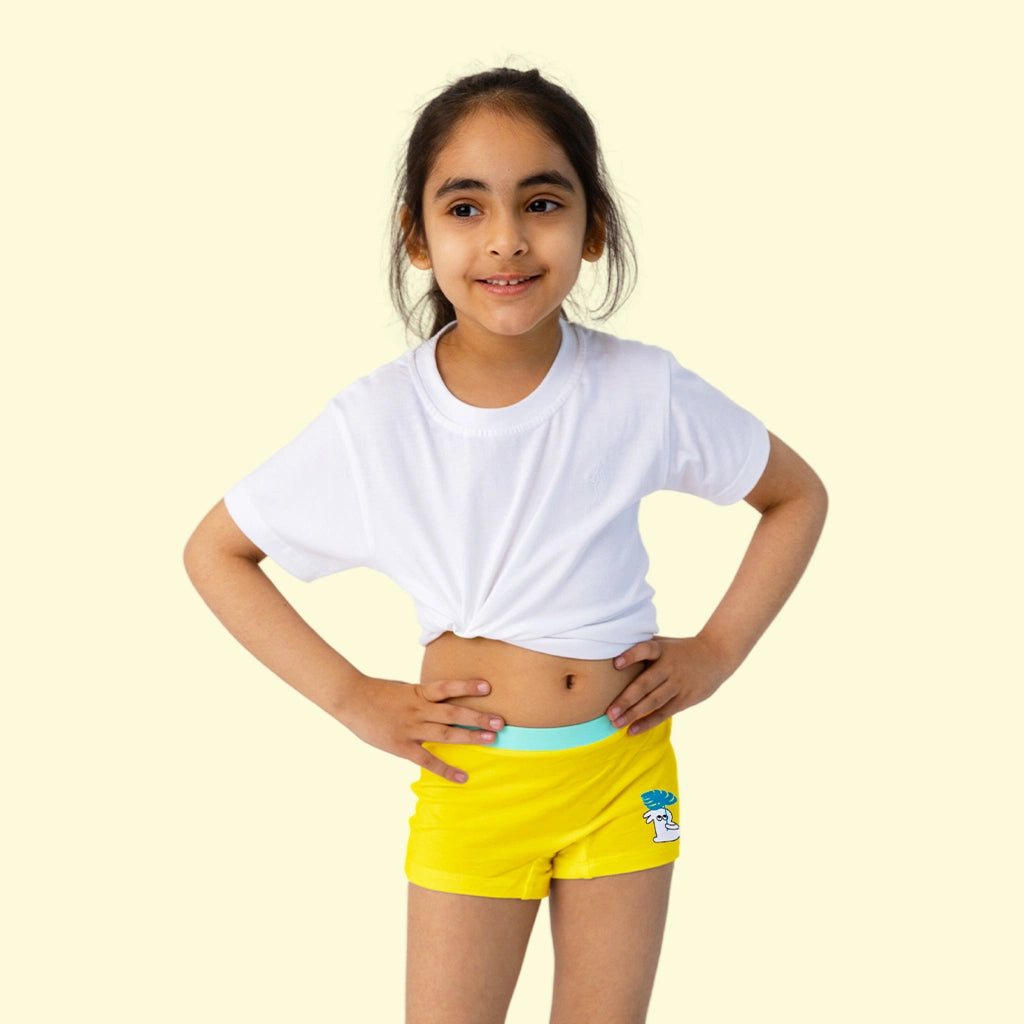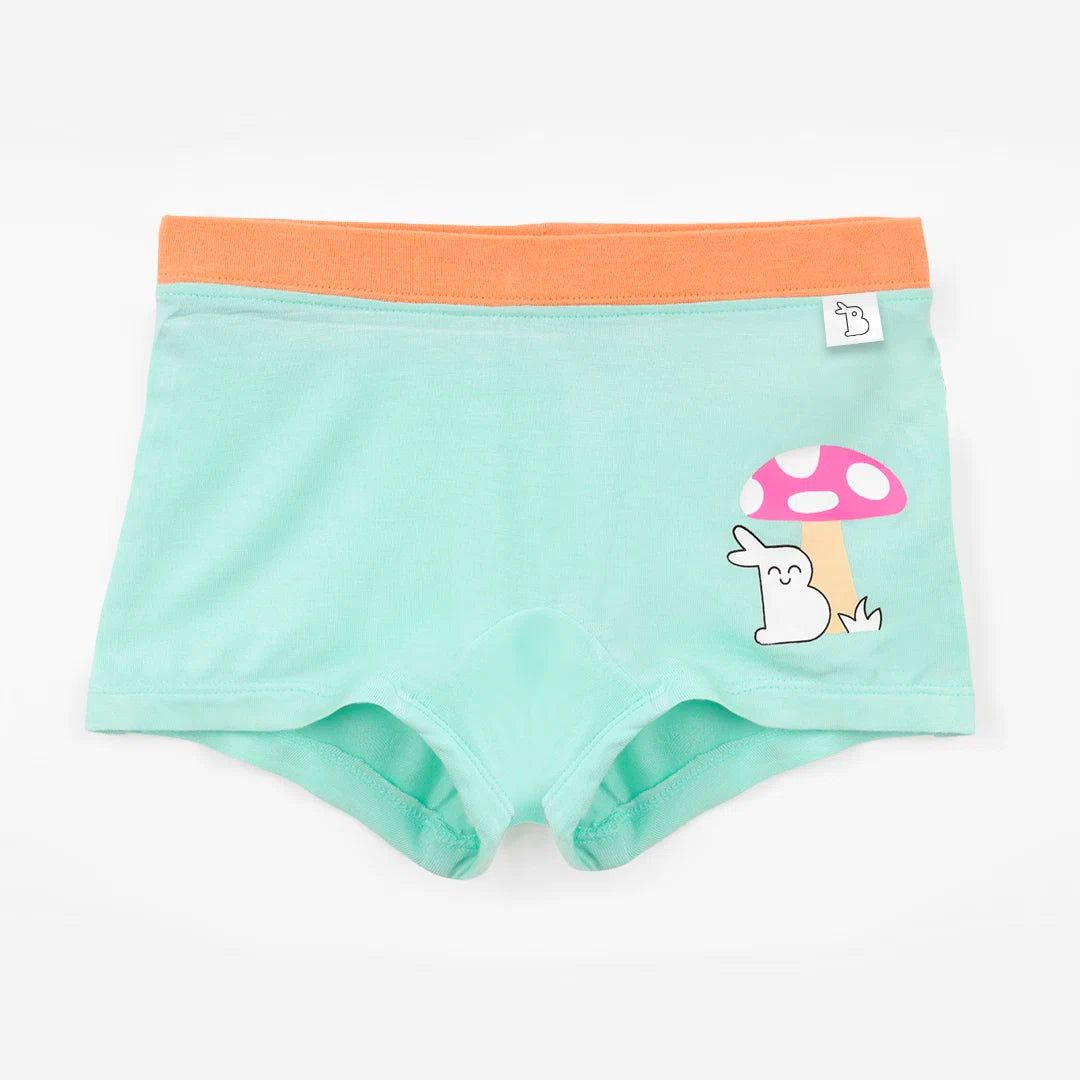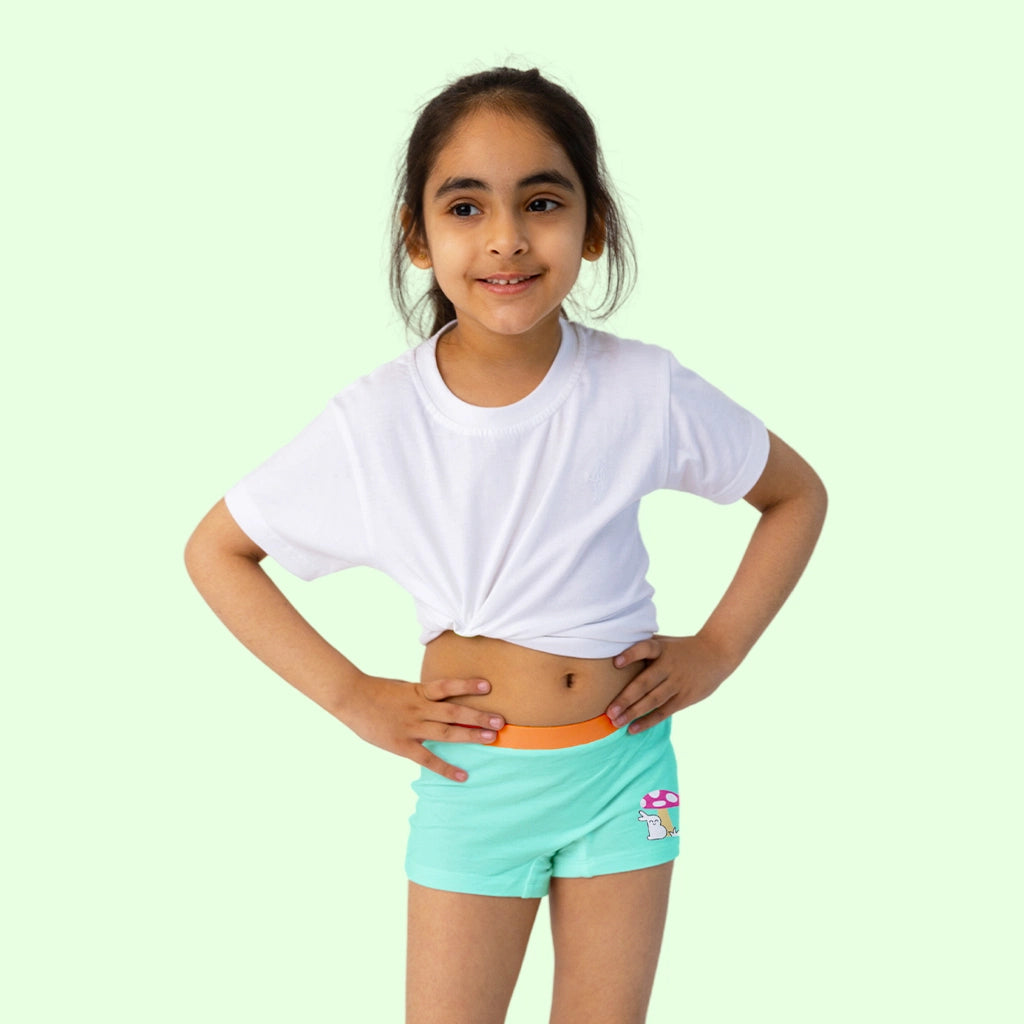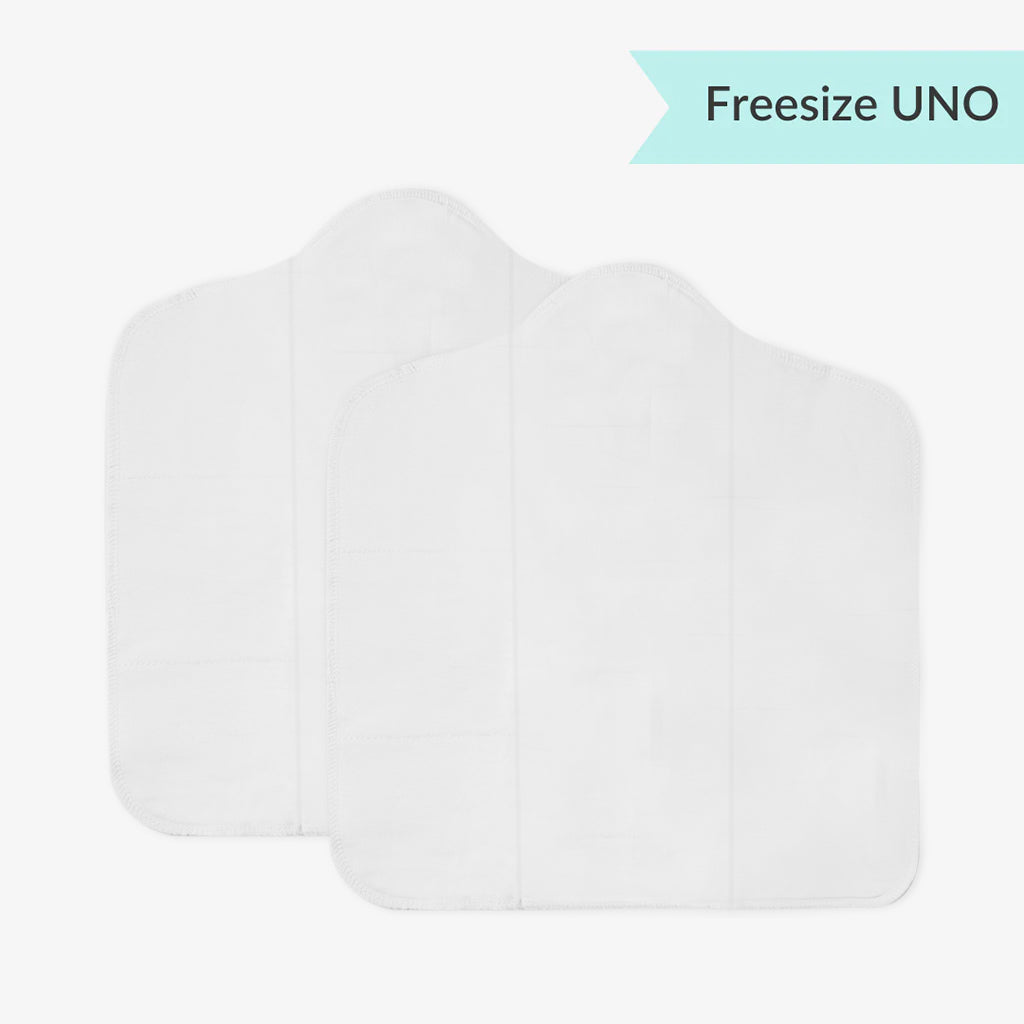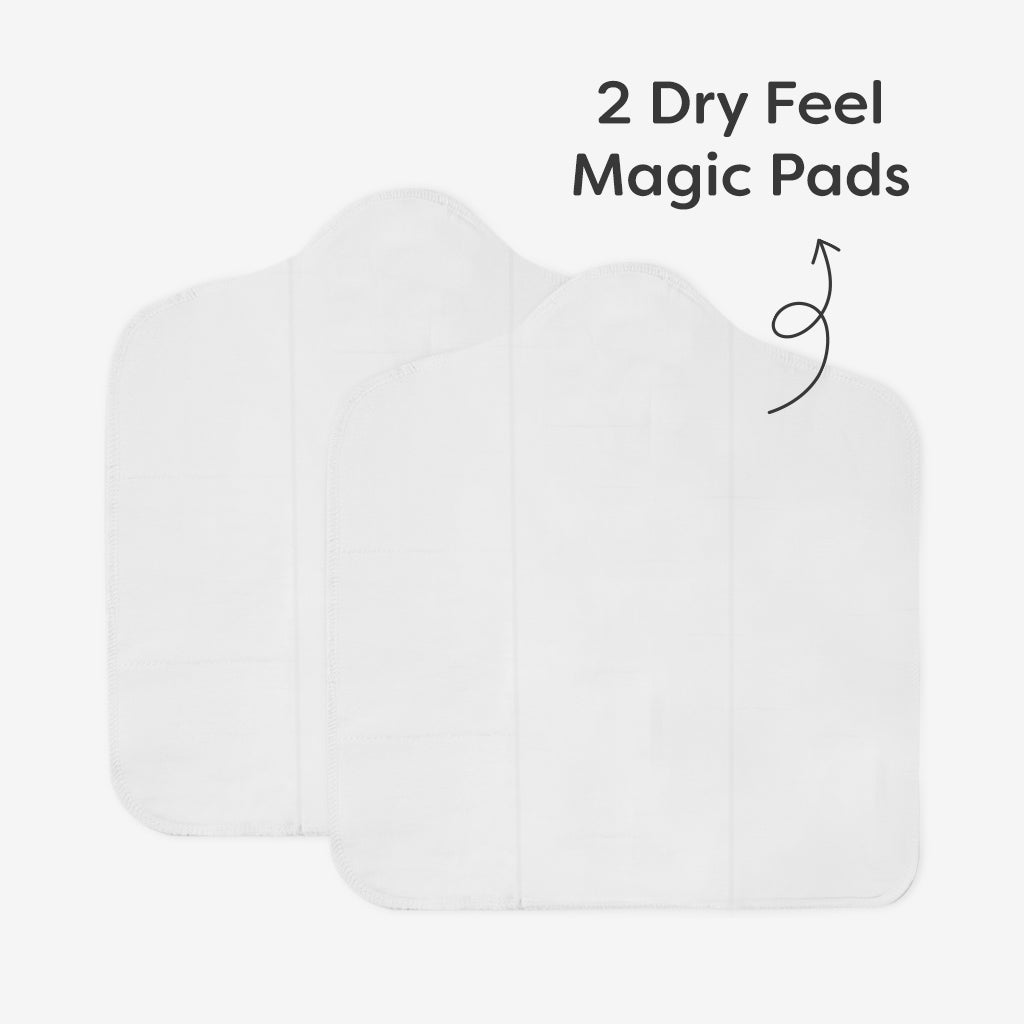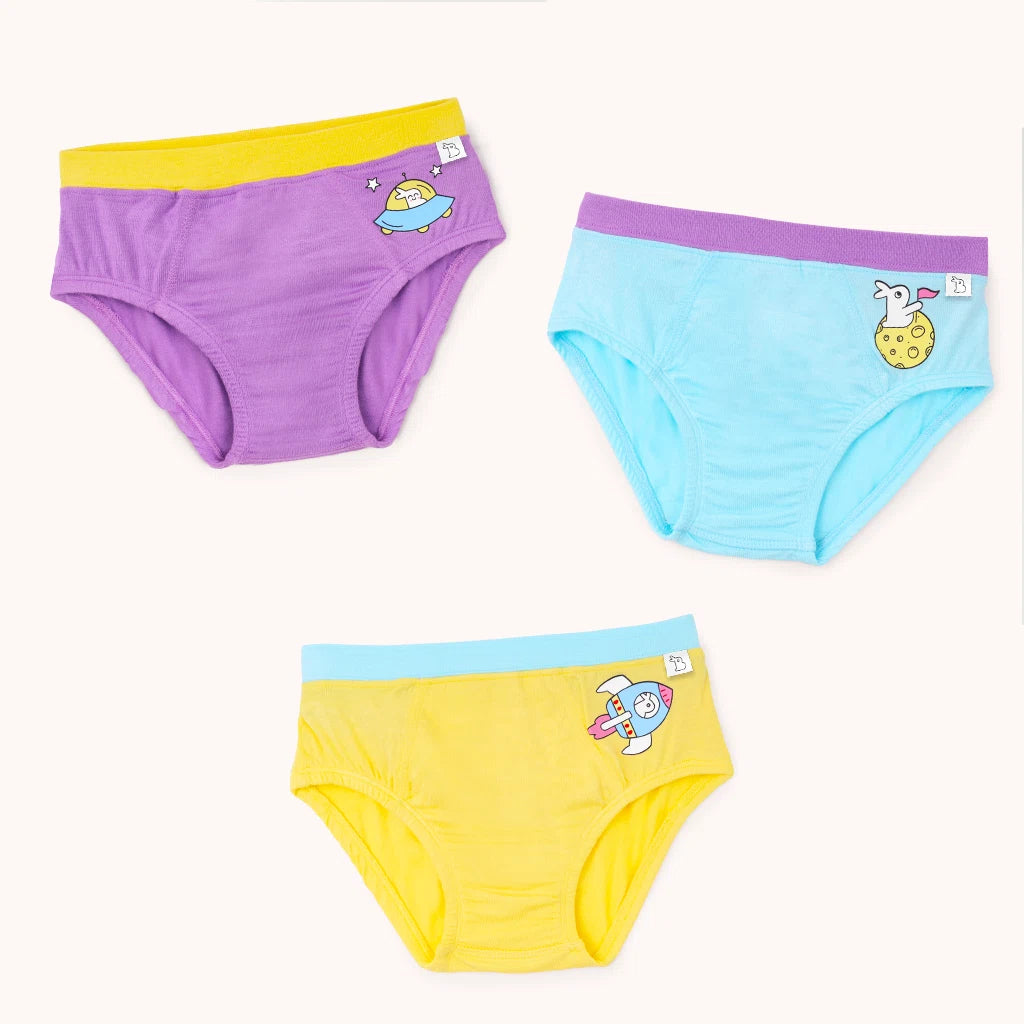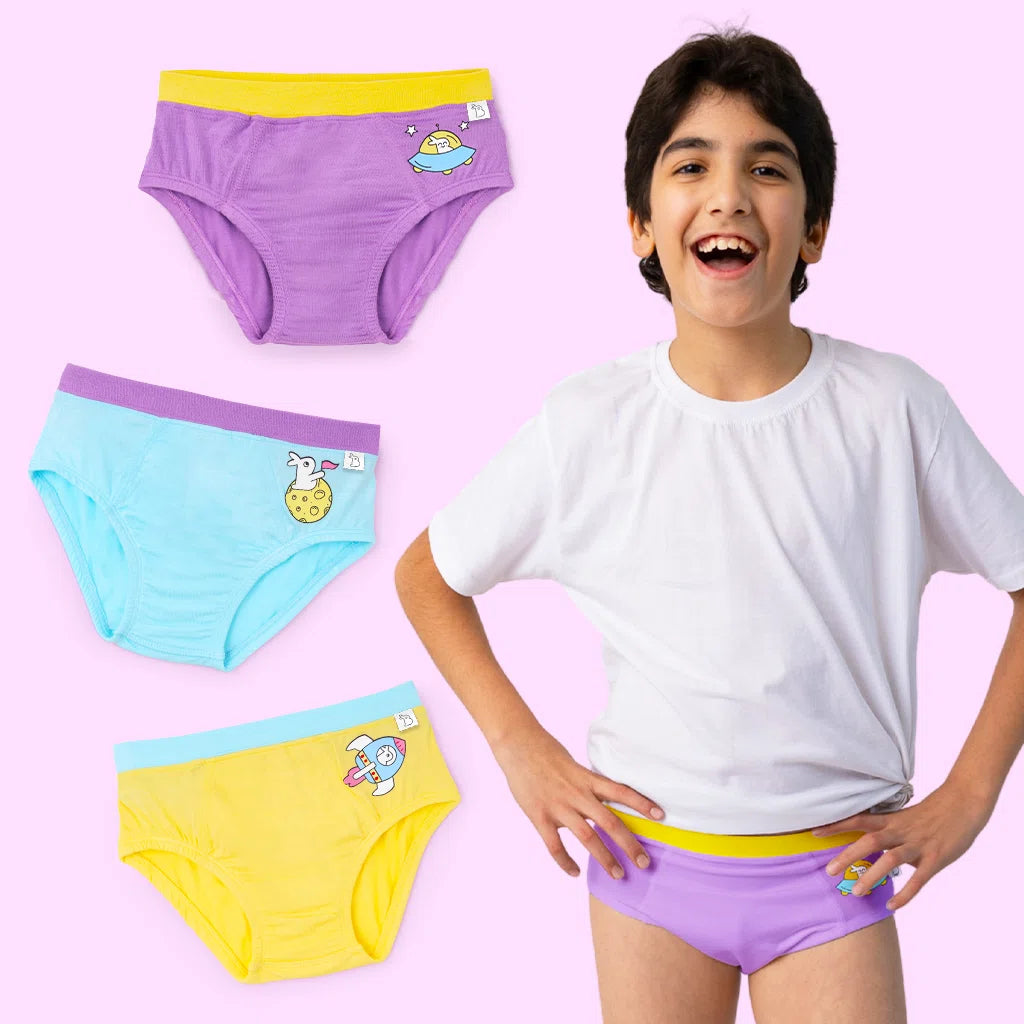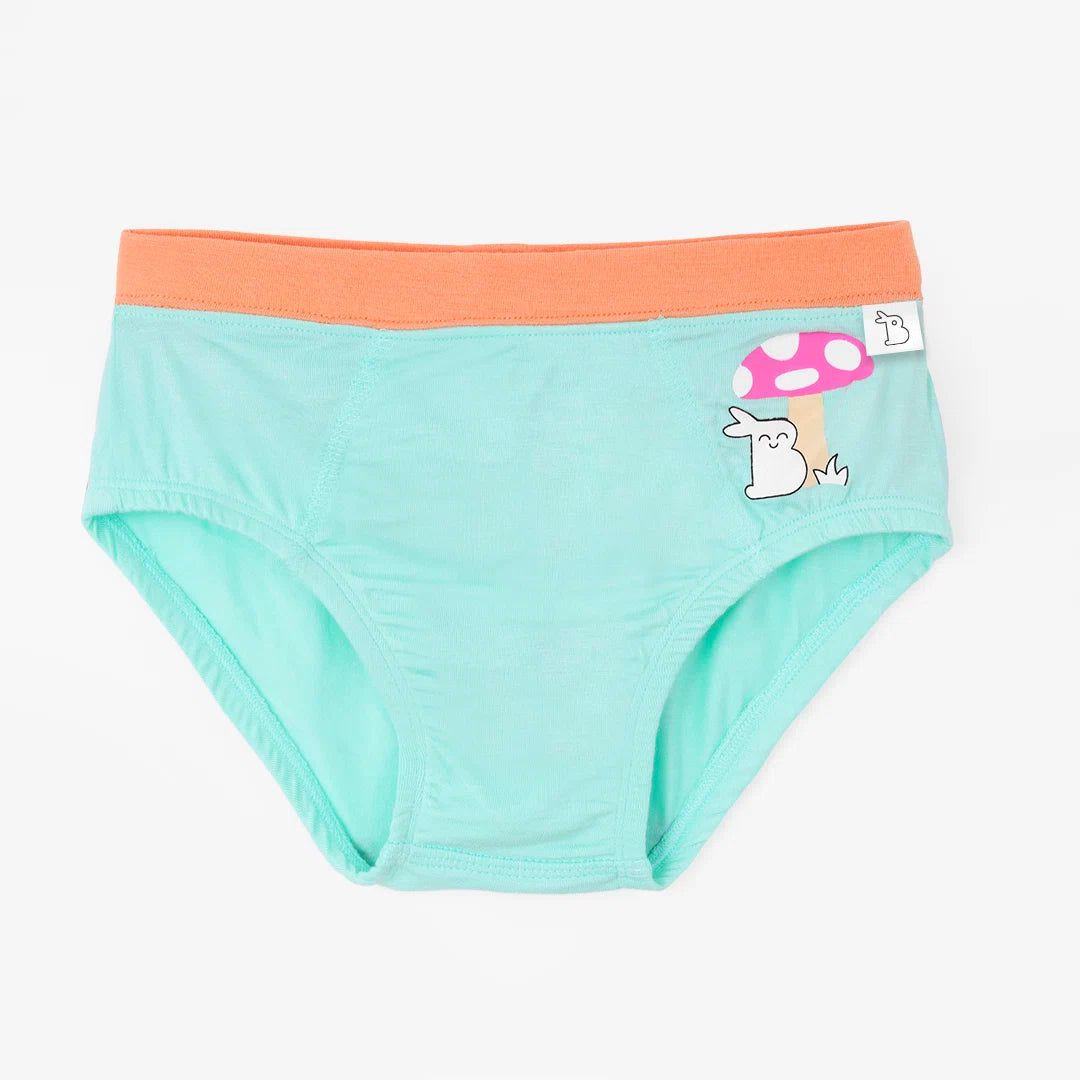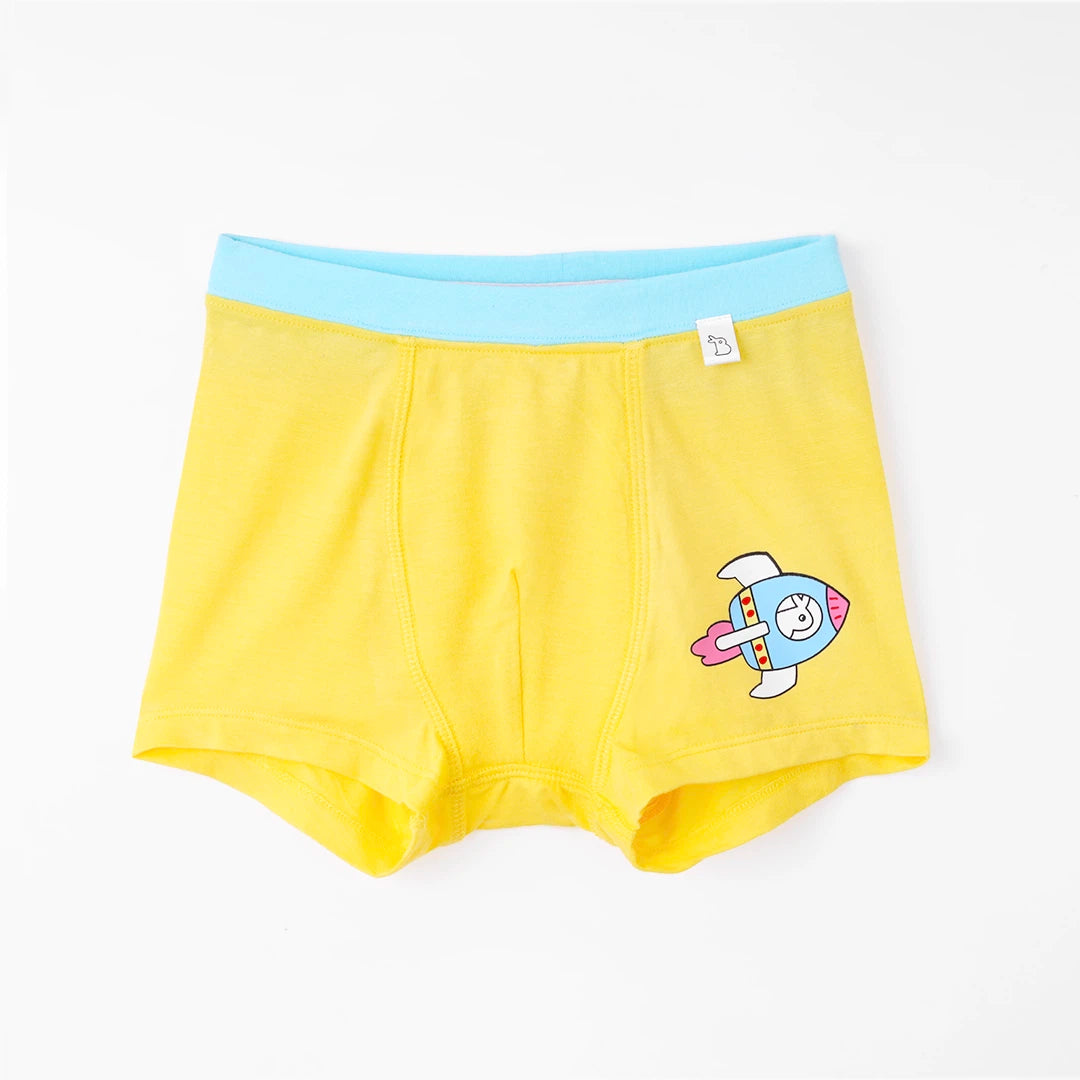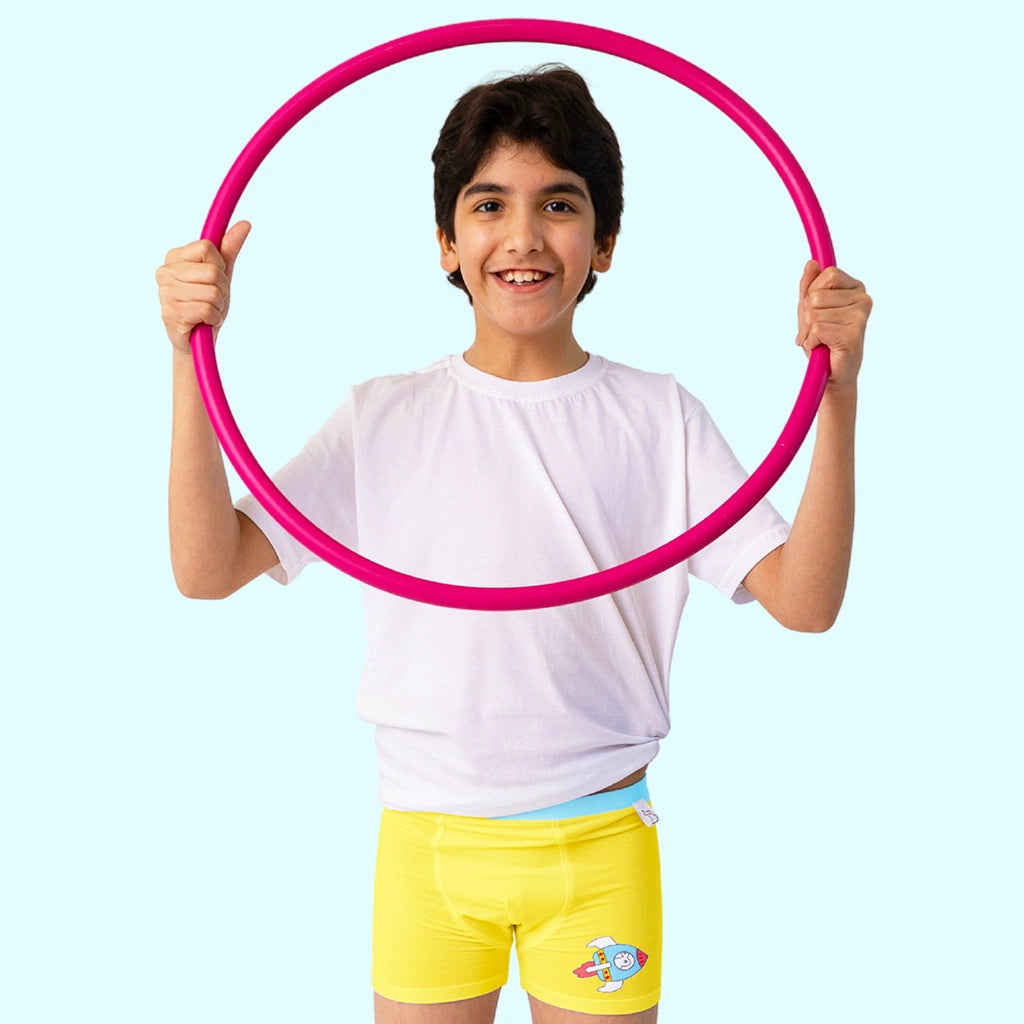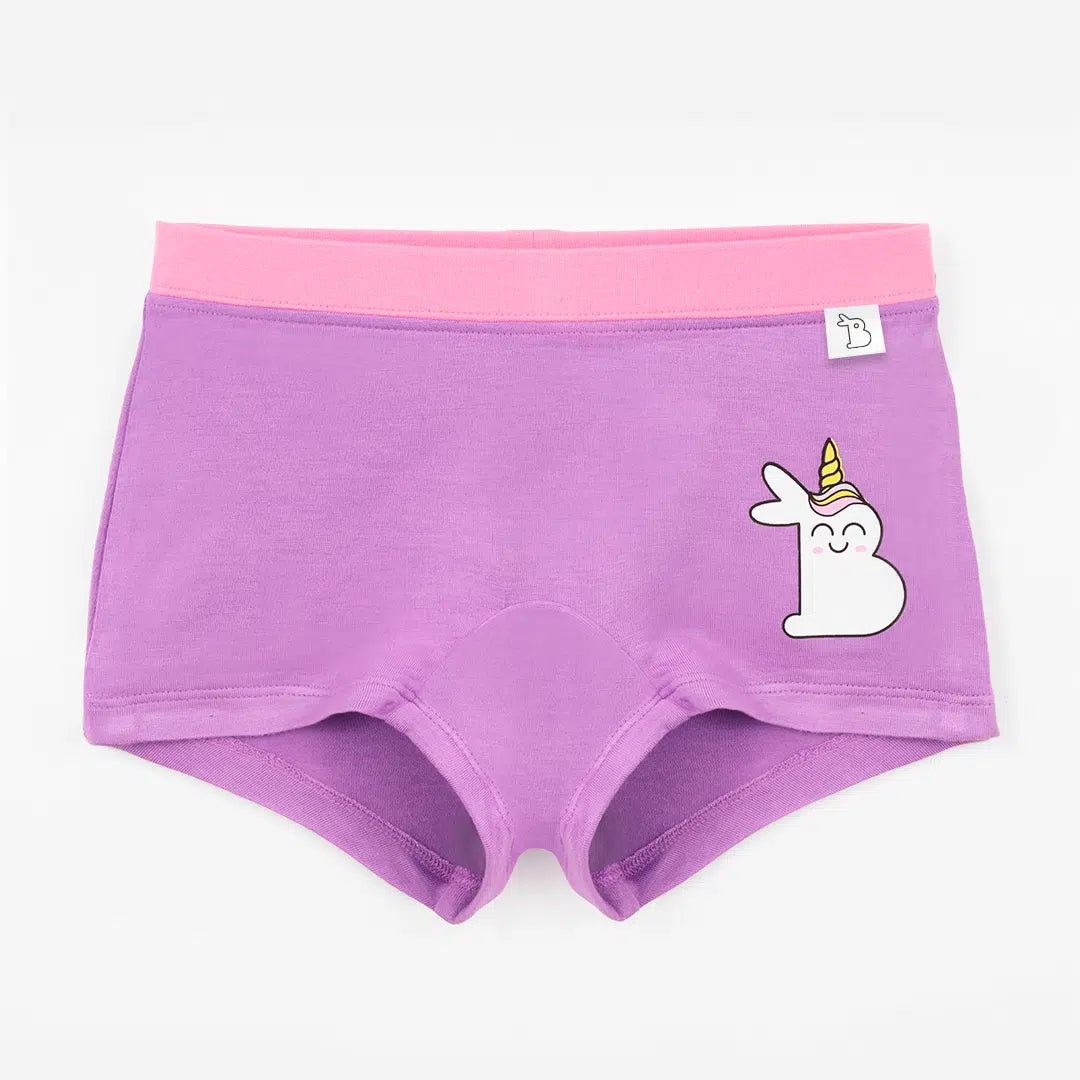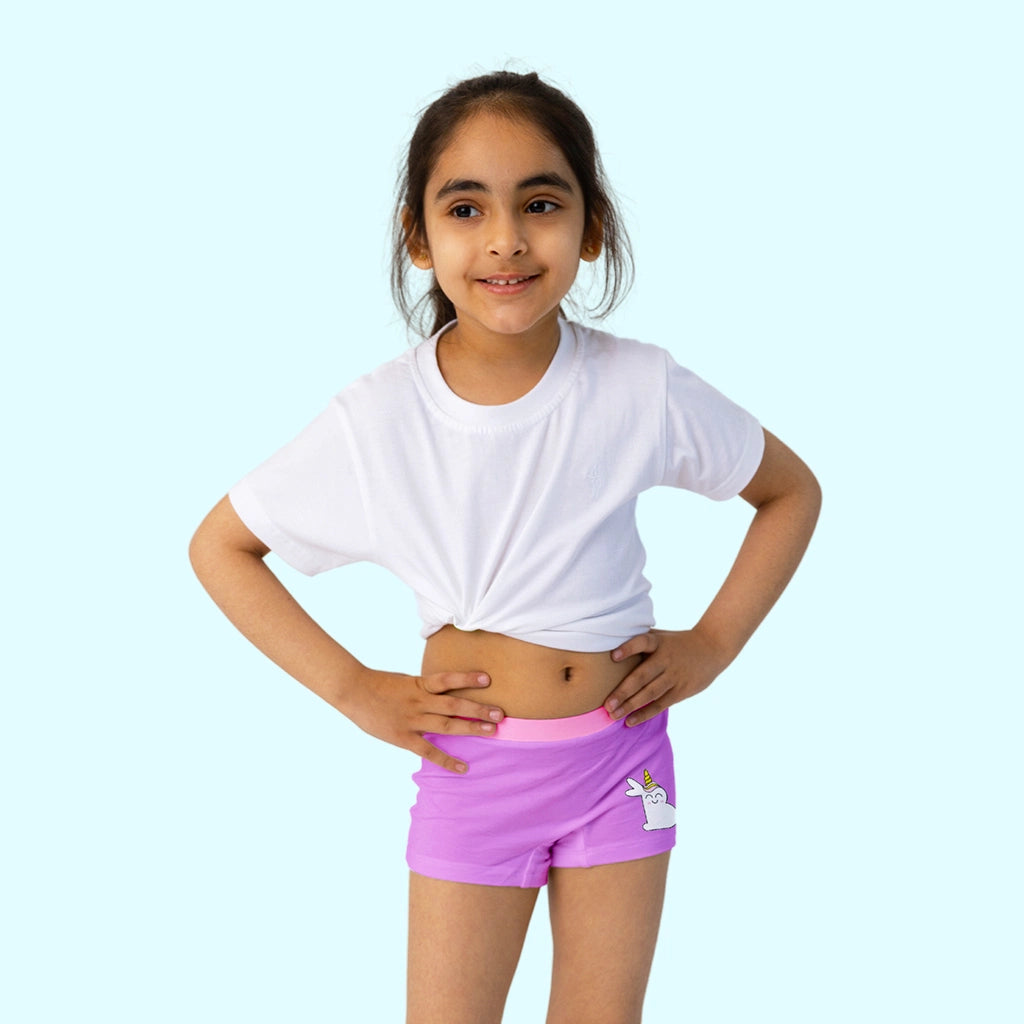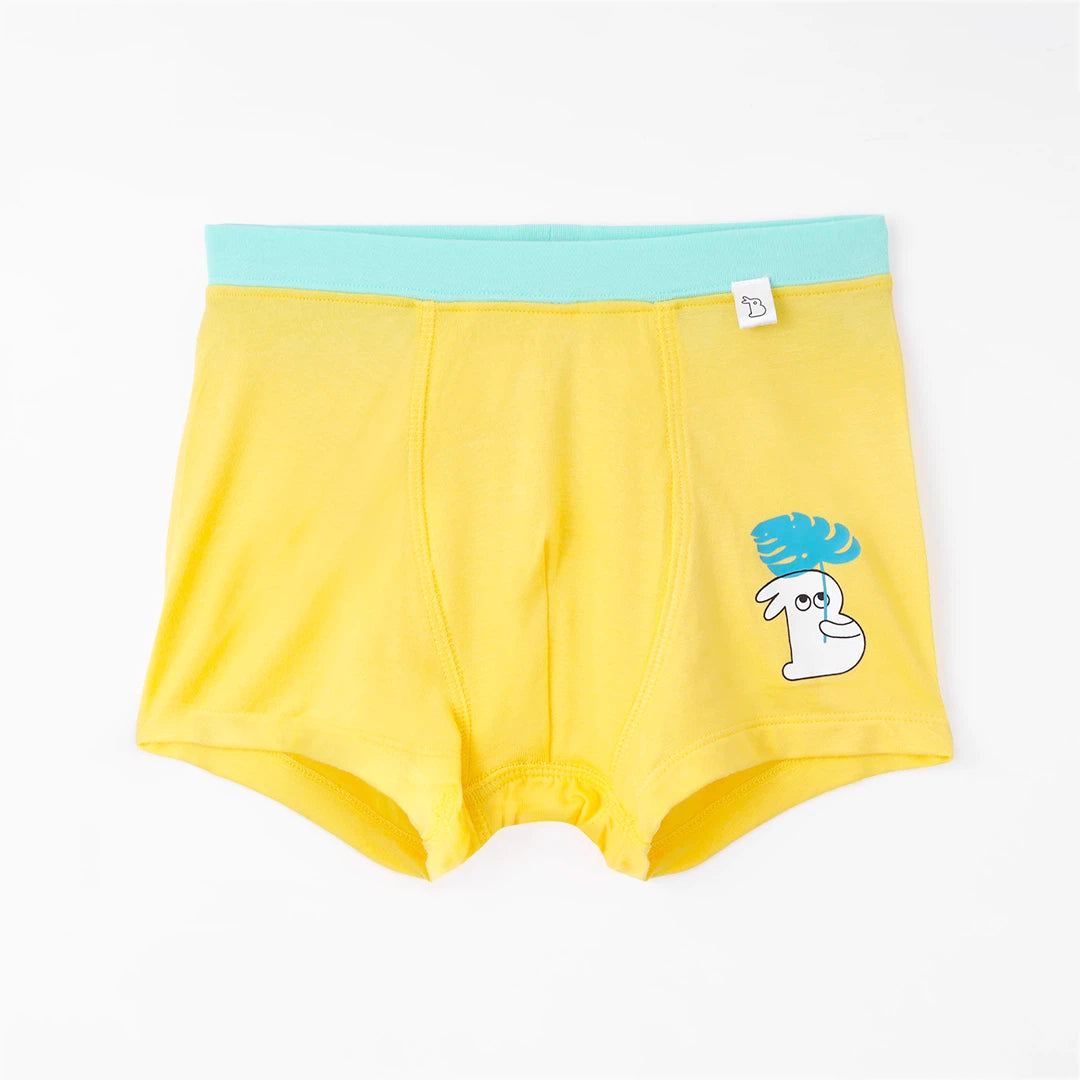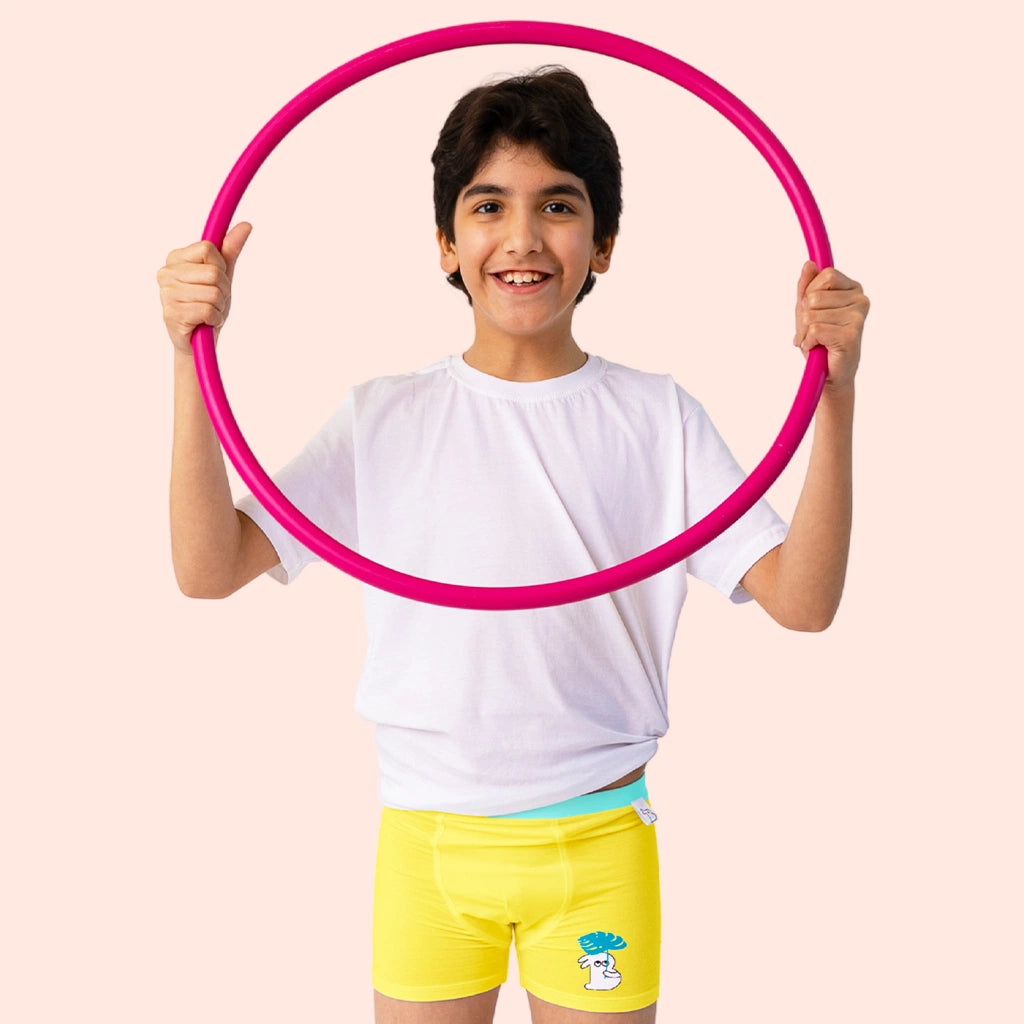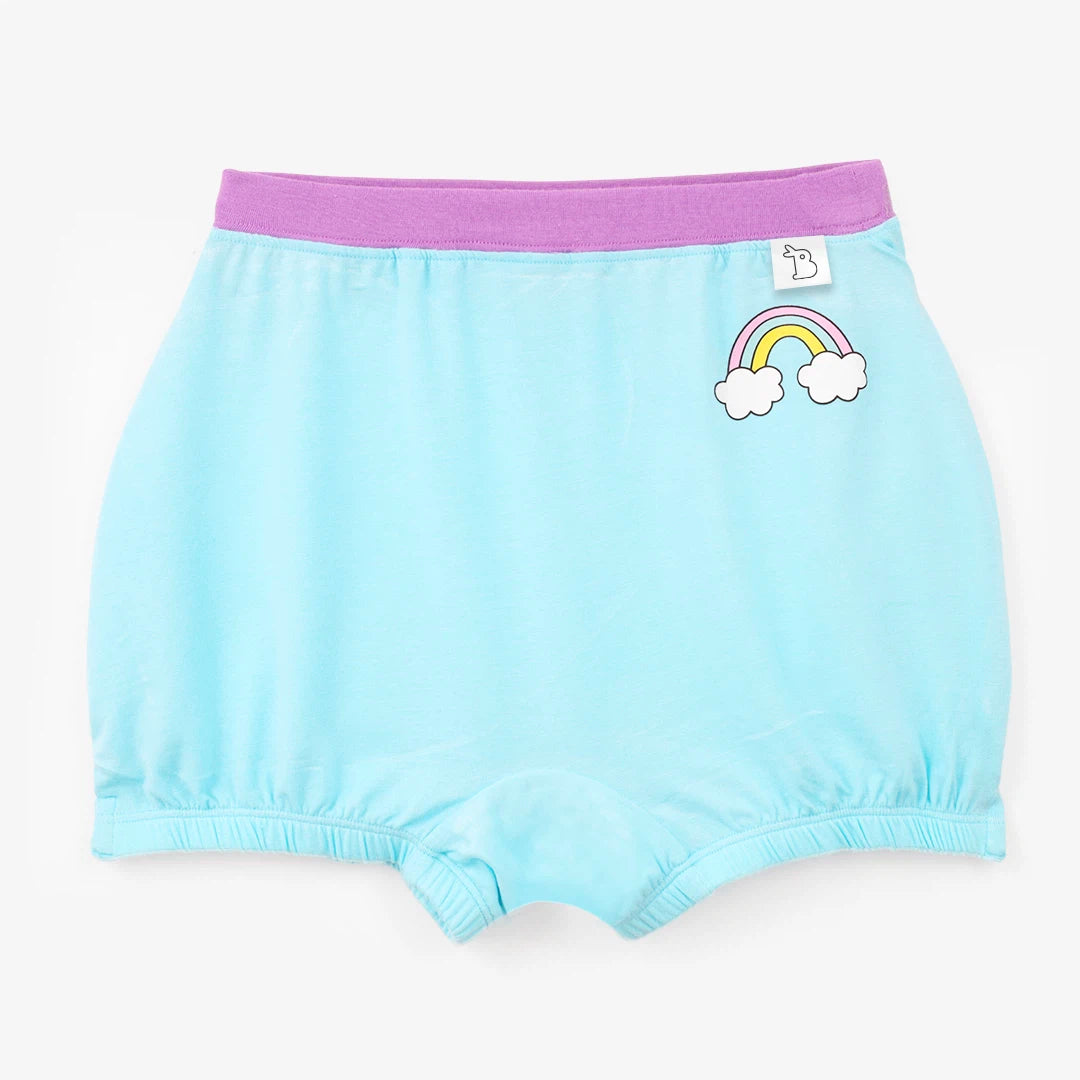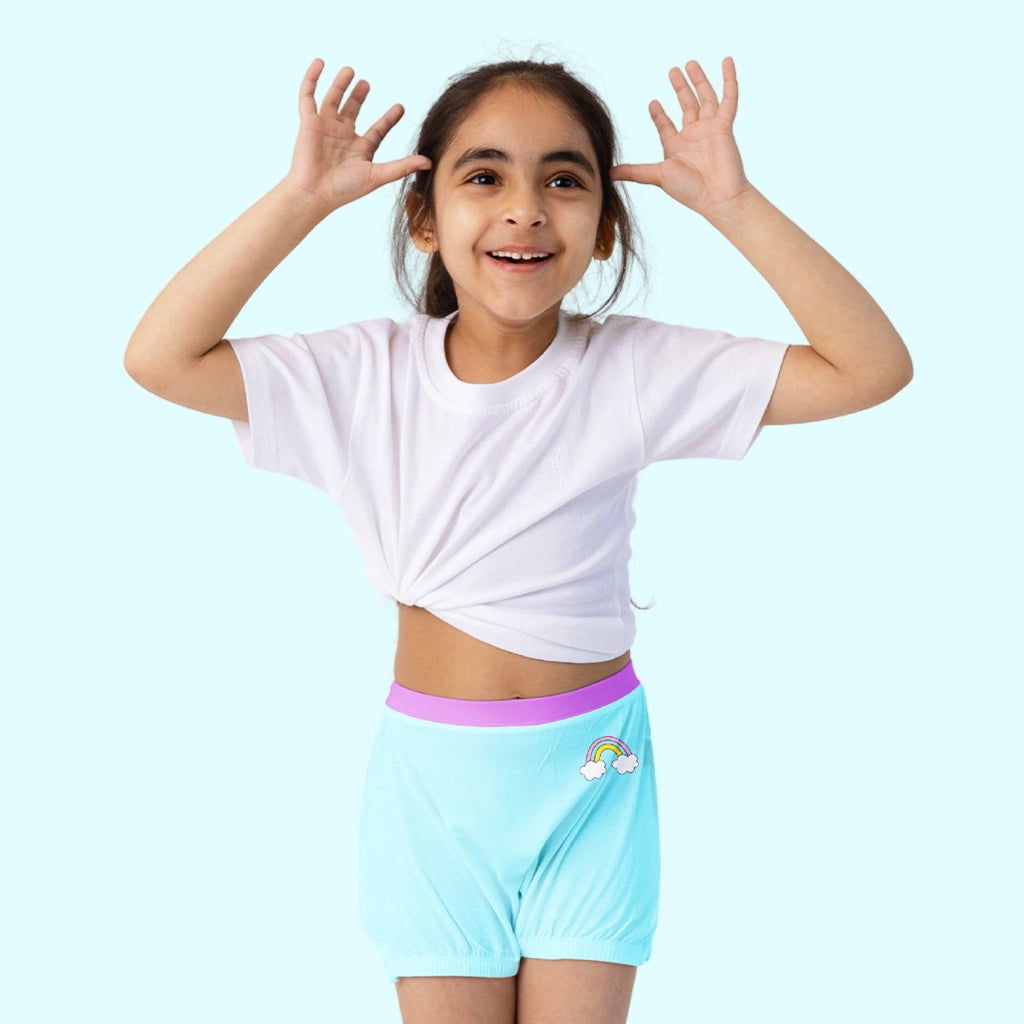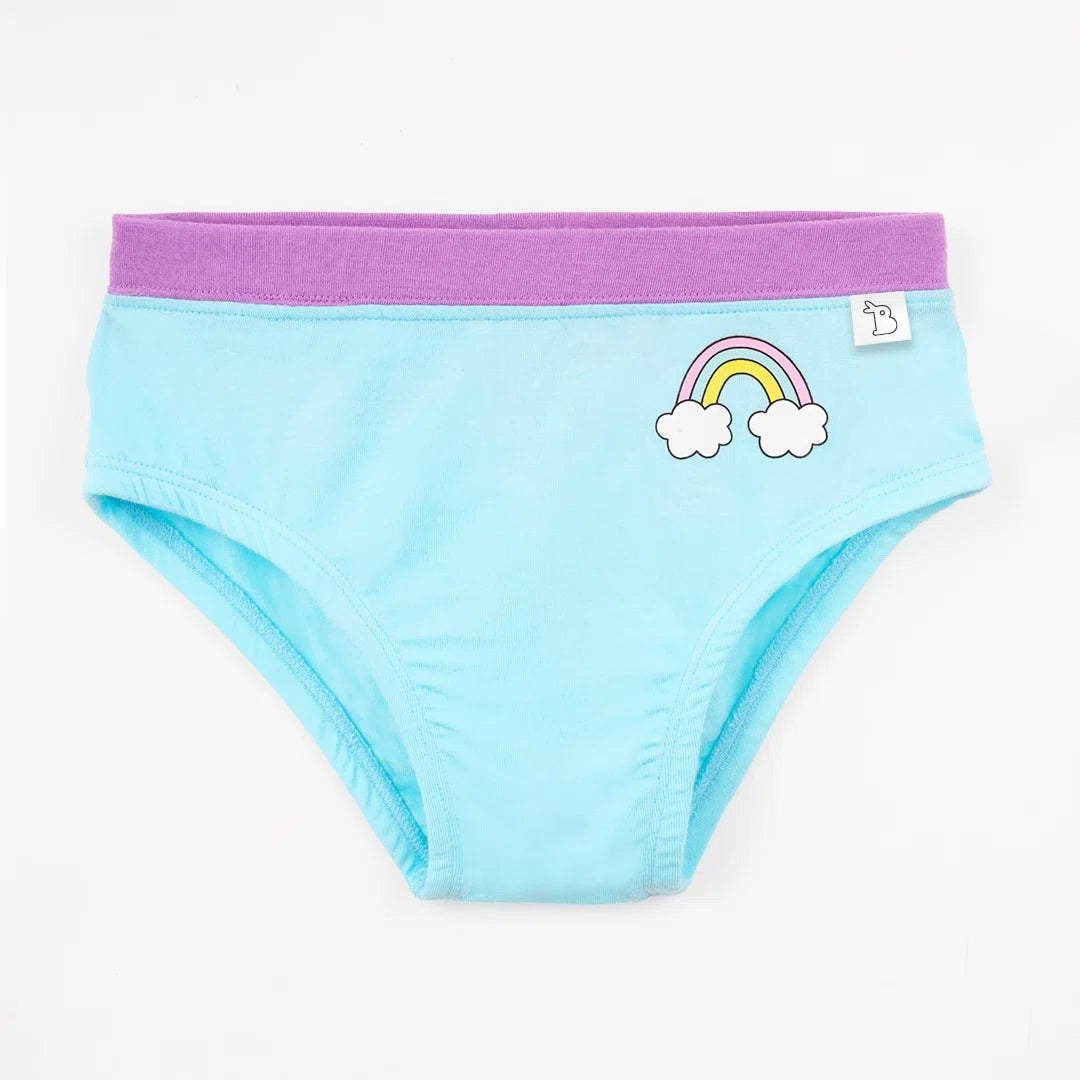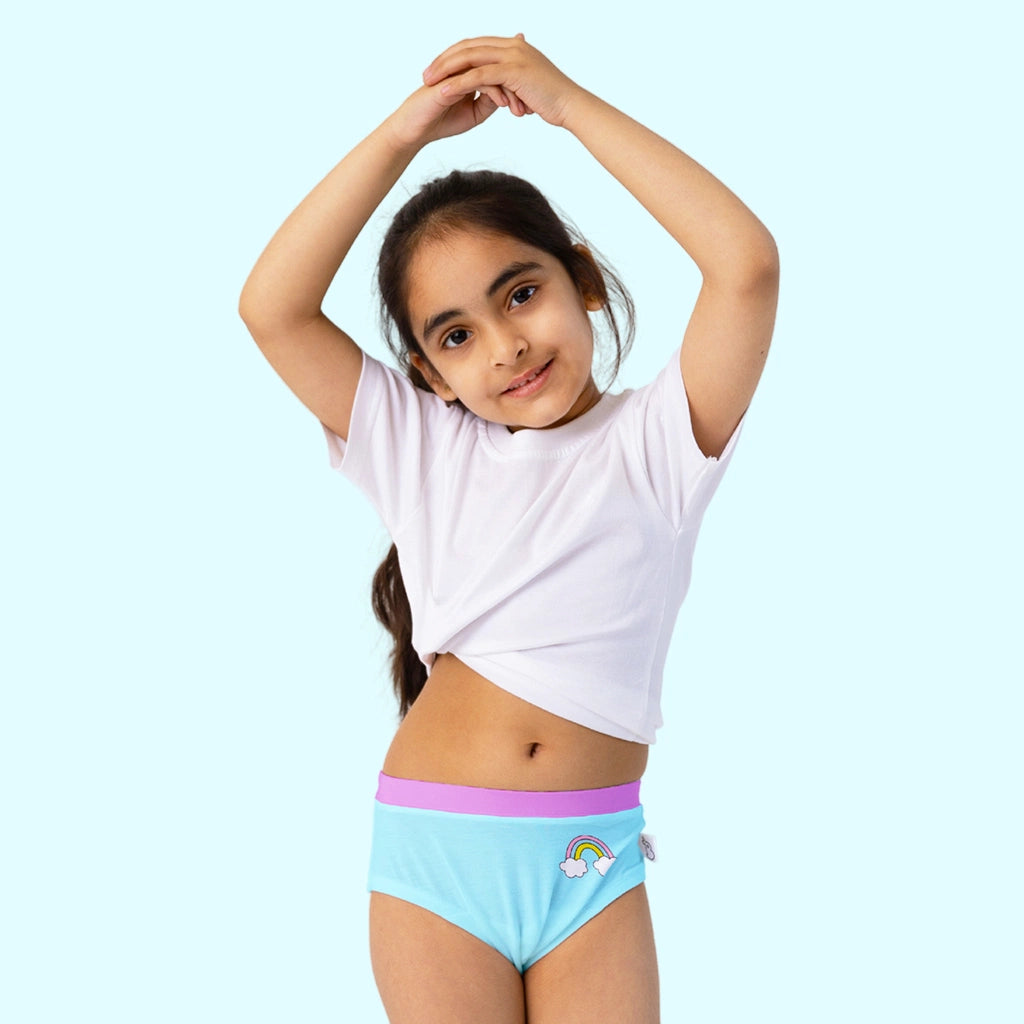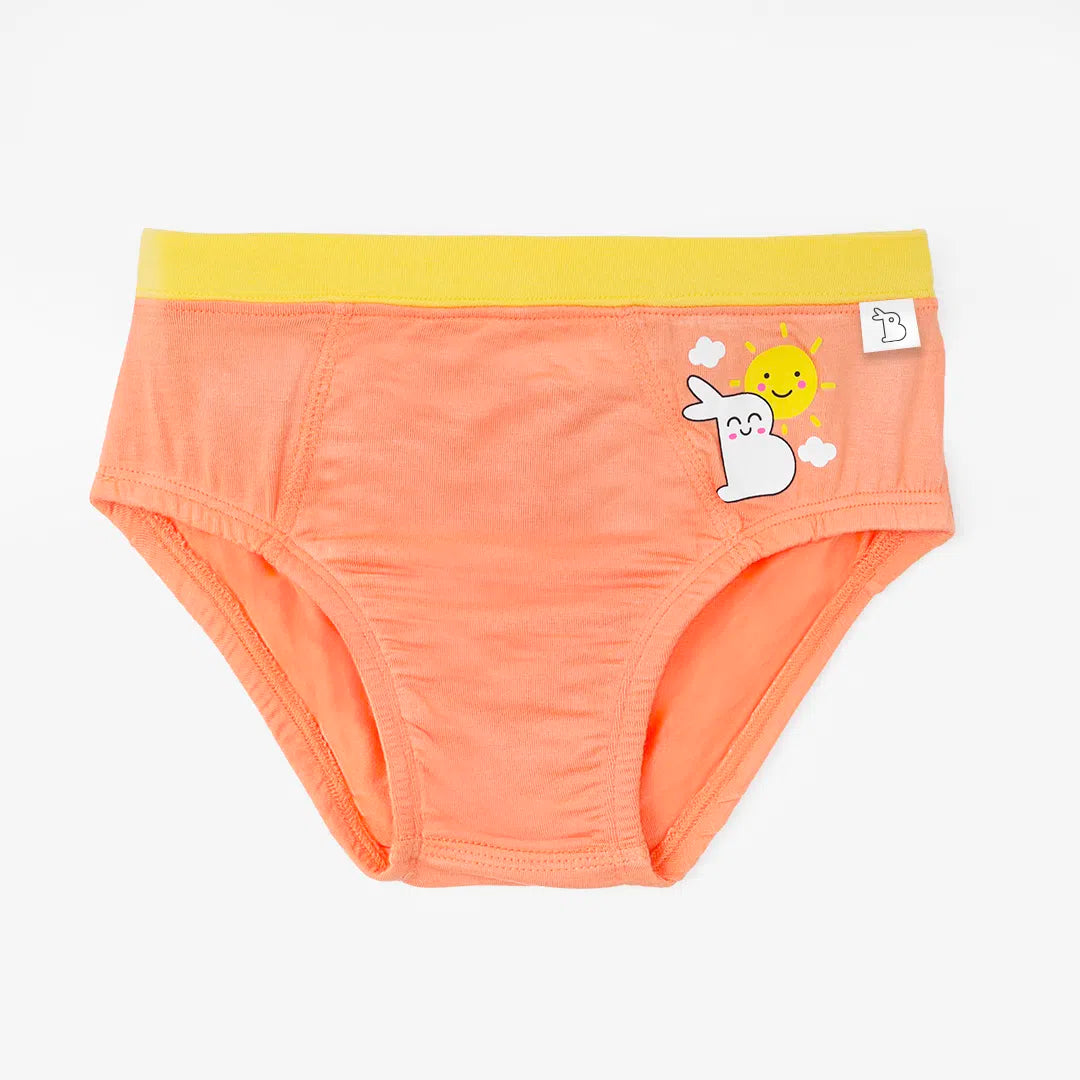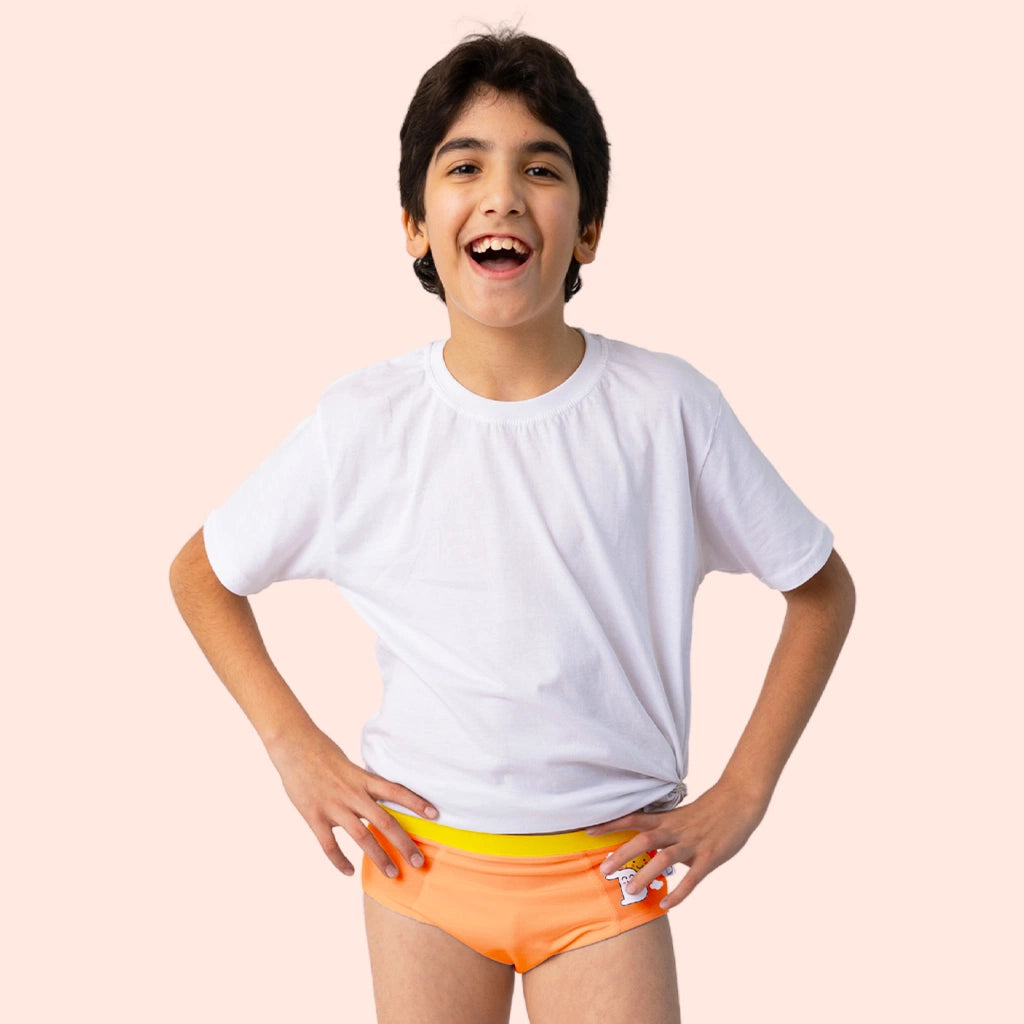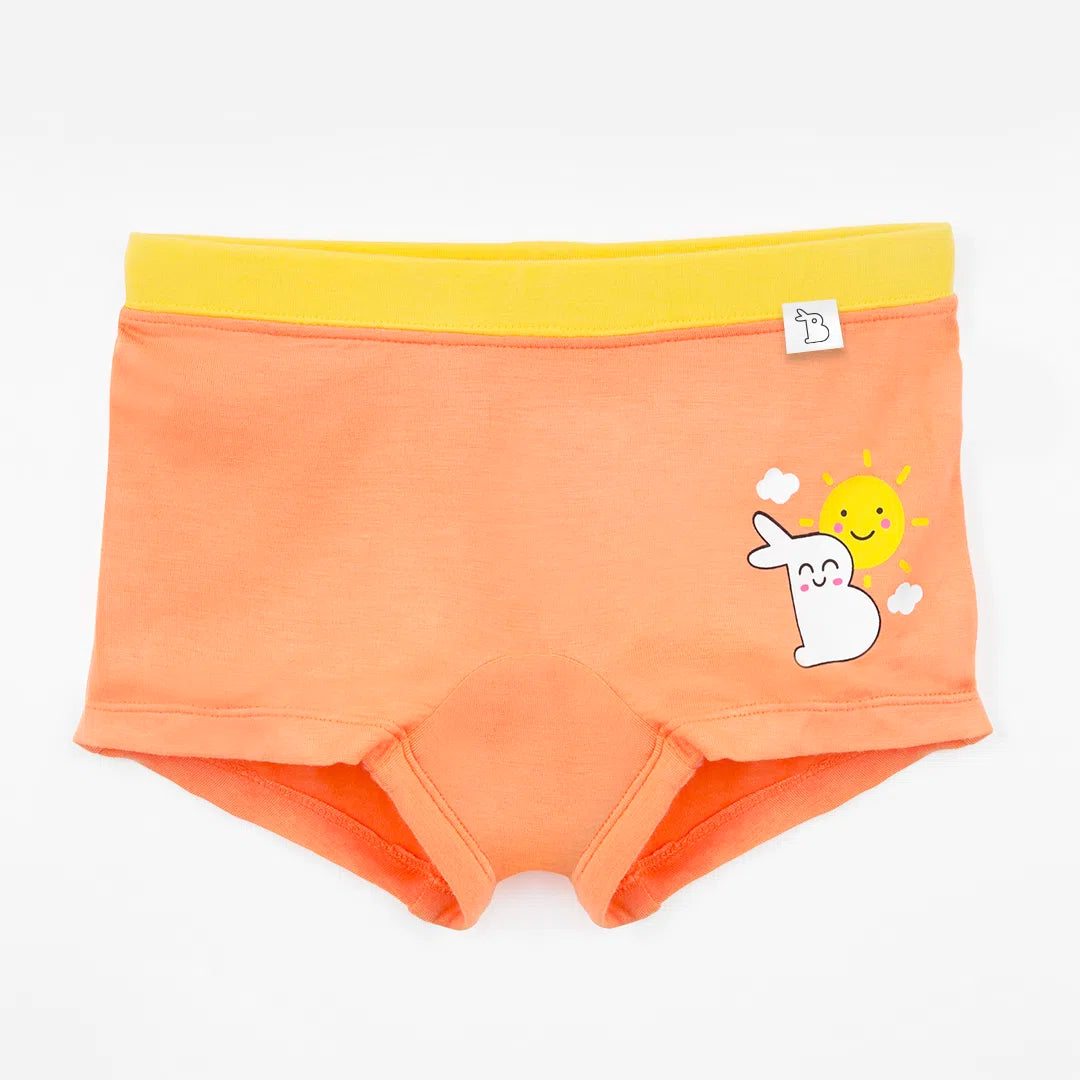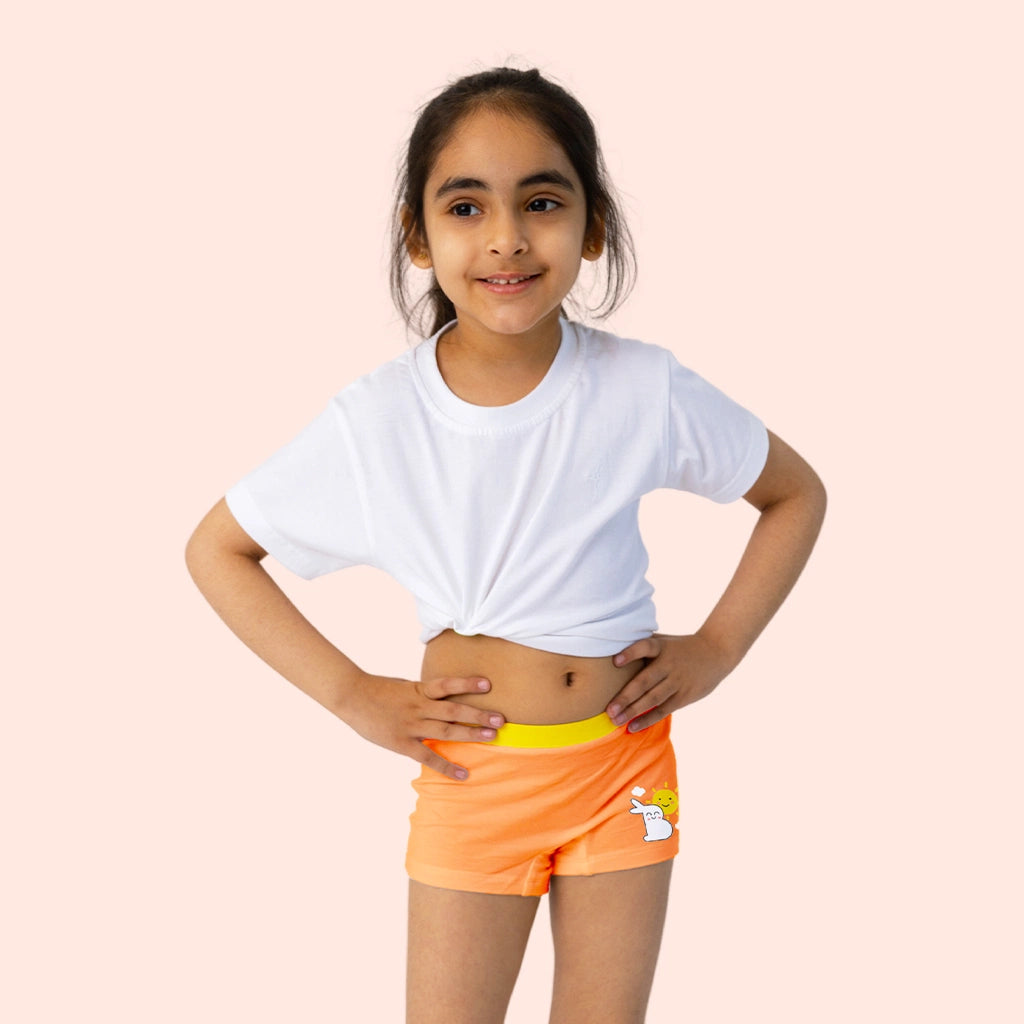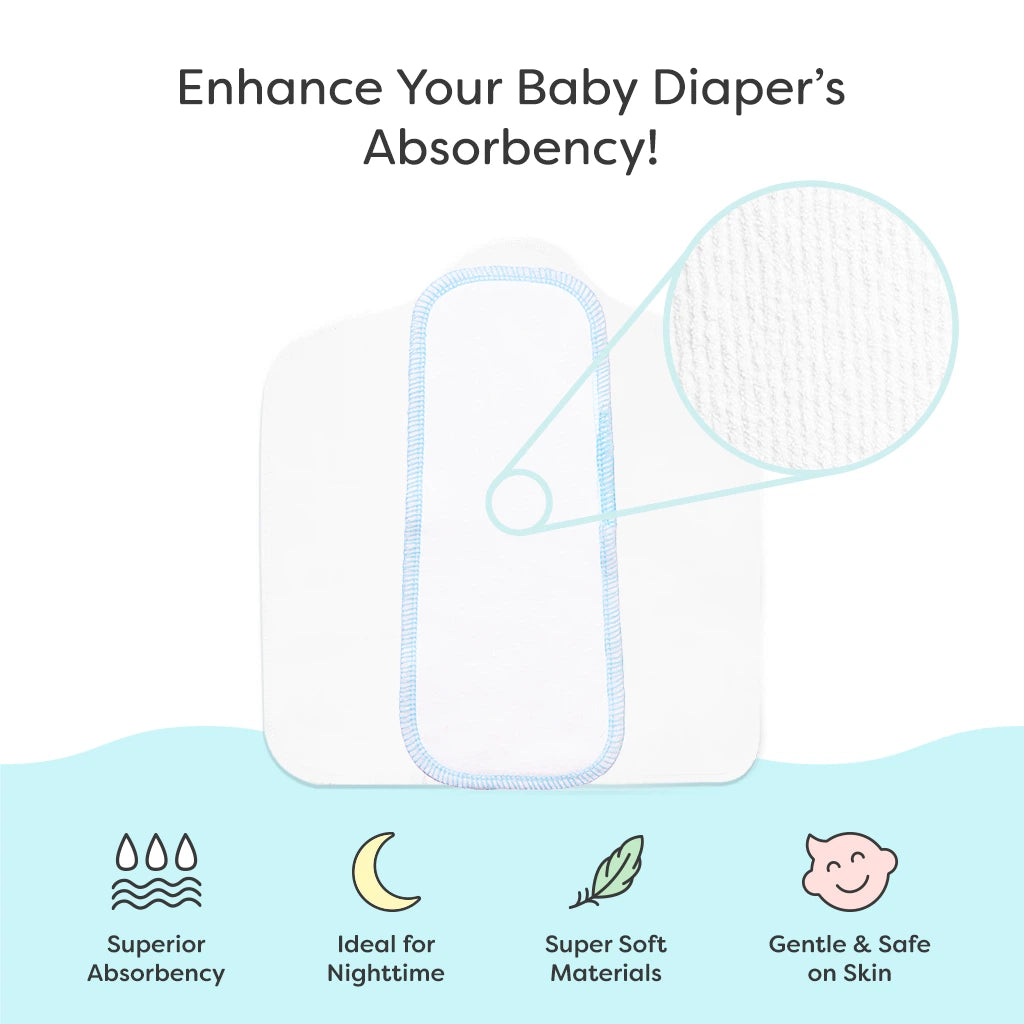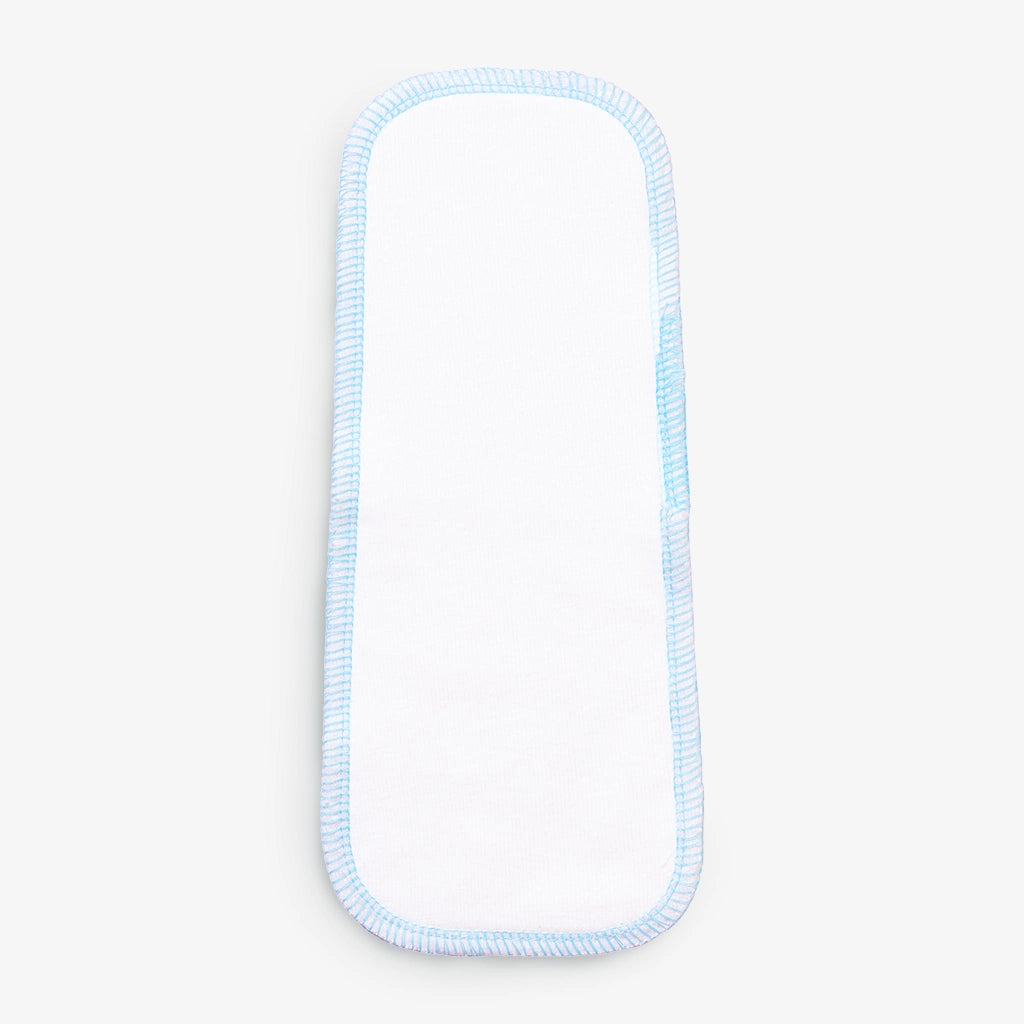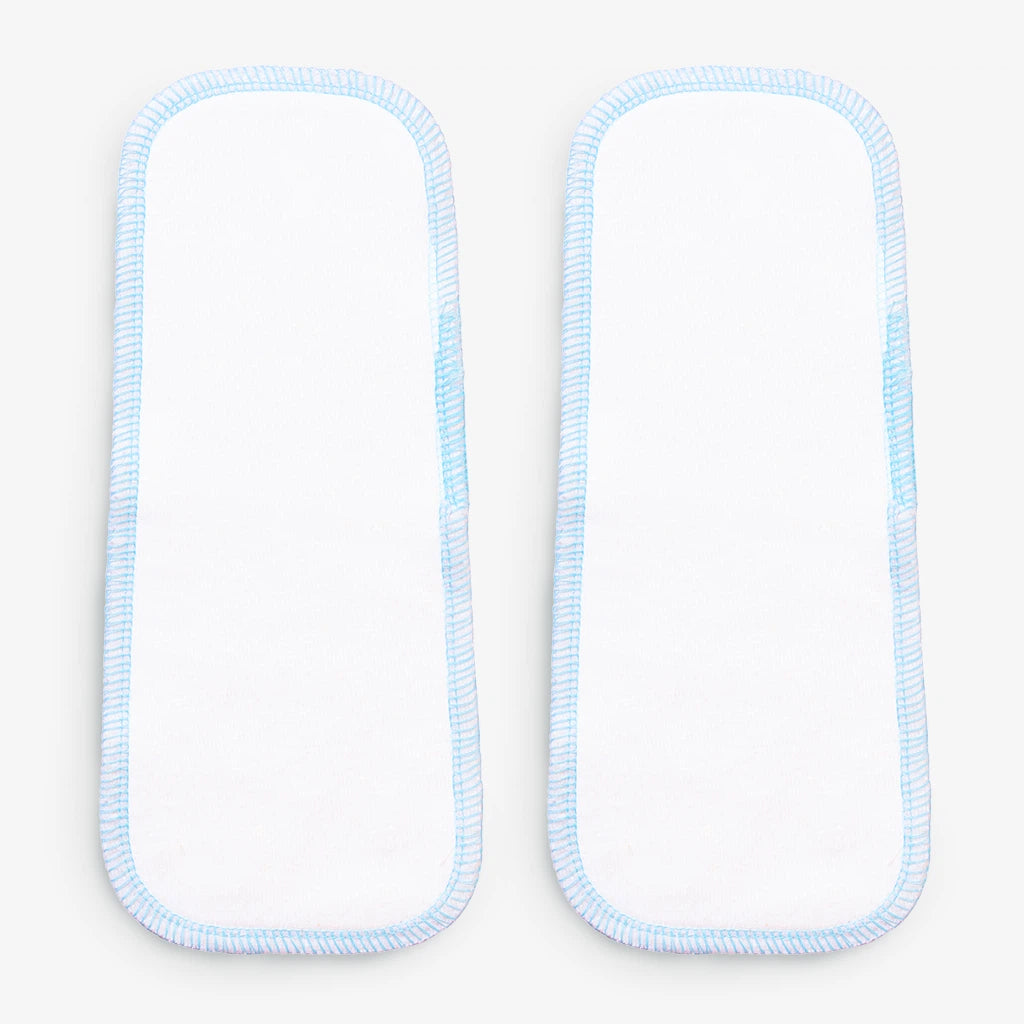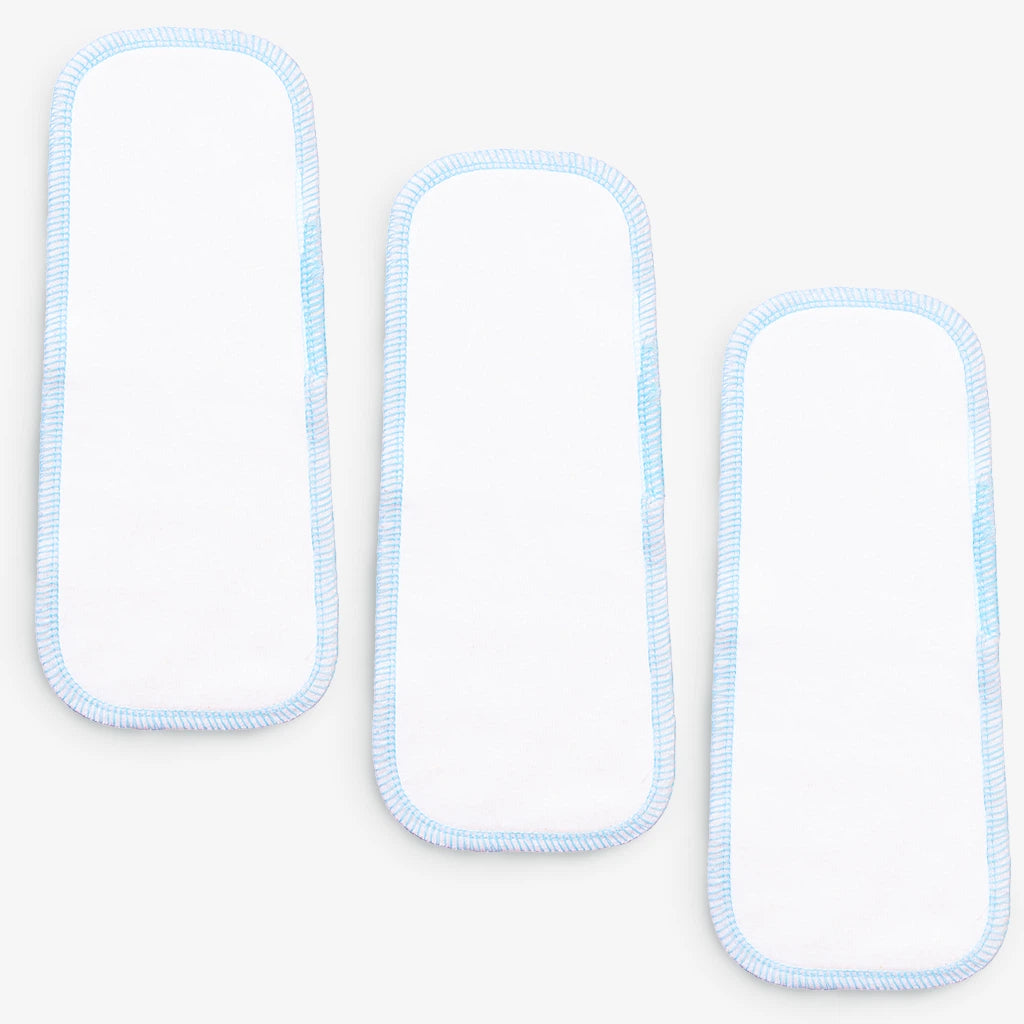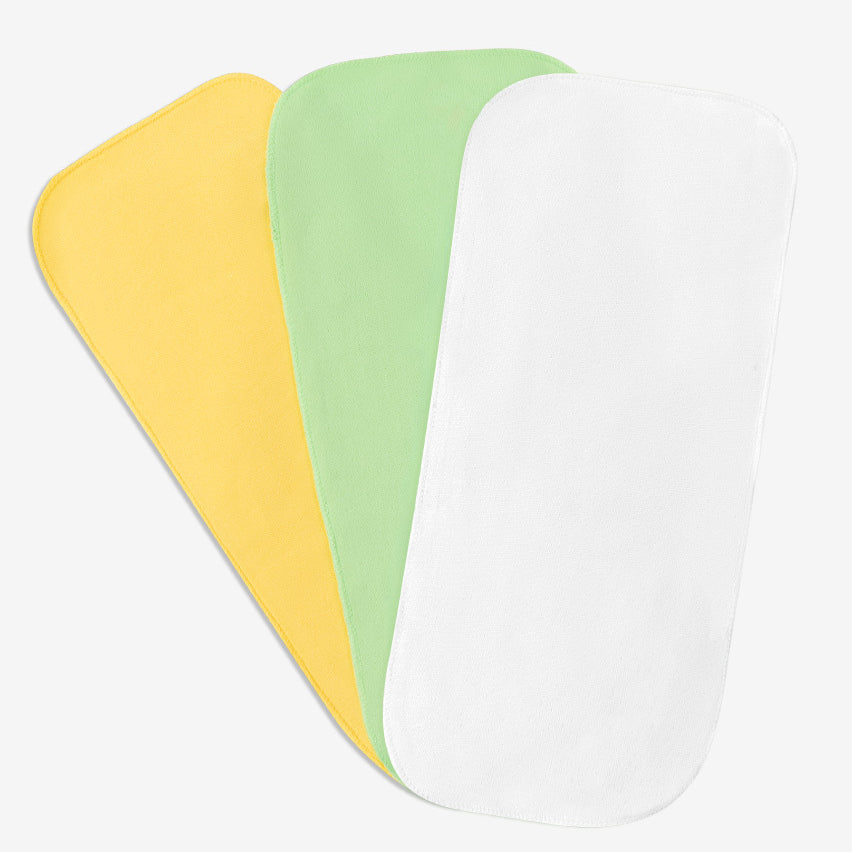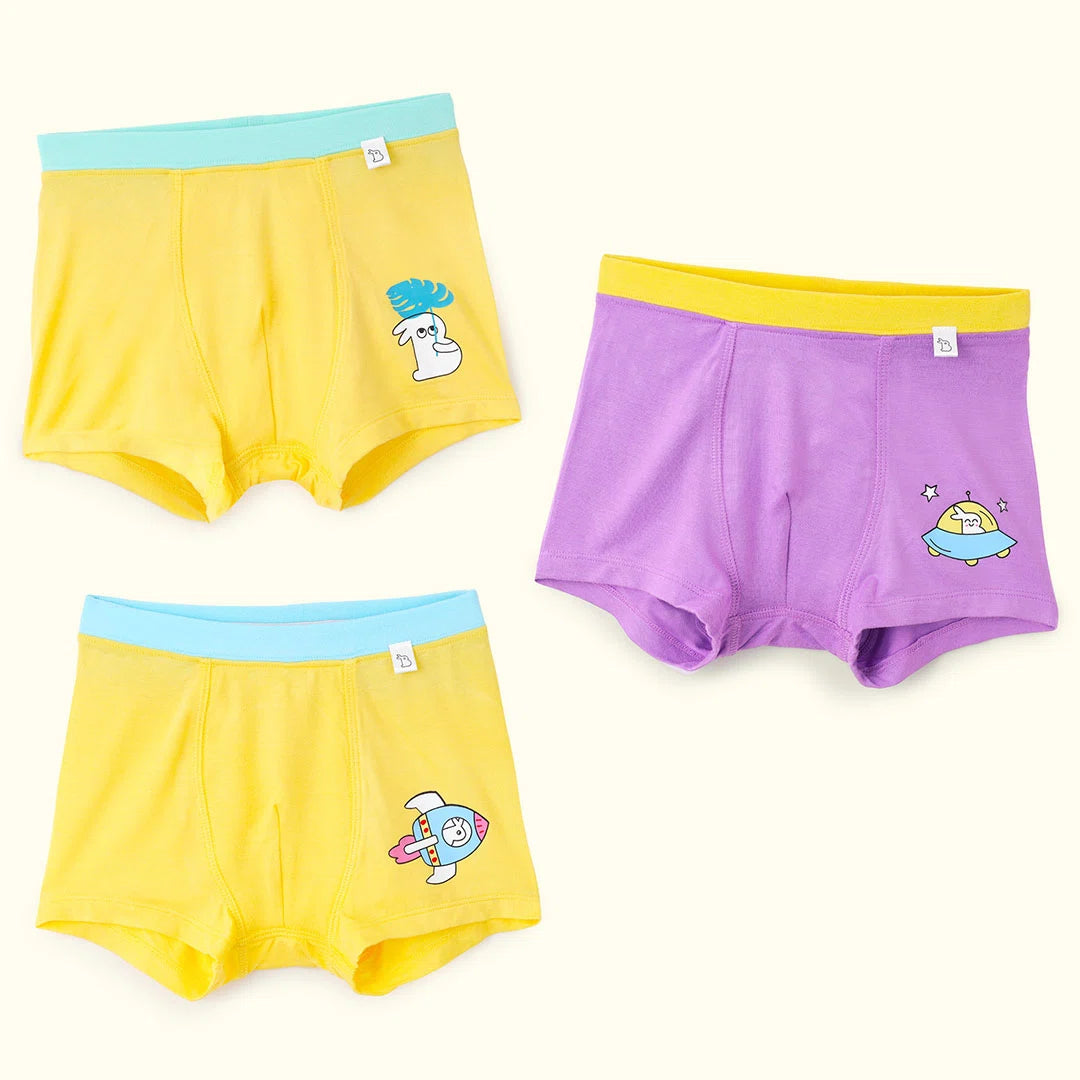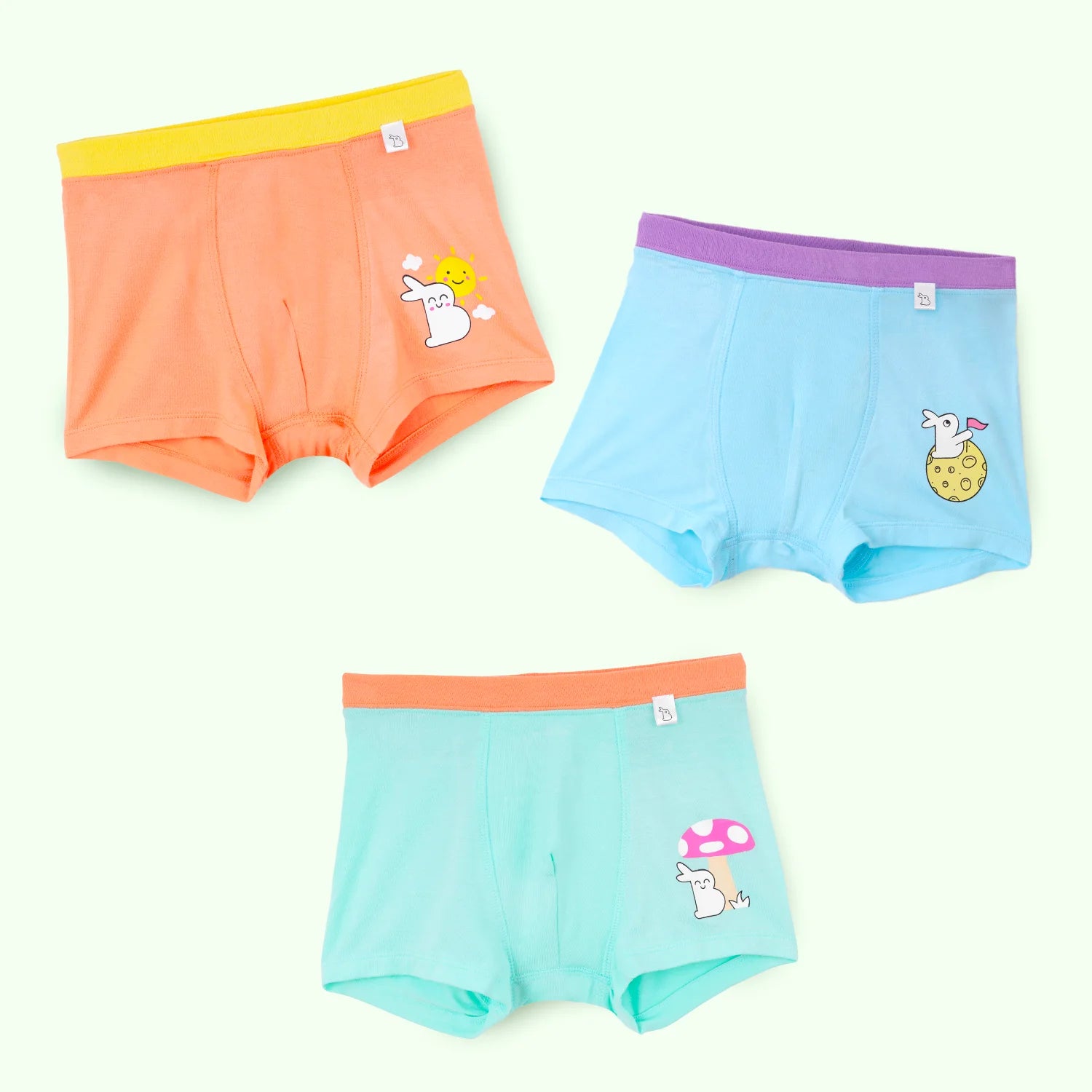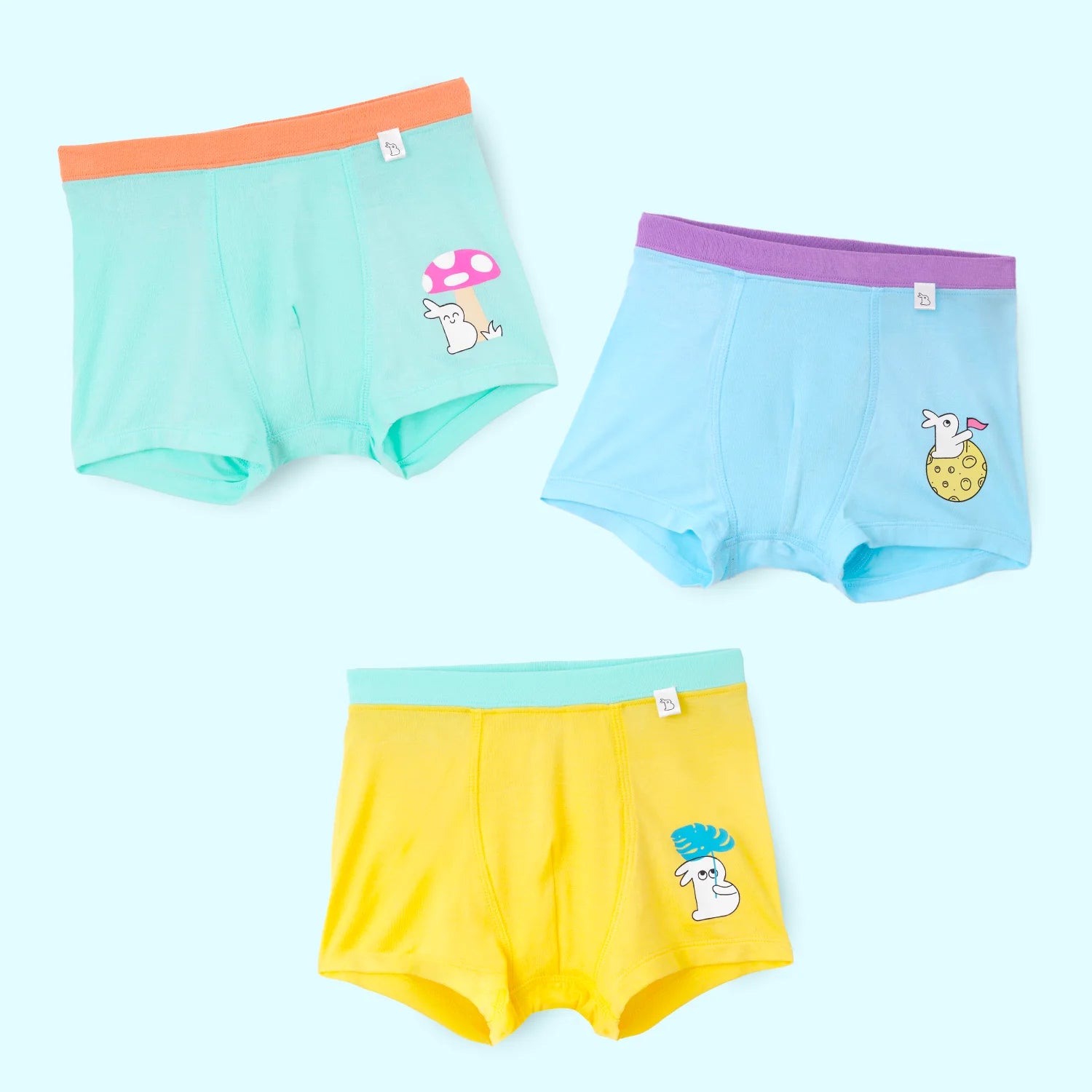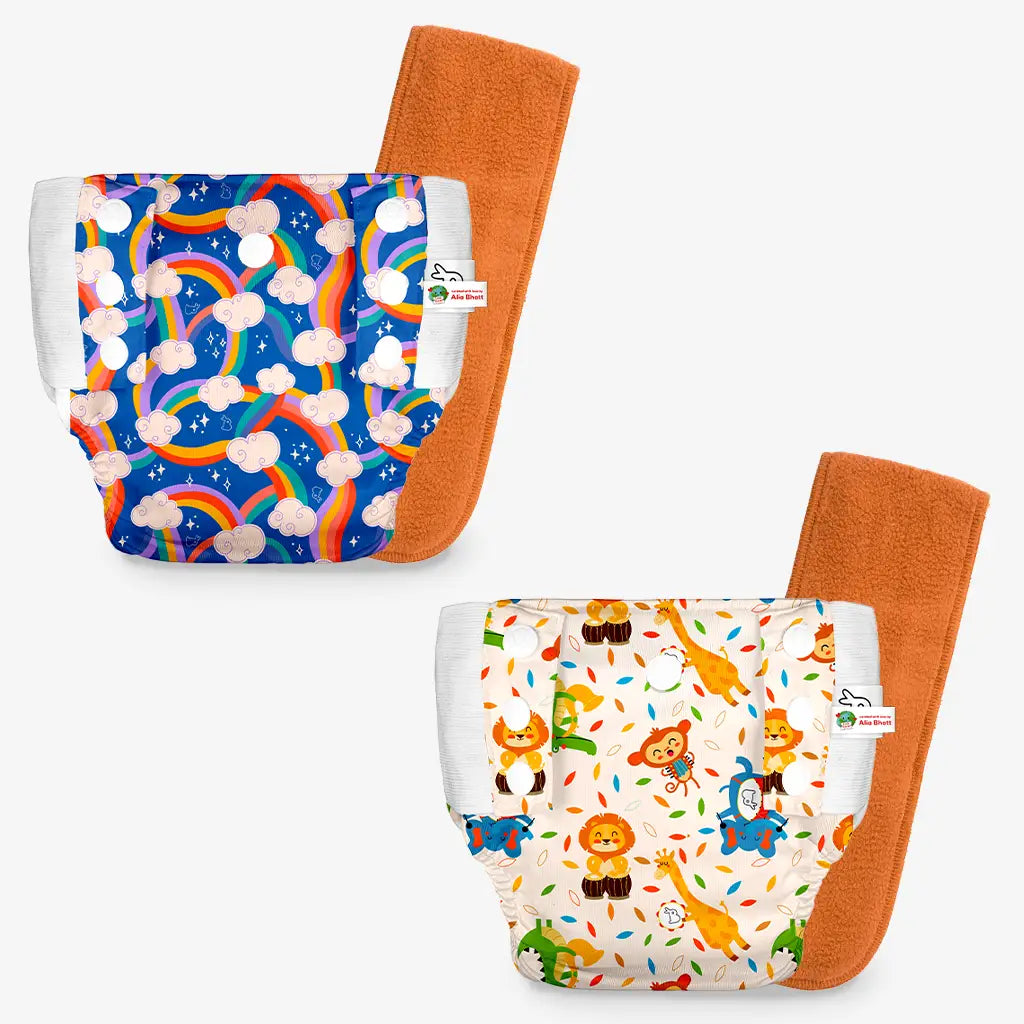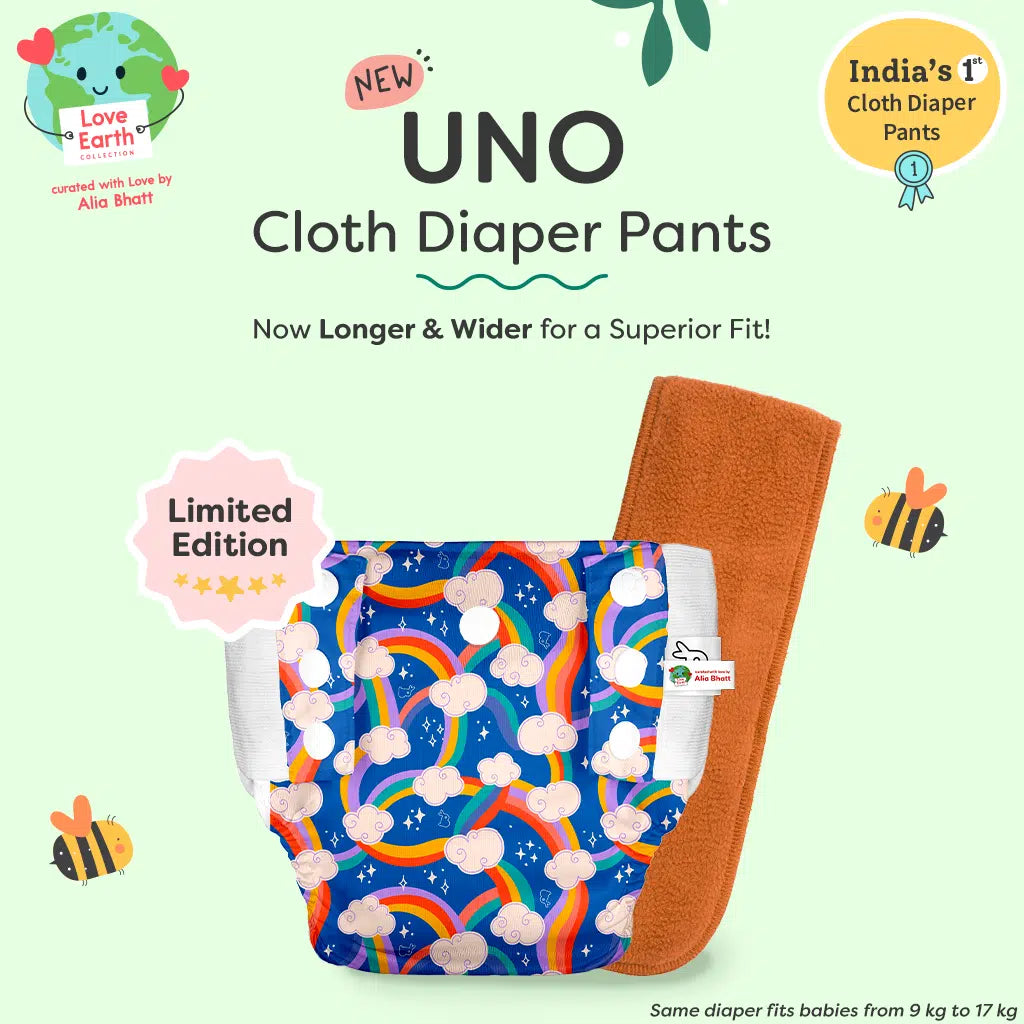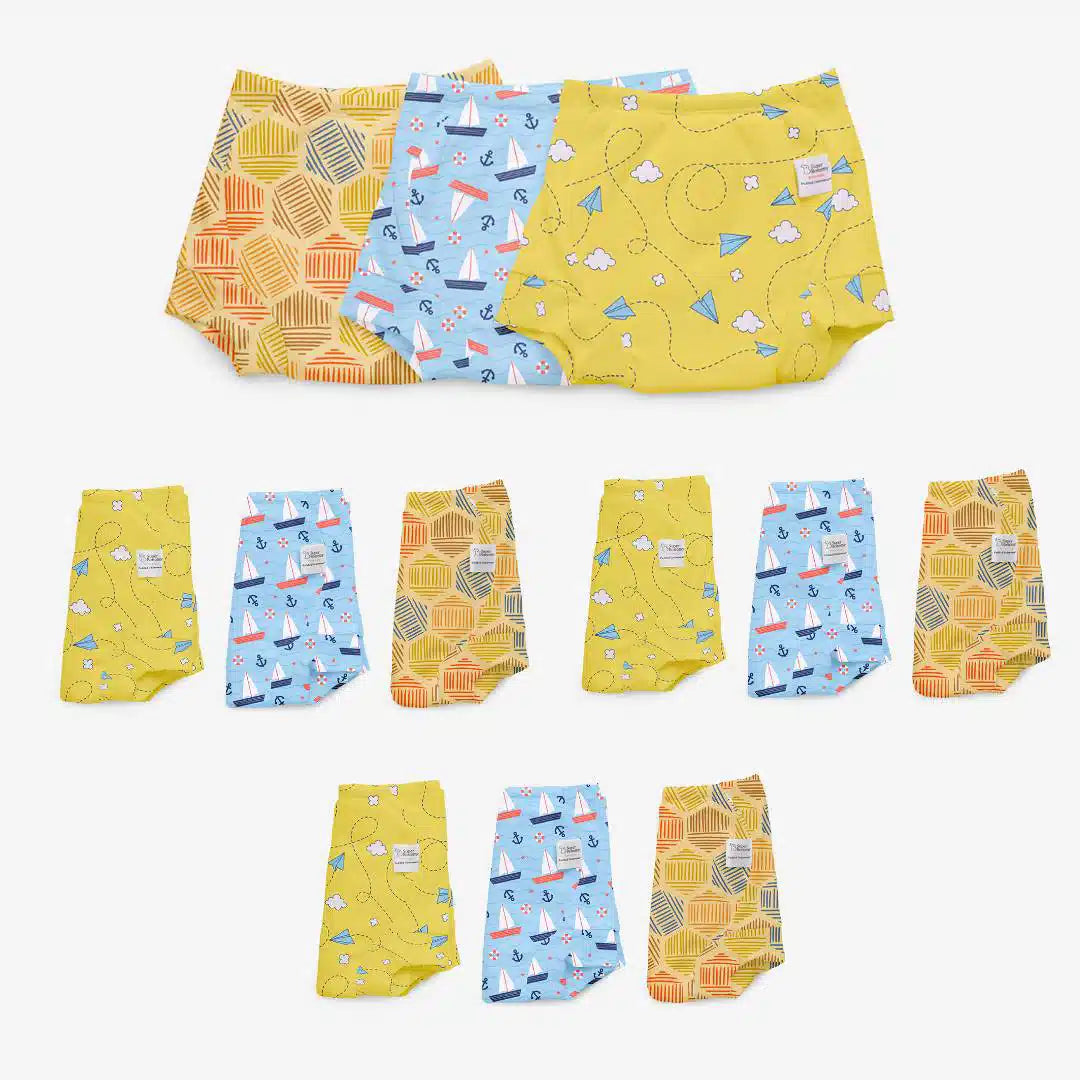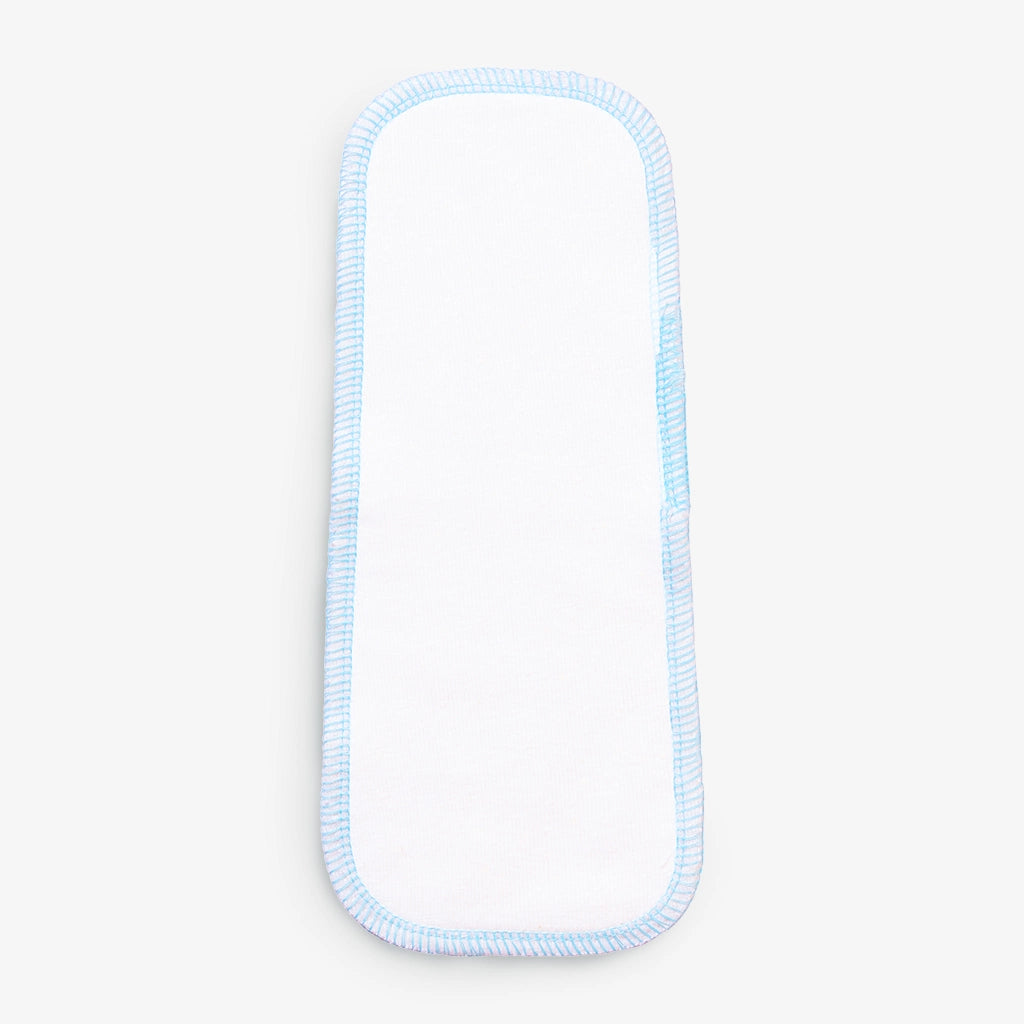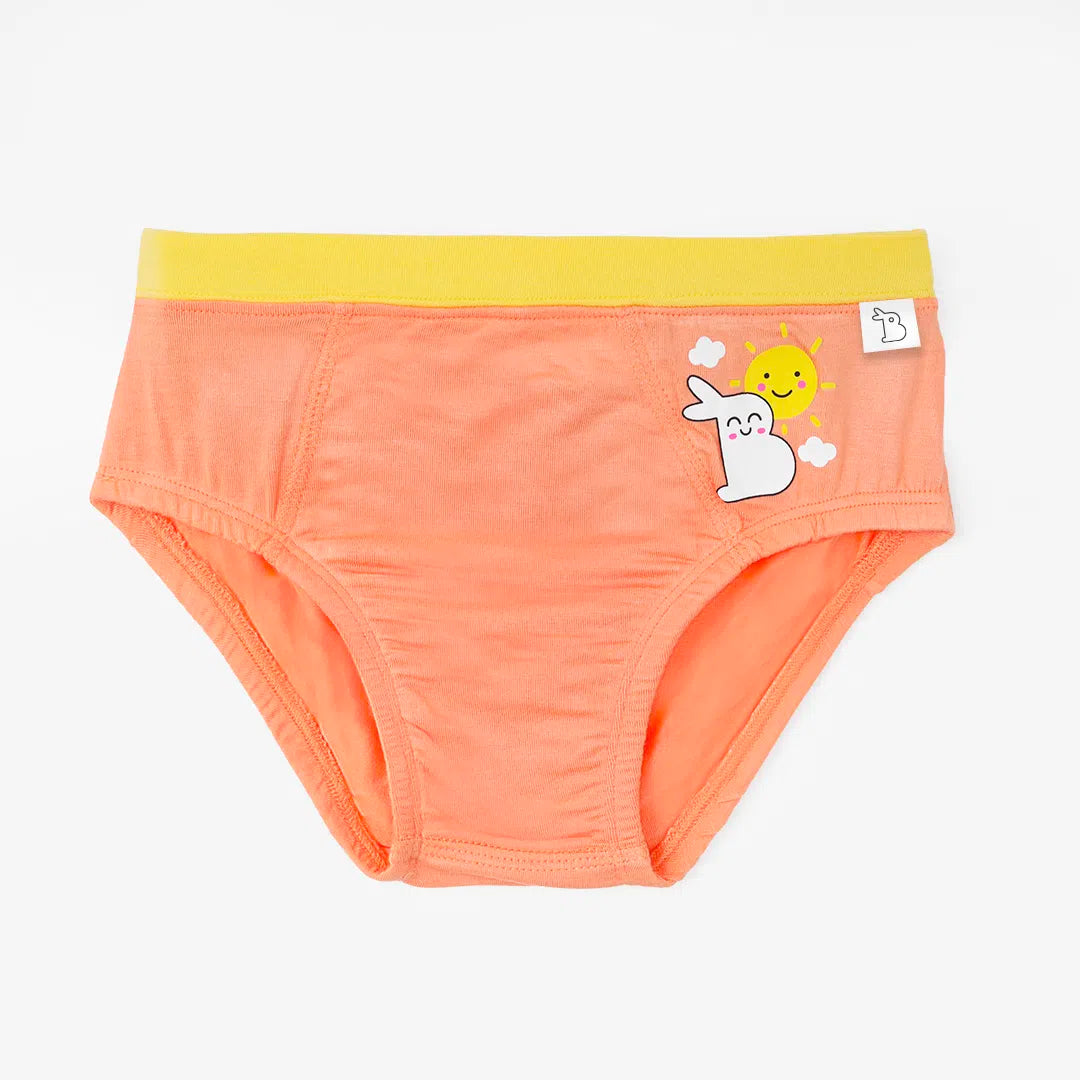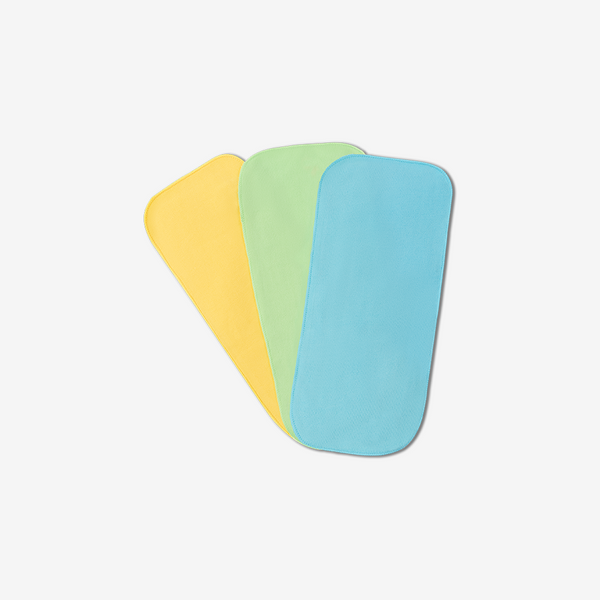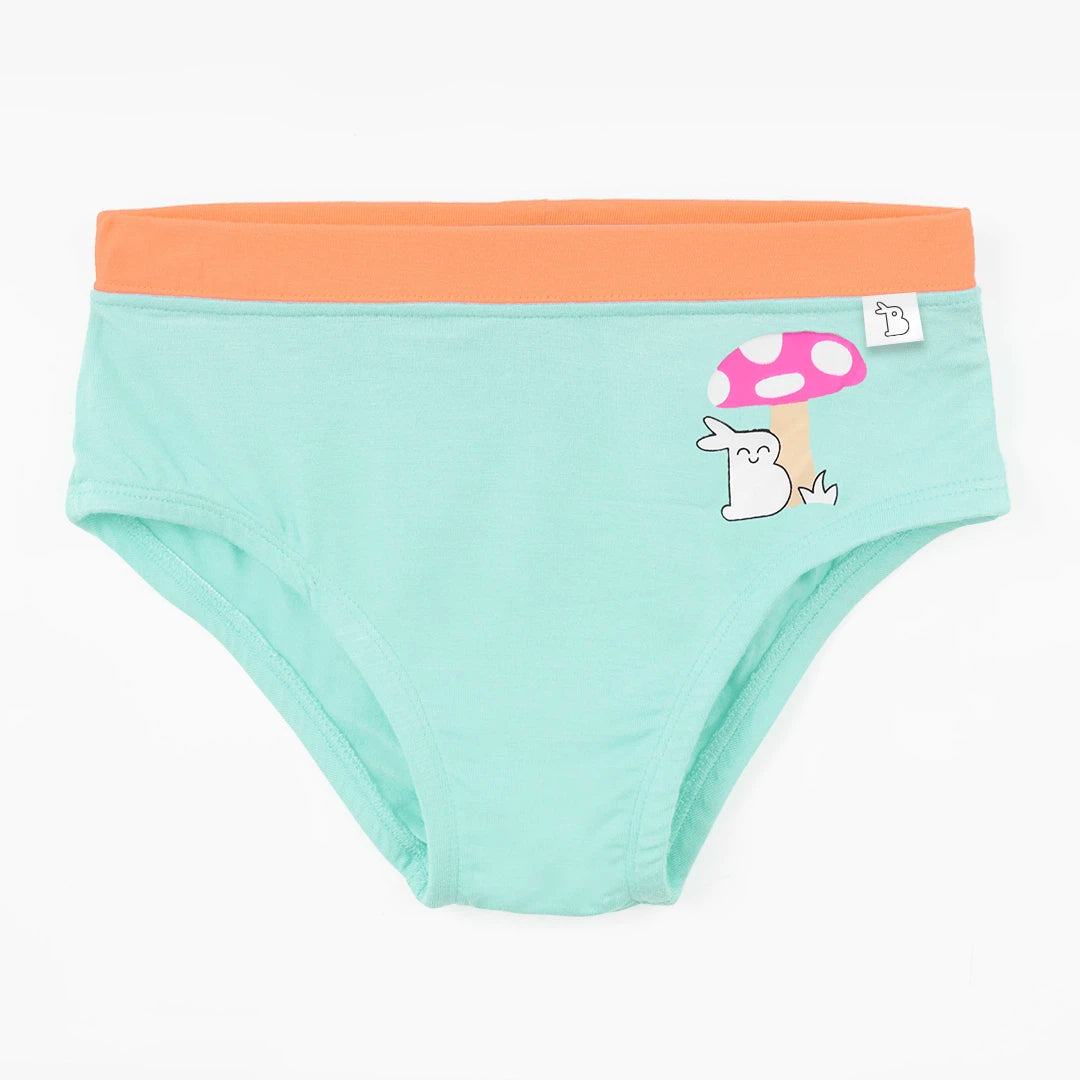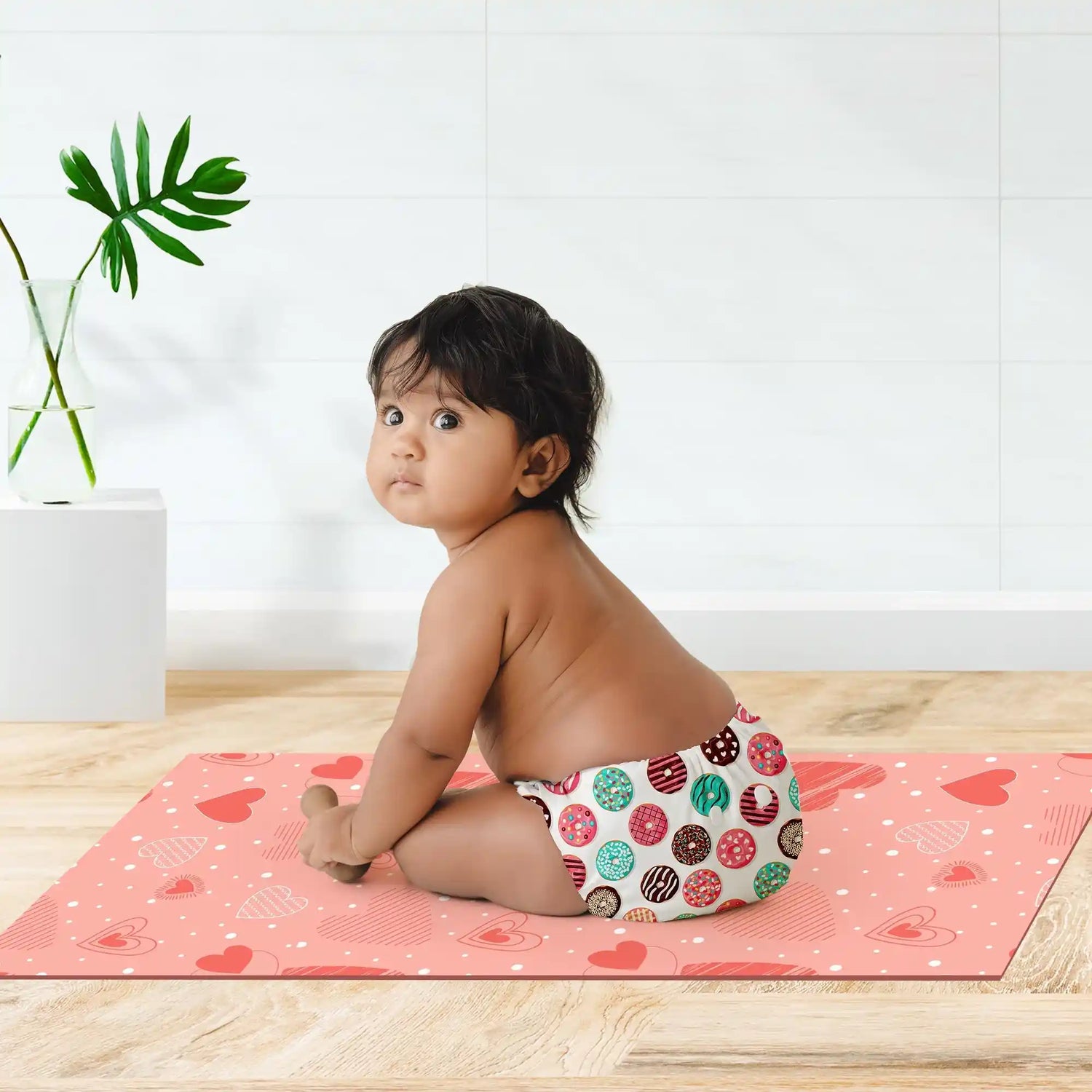- Introduction
- Benefits of Breast Pads / Nursing Pads
- Are Breast Pads Safe?
- Reusable Nursing Pads vs Disposable Nursing Pads
- How to Use a Breast Pad
- How to Remove a Breast Pad
- Key Takeaways
- FAQs
- Message from SuperBottoms
Pregnancy is a remarkable journey of nurturing a new life. Your body undergoes significant transformations during this time, preparing for the beautiful breastfeeding experience. One of the most noticeable changes is the increased production of milk ducts in your breasts, preparing them for lactation. However, it's common for expectant mothers and nursing moms to experience unexpected milk leakage.
This is a natural occurrence and nothing to worry about. SuperBottoms DryFeel Nursing Pads can be your reliable companion during this phase, providing comfort, protection, and convenience. This article will delve into the world of nursing pads, offering valuable insights into their usage, types, and benefits. Whether you're a new mom or a seasoned breastfeeding mother, this guide will equip you with the knowledge to make informed decisions about choosing the best nursing pads for your needs.
Benefits of Breast Pads / Nursing Pads
Nursing pads use for all you breastfeeding mums can be a boon. Nursing pads (feeding pads) may seem small and trivial, but they have invaluable benefits. Some of the benefits of using nursing pads are listed below -
1. Helps to soak milk leakage: The primary use of breast pads is to soak up milk leakage and protect your outerwear from those evident wet spots.
2. Refines the appearance of breasts: While lactating, your breasts may lose firmness and become tender. Not even a supportive bra can maintain the appearance of loose breasts. However, some nursing pads may provide additional support by holding your breasts in place, thereby improving the appearance
3. Helps to soothe tenderness: No matter what breastfeeding technique causes your nipples to become tender, nursing pads (feeding pads) provide a soft medium between them and the bra, thereby preventing them from rubbing on the bra. Moreover, they offer relief between feeding sessions, helping your nipples recover.
Are Breast Pads Safe?
Despite the benefits of nursing pads, it is natural to be concerned about hygiene and other risks of placing anything on your nipples, especially when feeding your baby. However, the good news is that nursing pads use is completely safe and hygienic. There are a few things you must keep in mind before nursing pads use, and they are -
A. Change your reusable breast pads frequently or when damp to avoid moisture around the nipple, which can foster the growth of bacteria.
B. Breast pads may irritate the skin around the nipple, causing discomfort for some women. However, this is not a serious concern, as a good nipple cream may be used to prevent irritation.
Reusable Nursing Pads vs Disposable Nursing Pads
1. Disposable Nursing Pads
There are different breast pad options available in the market, and disposable ones are one of the varieties available. Disposable breast pads are relatively thin and have varying absorbencies, similar to sanitary napkins. As the name suggests, it is a single-use absorbent pad that needs to be disposed of.
Disposable breast fads offer certain benefits such as being convenient to use, containing adhesive to stay in place, are thin and discreet.However, most maternity breast pads have the following cons that you must take note of before buying -
- It contains absorbent chemicals that you will put directly against your skin.
- It lacks proper air circulation, leading to discomfort and locked-in moisture.
- It would help if you constantly kept changing breast pads to avoid the risk of catching a bacterial infection, which means you will have a recurring expense while nursing.
2. Reusable Nursing Pads
The next option we are considering is a more sustainable and financially viable variety of nursing breast pads. Reusable breast pads are made of natural fibres and can be machine-washed multiple times. They can fit into your bra, just like disposable maternity breast pads.
If you are environmentally conscious while also looking for a safer option, SuperBottoms reusable breast pads are your ultimate choice. However, before making your choice, you must take note of the following points about reusable nursing pads (feeding pad) -
- Lacks adhesive
- Are comparatively thicker
- Requires regular cleaning.
How to Use a Breast Pad
If you have chosen the type of washable breast pads that suits you the best, it is time to dive into the next section about how to use breast pads. Here, we provide expert tips on using nursing pads, highlighting the importance of placing and removing the places safely and hygienically.
How to Place Breast Pads?
1. Ready the Nursing Pads - First, remove the nursing pads from the packaging. If disposable, they will have an adhesive, so remove the sticker.
2. Place the Nursing Pads - Begin easing off your bra strap on the side where you place the pad. Now, place the pad on the nipple, adjusting it to cover the whole nipple. After securing the placement, bring the bra strap back up.
3. Positioning the Nursing Pads - One of the most critical aspects of nursing pad use is ensuring they are aligned correctly over your nipples before you get dressed. When milk leakage is at its peak in the early days, soon after childbirth, you must opt for a thicker pad. However, soon after the first few weeks of breastfeeding, as the leakage decreases, you can opt for thinner pads
4. Care While Wearing - Non-adhesive nursing pads may slide around in your bra during the day. So, if you need to reposition them, go to the restroom and correct them to avoid leakage or dampening your bra or top.
How to Remove a Breast Pad
1. Replacing Your Pads: Removing and replacing your nursing pads whenever necessary regularly is essential. For example, if your nursing pads are damp or it is time to feed your baby, you must remove them.
2. Taking Them Off: While taking off your nursing pads, be slow, especially with adhesive-backed nursing pads, to avoid hurting your skin. In case your pads are stuck to your breasts, consider dampening them with water to loosen the adhesive
3. Disposal: If you use reusable nursing pads, store them separately for laundry. However, immediately wash them if they are moist from leakage, as old milk stains are likely breeding grounds for germs.
4. Clean Your Breasts: If there is milk leakage, you need to clean your breasts with a wet cloth. Preferably, use warm water to clean the area and pat the area with a soft towel before you replace your washable nursing pads.
5. Replacing Your Pads: If your pad gets soiled with leakage, consider replacing it with a new one only after thoroughly drying your skin. In that case, pick a new and dry bra if your old one was soiled, and position a fresh pad therein.
|
Limited Offers Ending Sooner - BUY NOW Now or never offers live on the SuperBottoms website. Take advantage of the never-before Good Value for Money on our offer page! Stock up on the bestselling UNO diapers, accessories and other popular SuperBottoms baby and mom products now available in deals and discounts. HURRY, the Deals are Live till stocks last! |
Key Takeaways
1. Nursing pads are essential for breastfeeding mothers. They provide comfort, hygiene, and protection by managing milk leakage and preventing skin irritation.
2. Disposable and reusable nursing pads are the main options. Disposable pads offer convenience but can be less eco-friendly and more expensive. Reusable pads are sustainable and cost-effective but require care.
3. Choose nursing pads based on your preferences and needs. Consider factors such as comfort, absorbency, convenience, and environmental impact.
Frequently Asked Questions (FAQs)
Q1. What are breast pads?
Ans. Breast pads are absorbent pads worn by breastfeeding mothers to absorb milk leakage and keep clothing dry. They come in disposable and reusable varieties.
Q2. Why nursing pads are used?
Ans. Breast pads are essential accessories for breastfeeding mothers. They absorb milk leakage, preventing stains and discomfort. Nursing pads come in disposable and reusable varieties, each with its advantages. Choose the type that best suits your preferences and needs.
Q3. How long do you wear nursing pads?
Ans. The length of time you wear nursing pads depends on your milk supply and baby's feeding schedule. Most women wear them for the first few months postpartum, but individual needs vary.
Message From SuperBottoms
Hi there, new parents! No matter where you are around the world or in India, SuperBottoms ensures your kids are using the best and safest products. SuperBottoms offers the best cloth diapers, which are completely safe and gentle for your baby, DryFeel langots for diaper-free time, padded underwear for potty training your kids, and period underwear for women. These products suit your baby's delicate skin at any time of year. SuperBottoms is a must-have product for you and your child whether you live in Canada, Kuwait, the United States, Qatar, Hawaii, Bahrain, Armenia, the United Arab Emirates, or the Philippines. SuperBottoms products are also available on Amazon, Myntra, Flipkart, FirstCry, Zepto, Swiggy and Blinkit.
Reference Link
1. Breast pads: their effectiveness and use by lactating women

